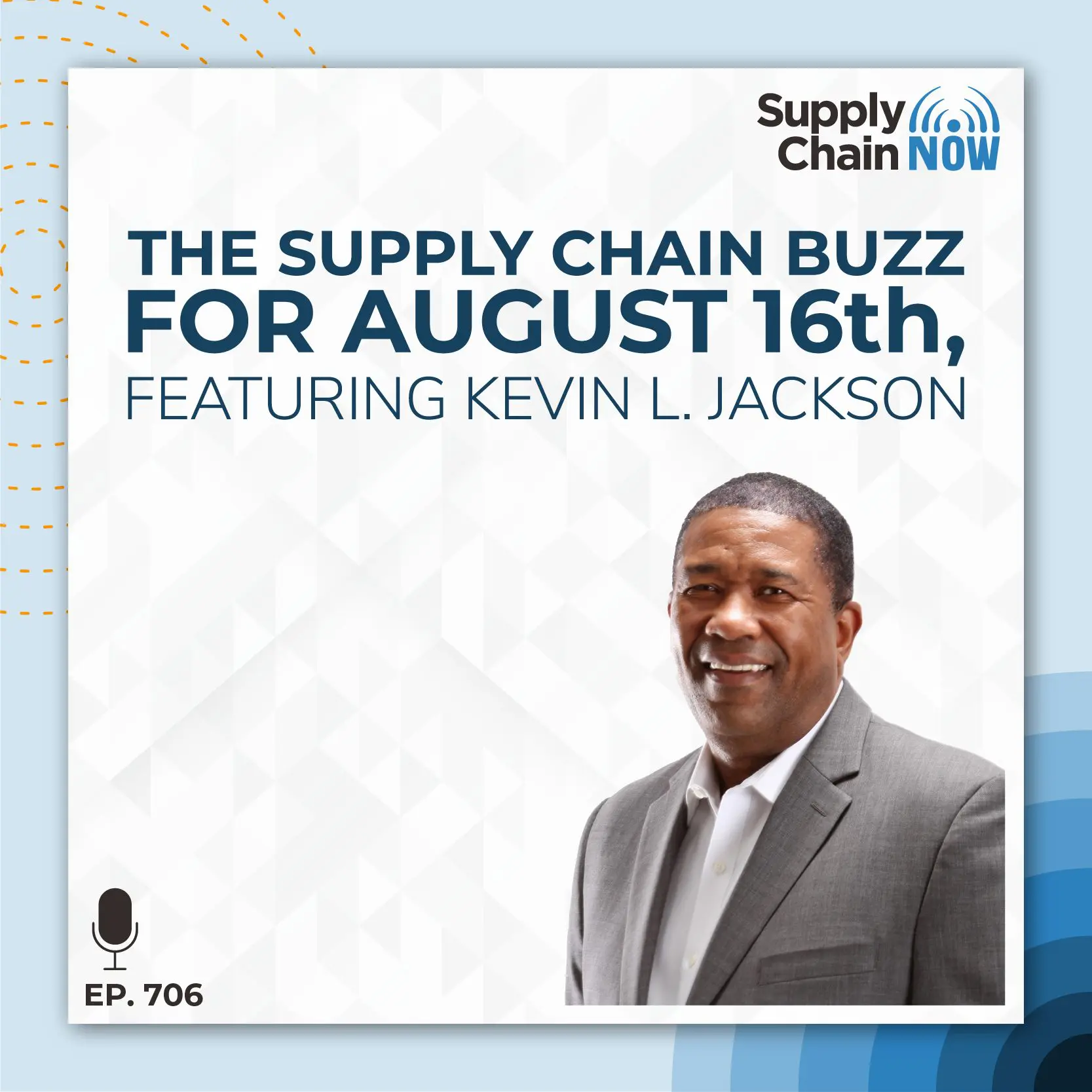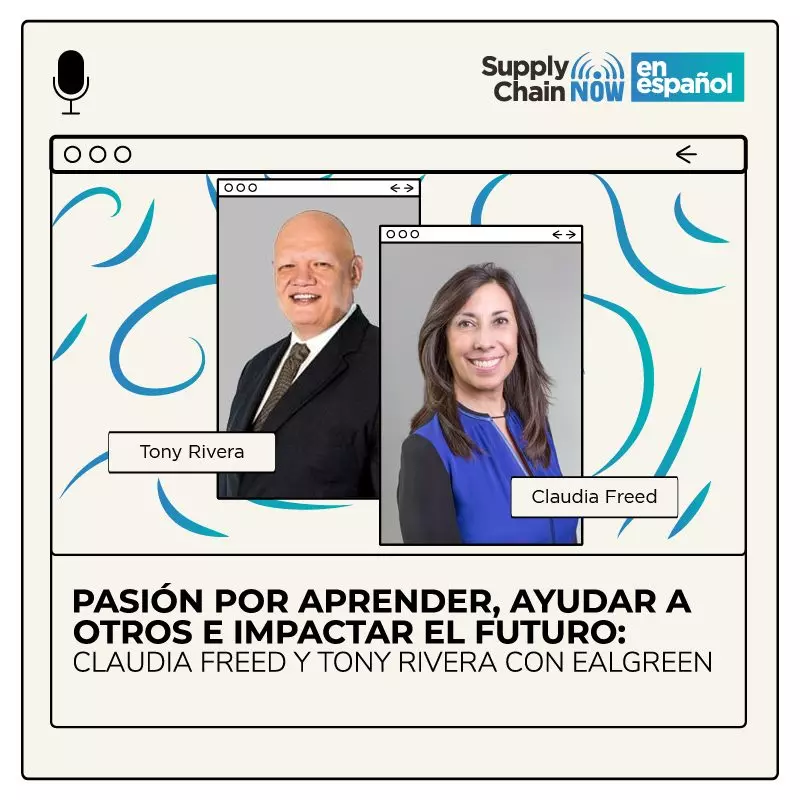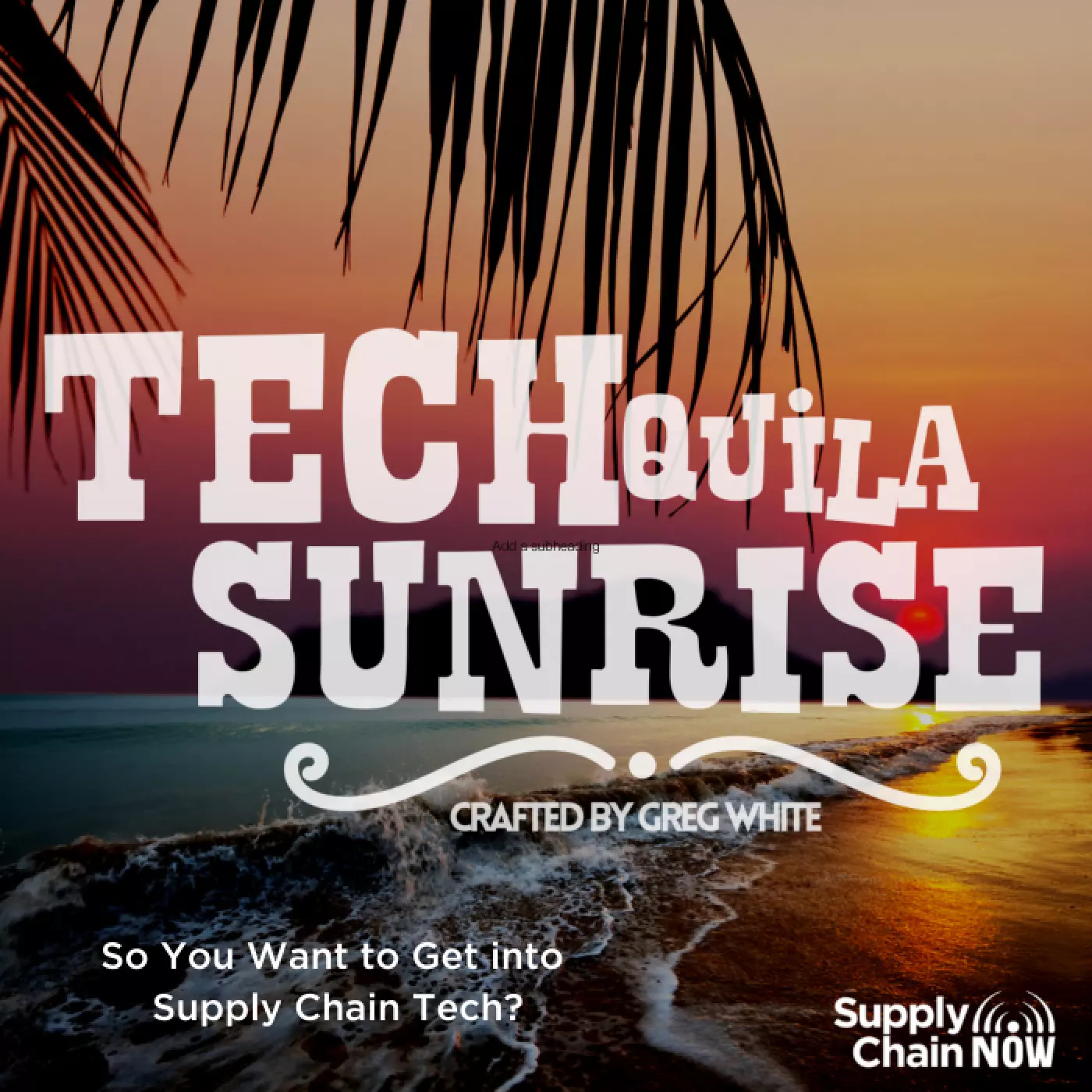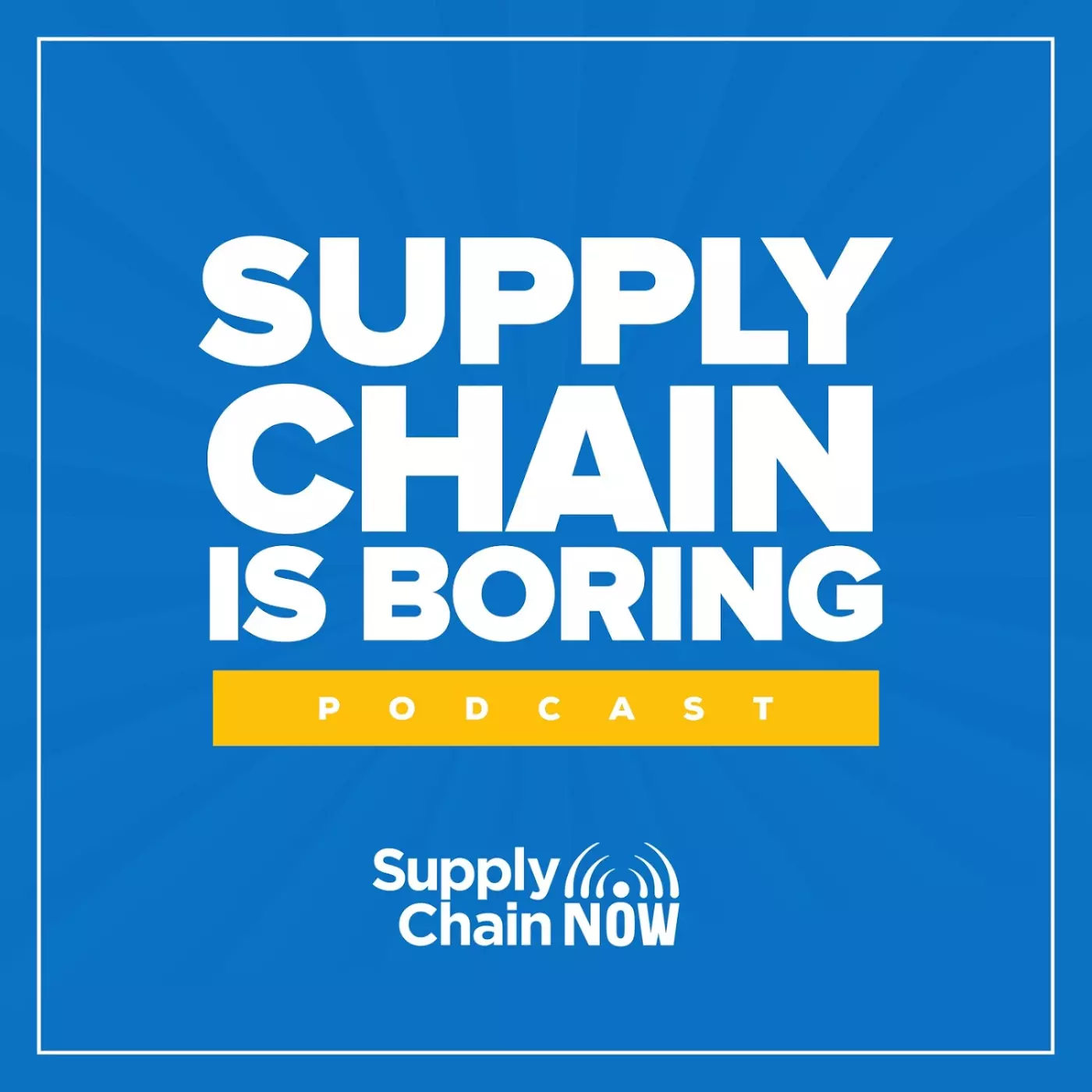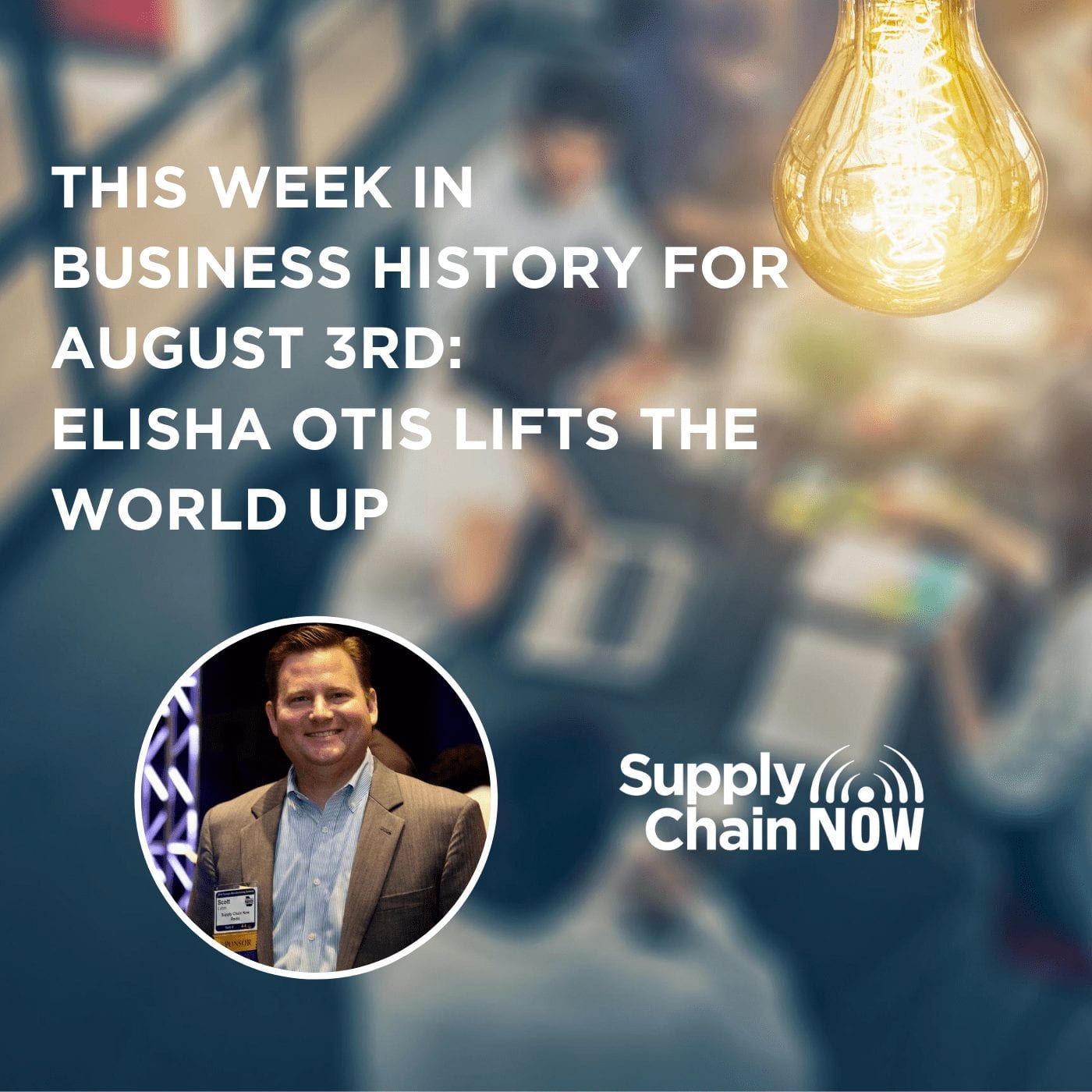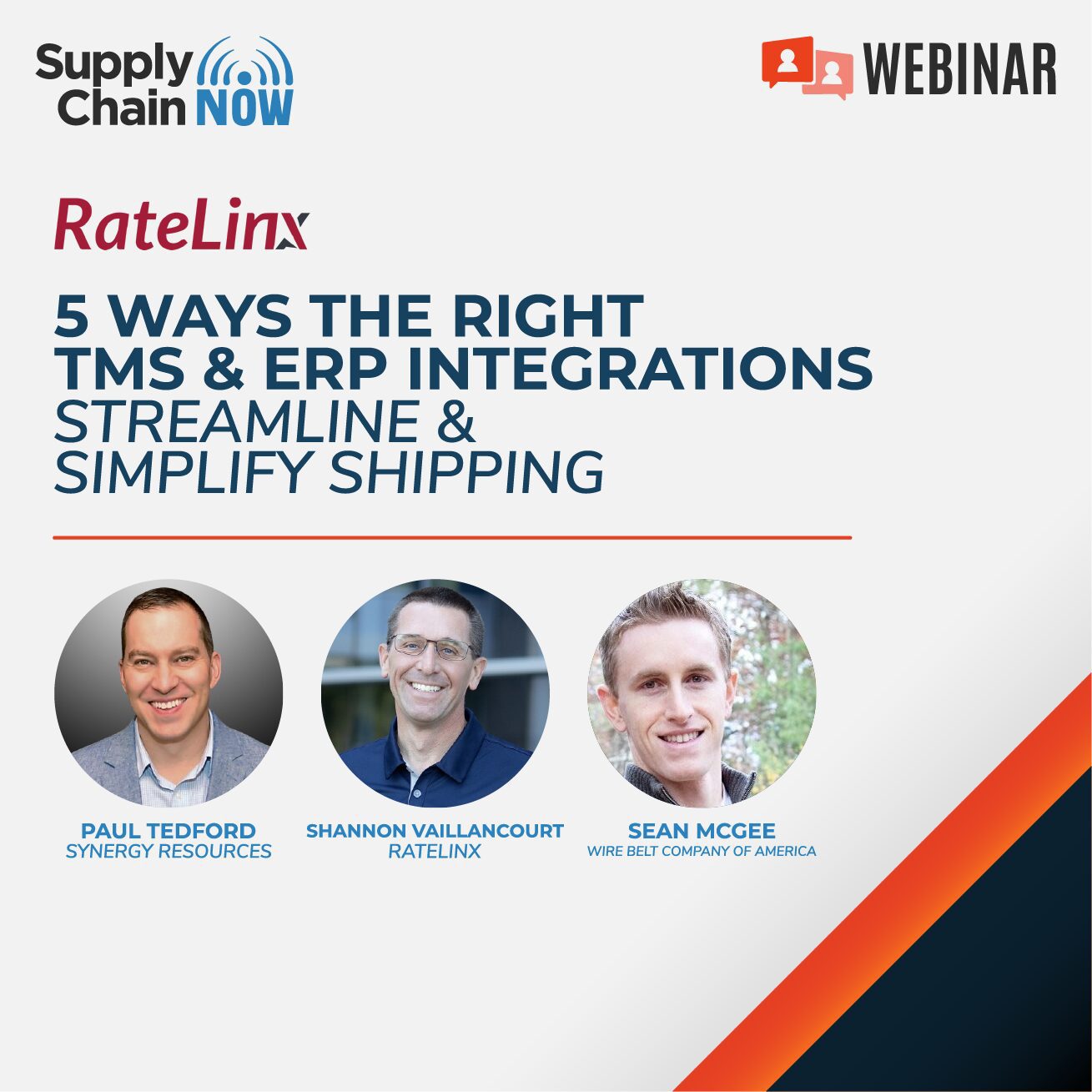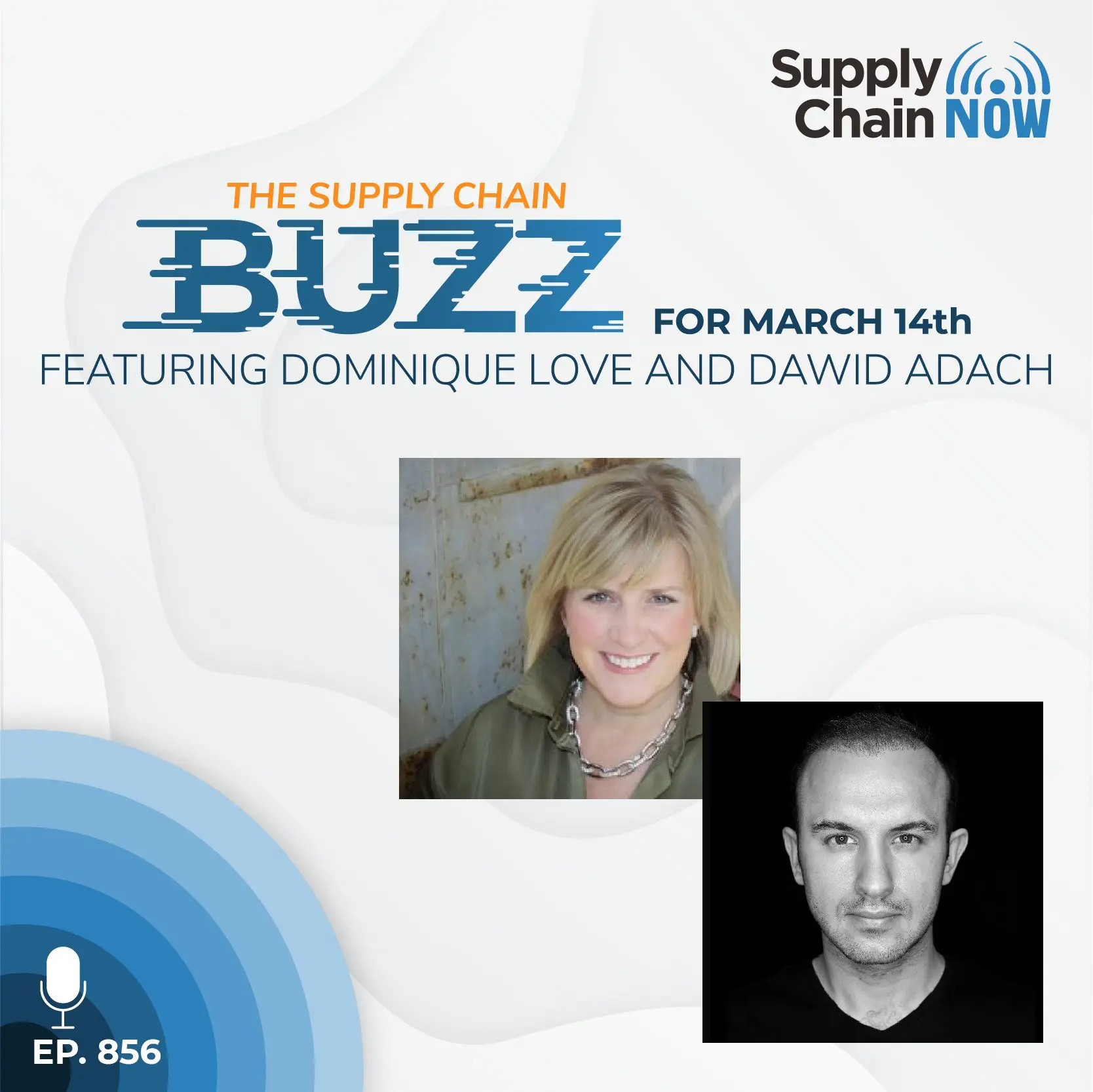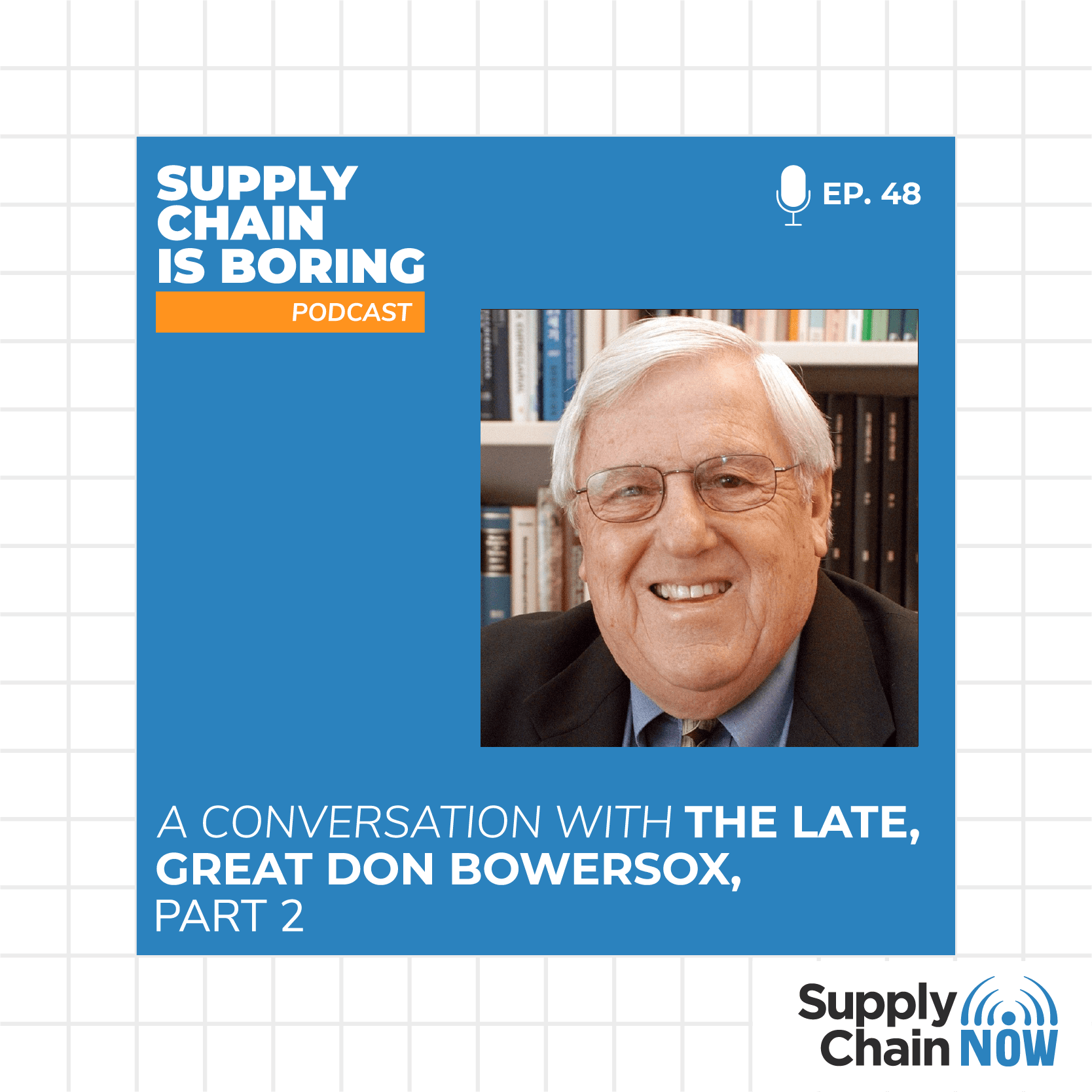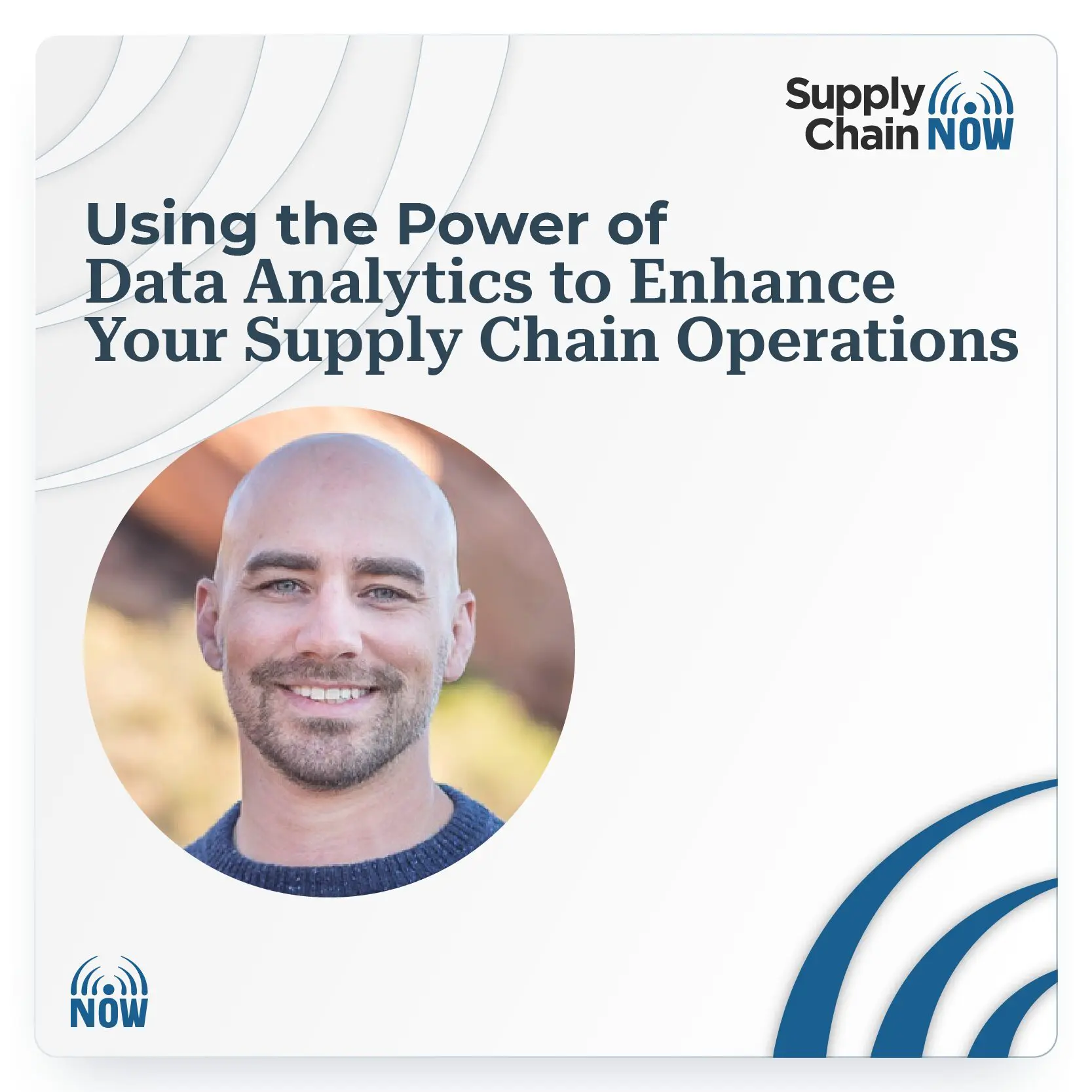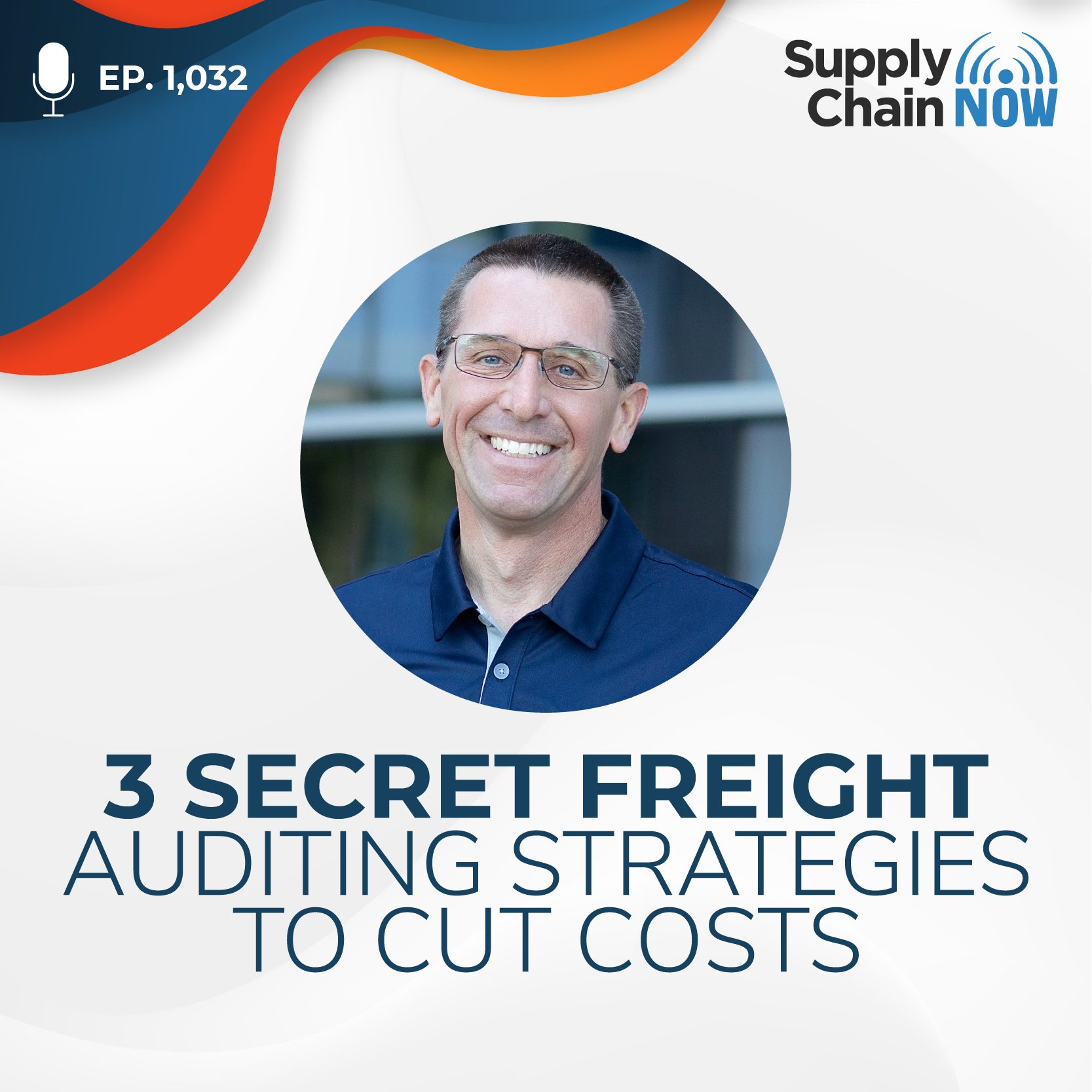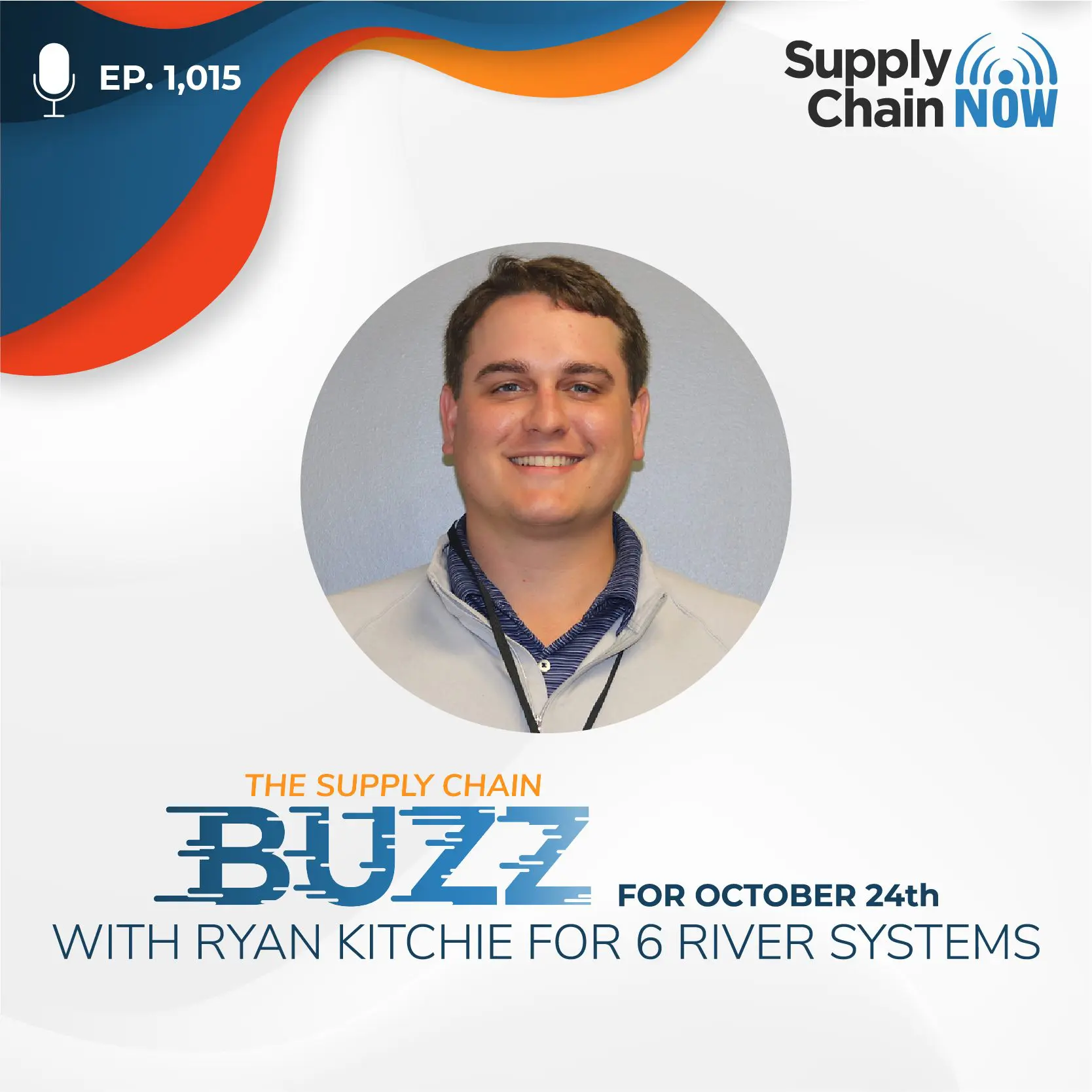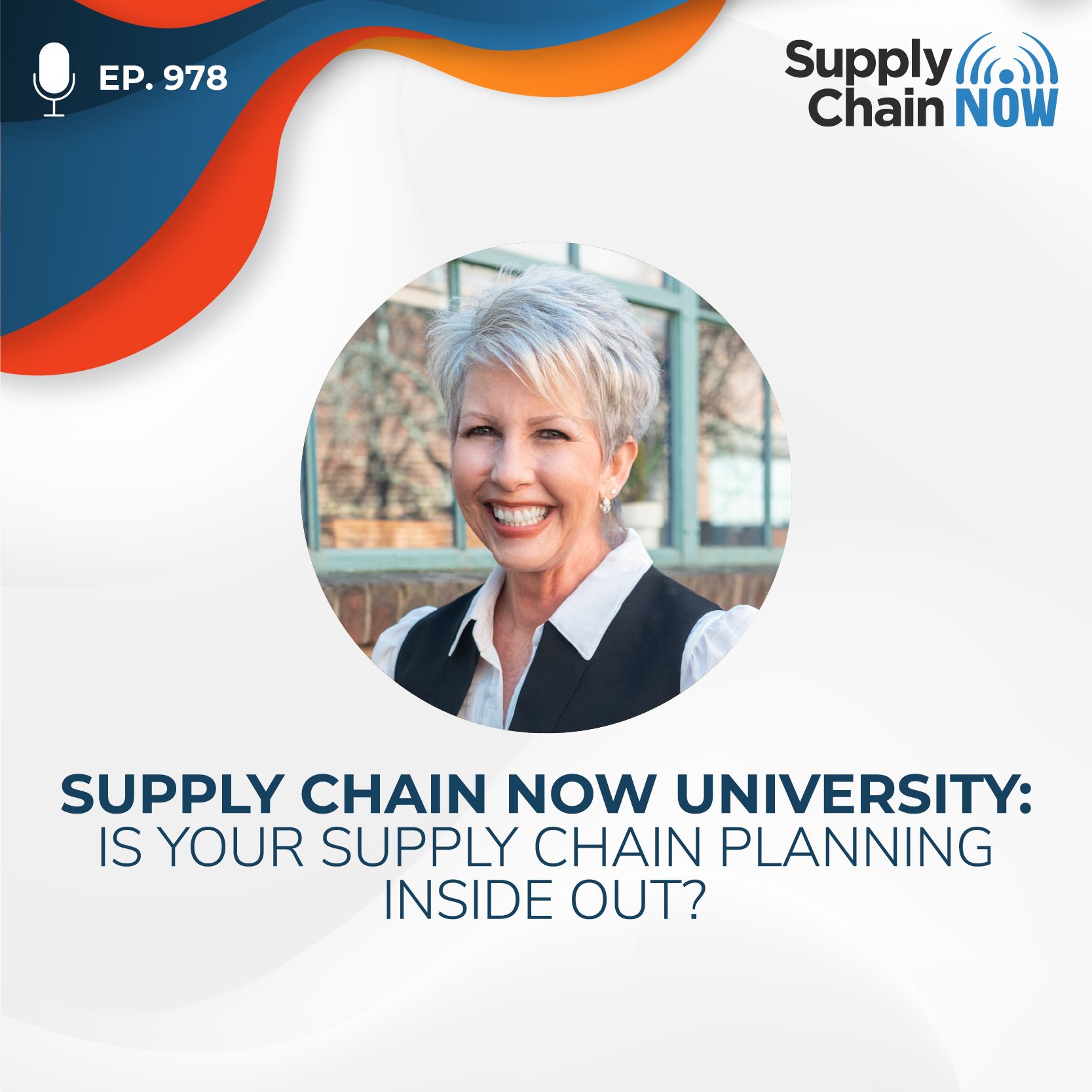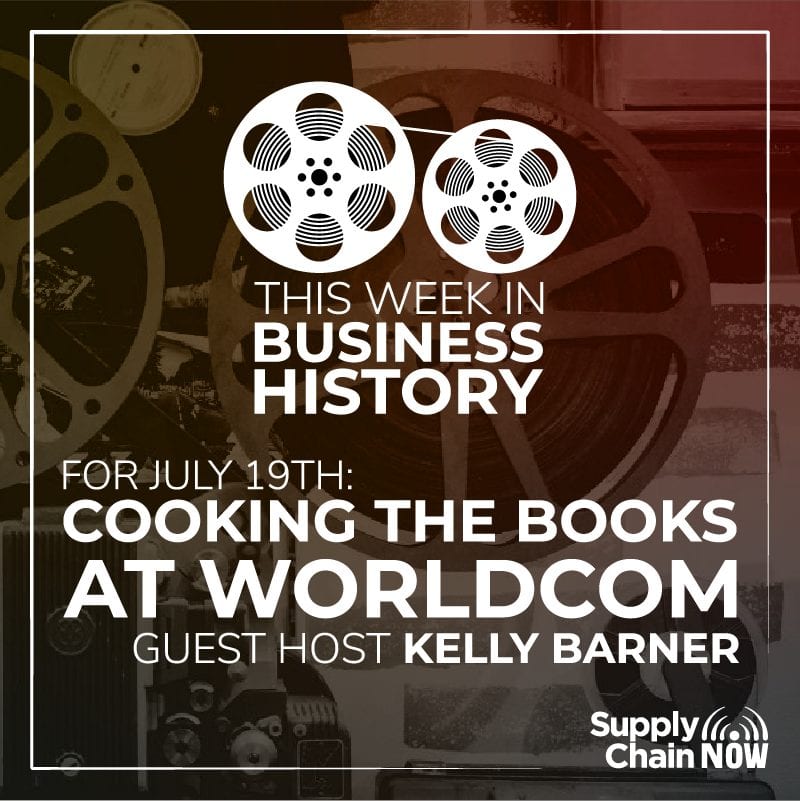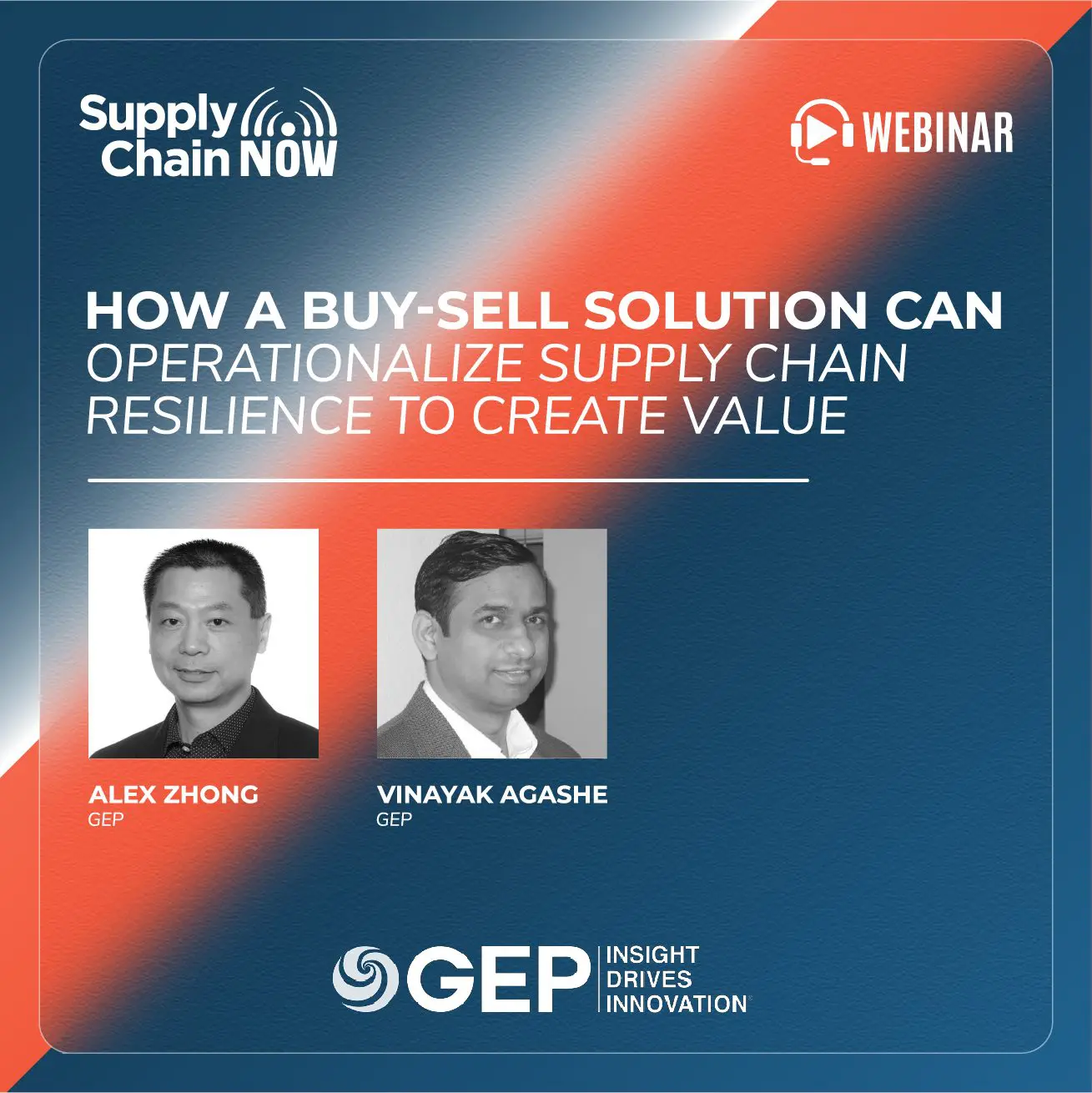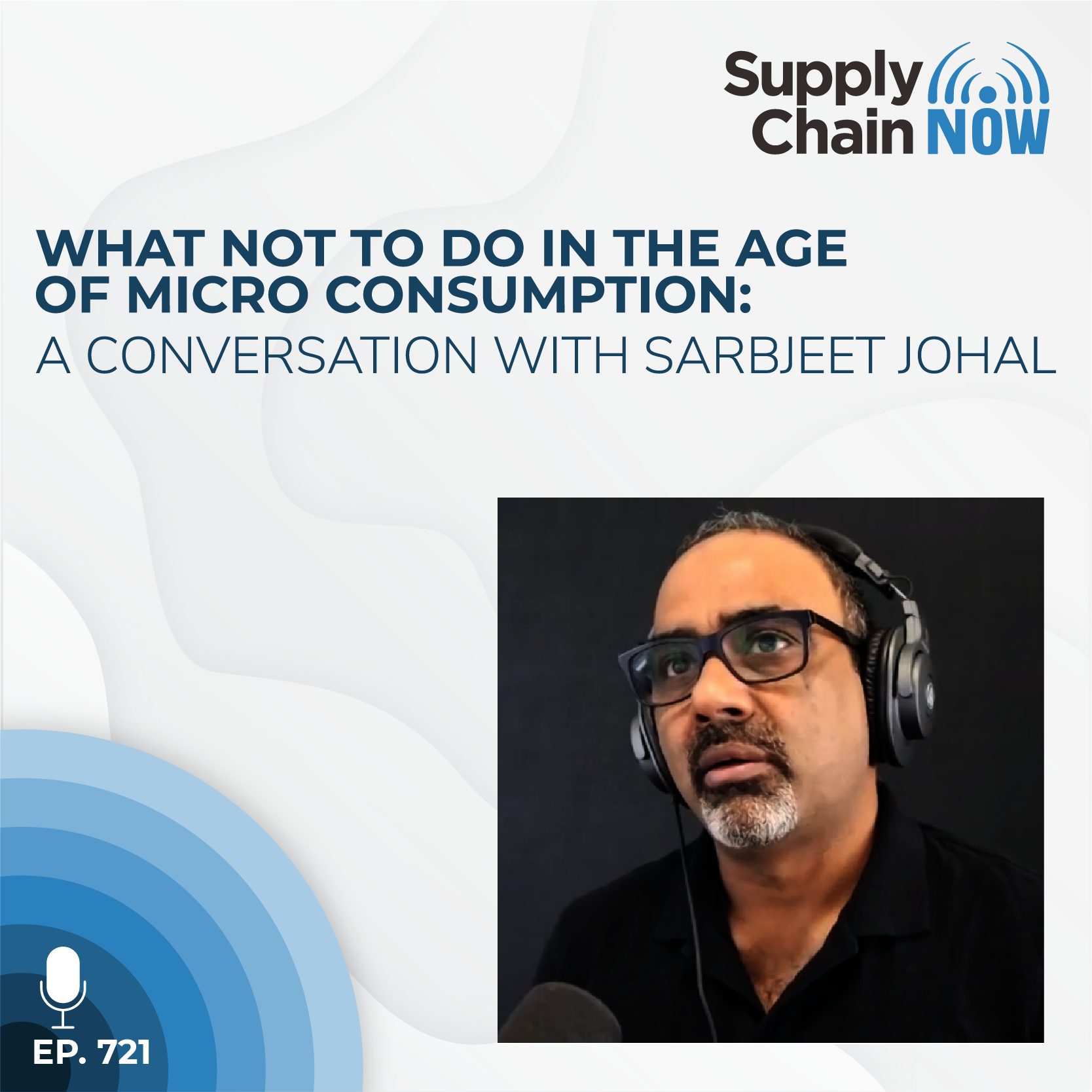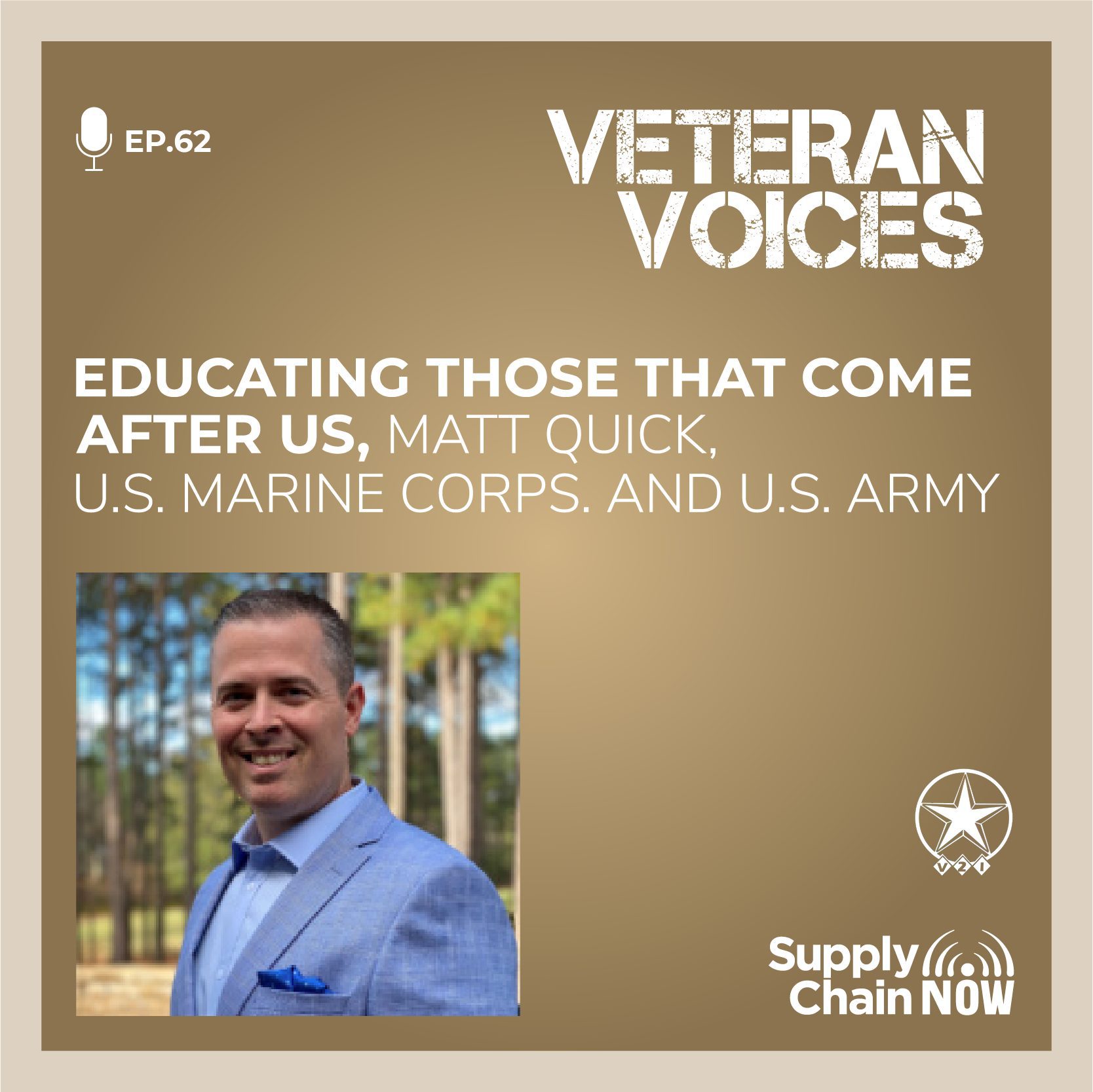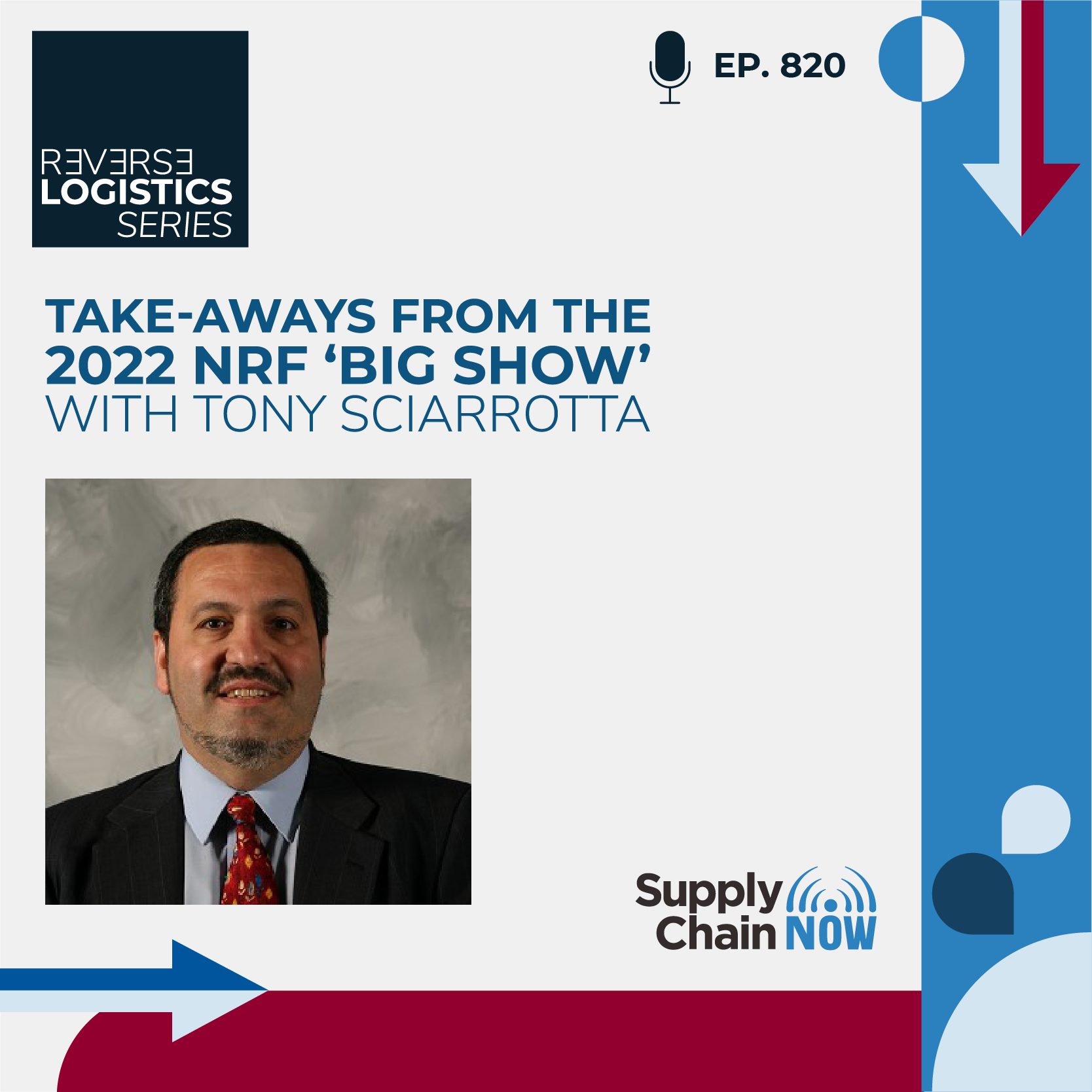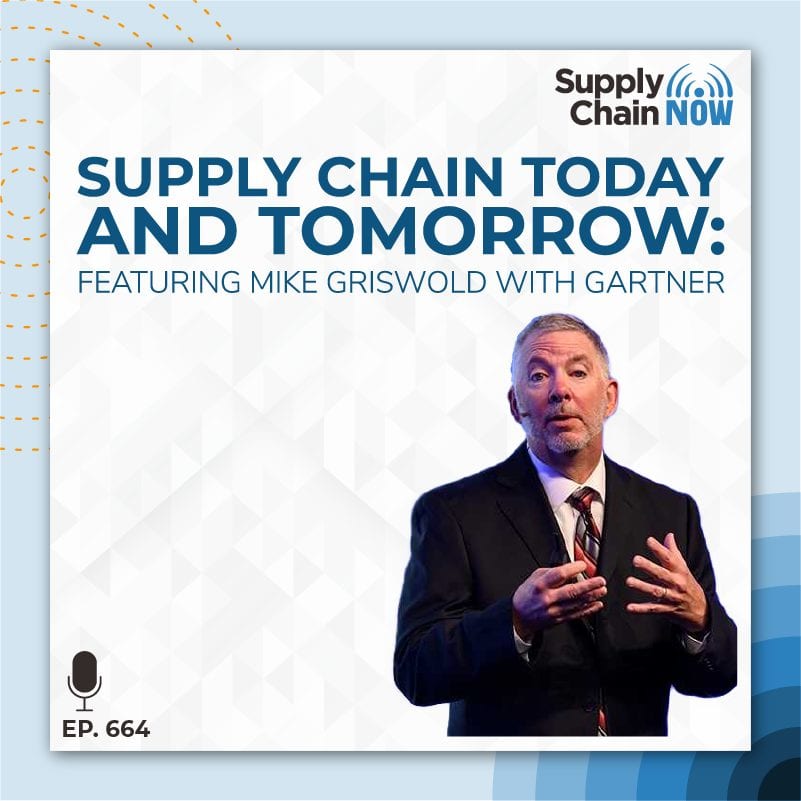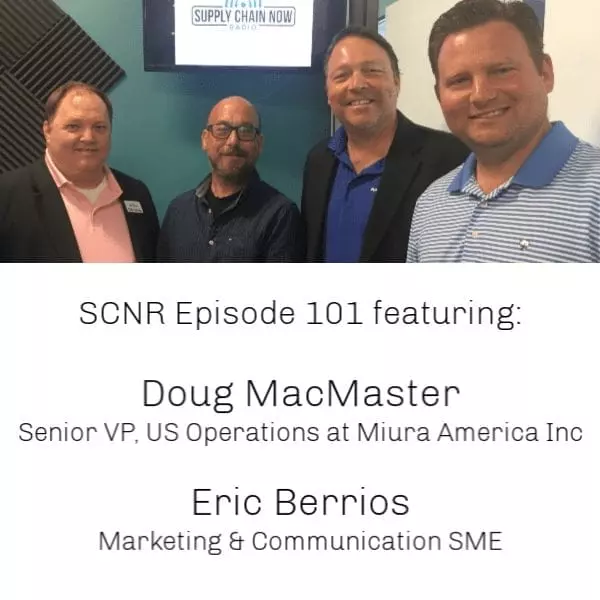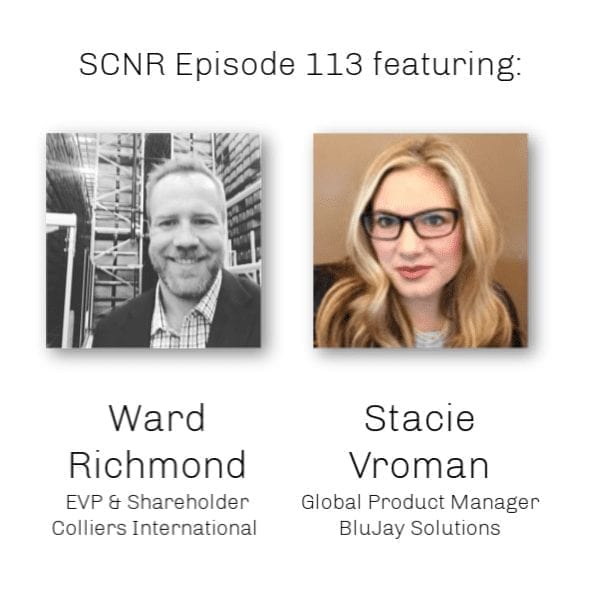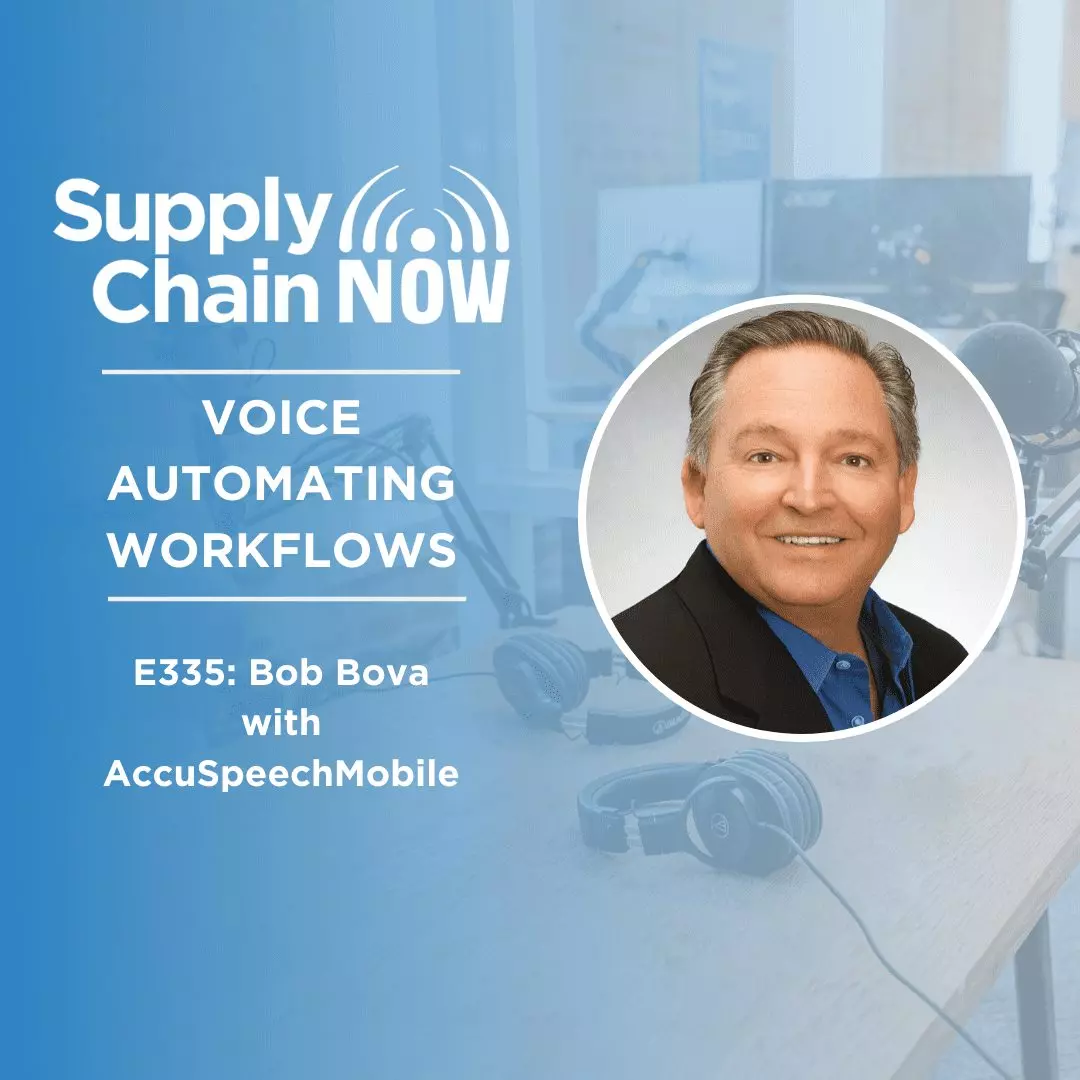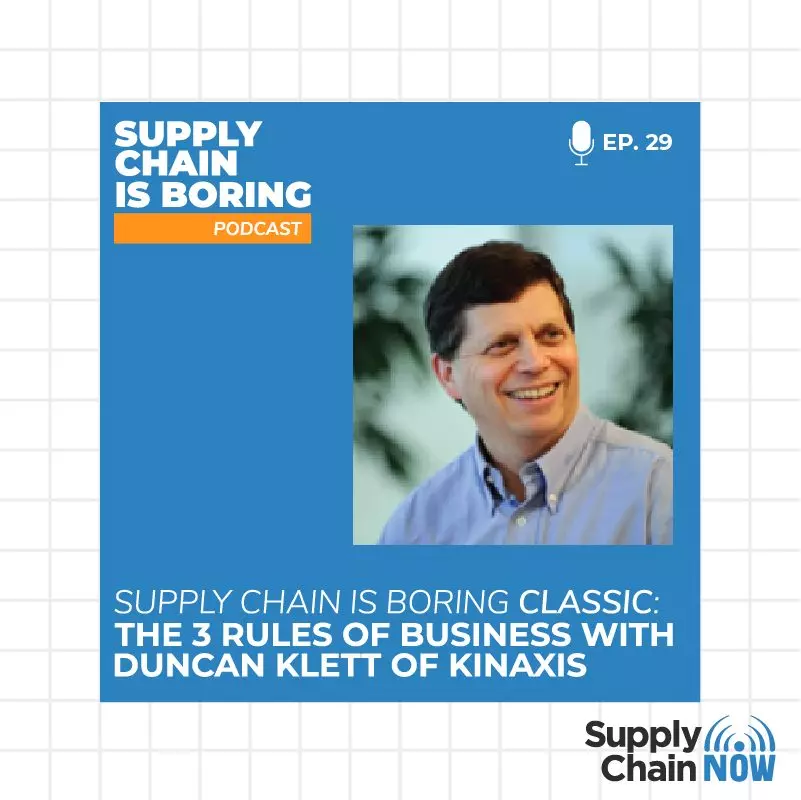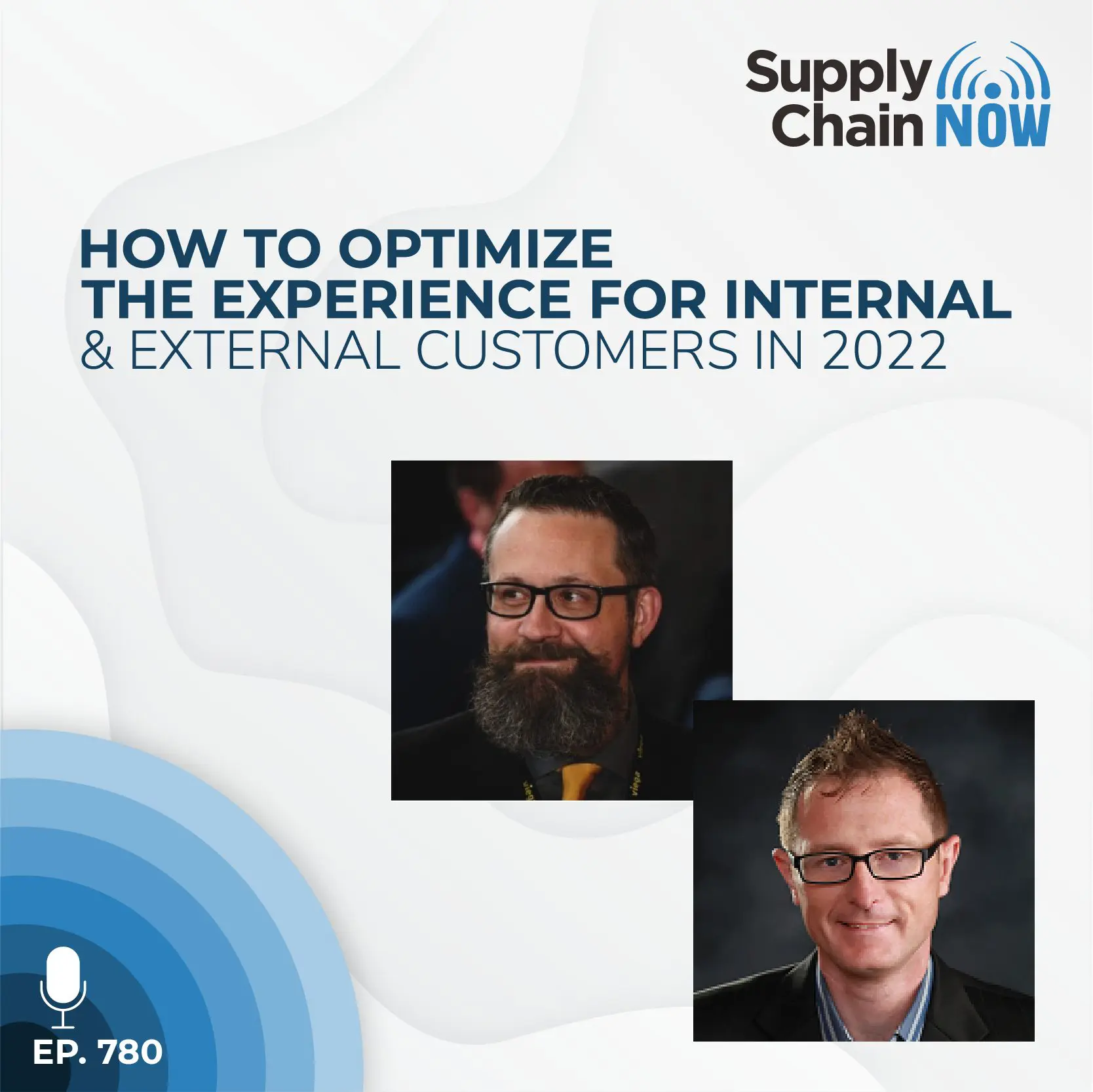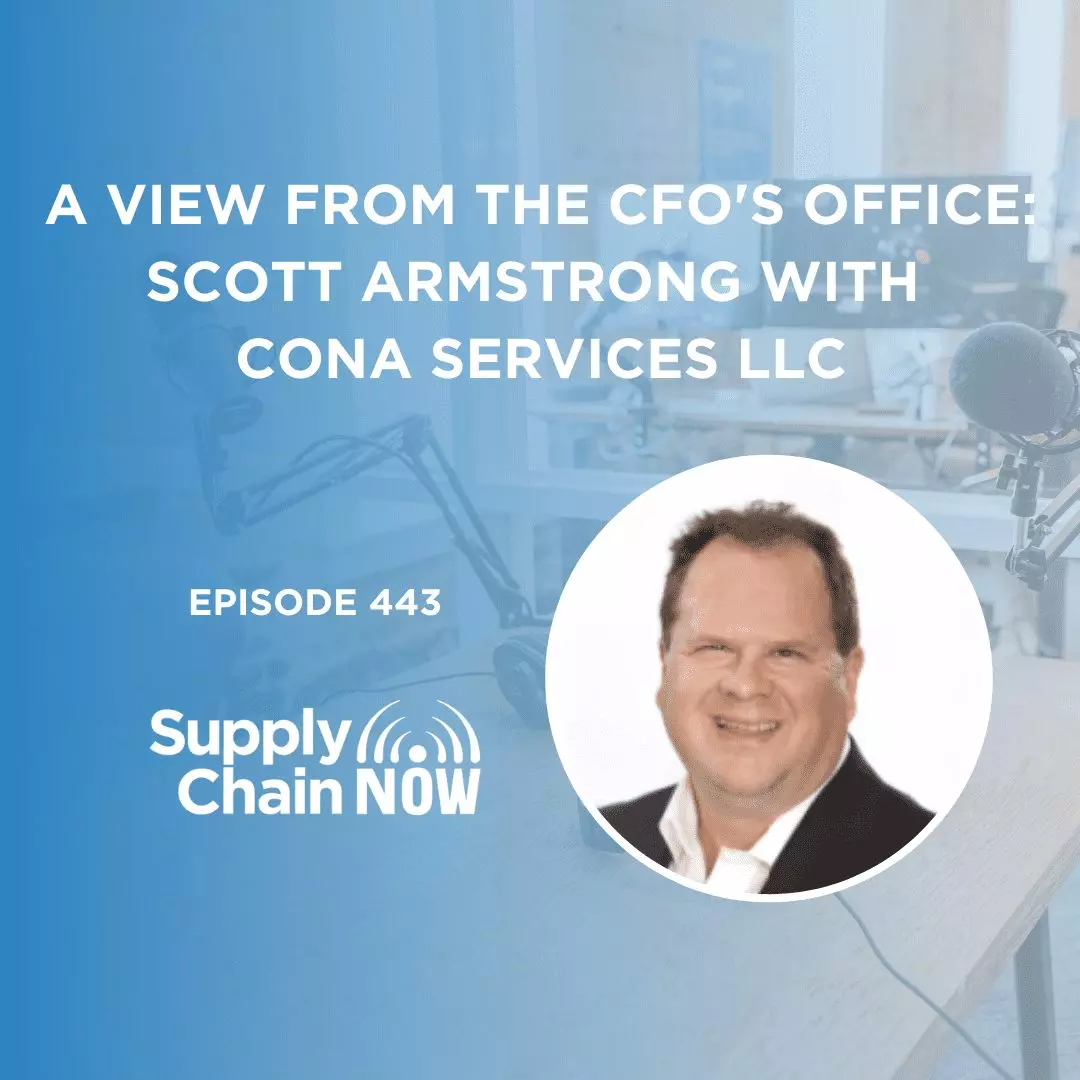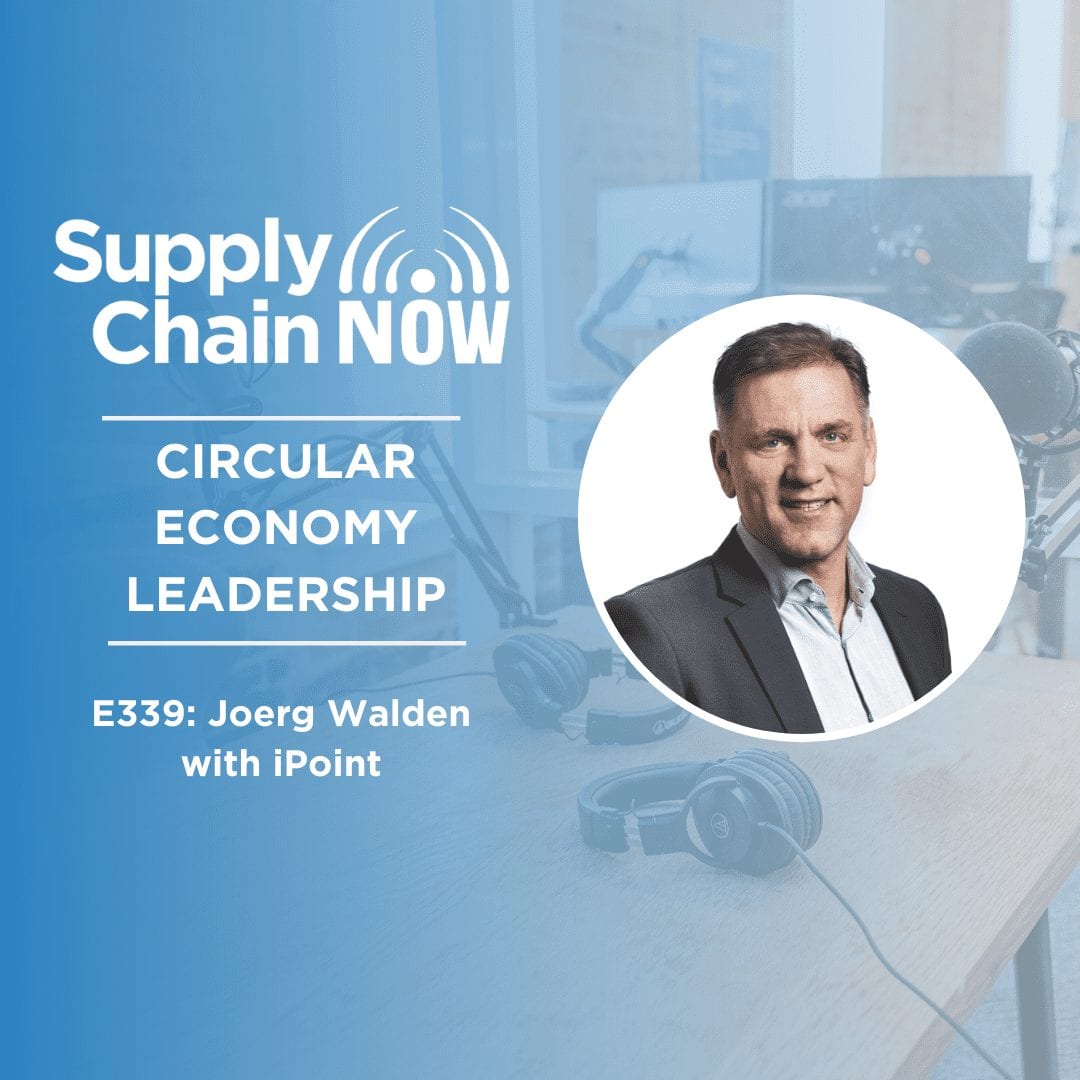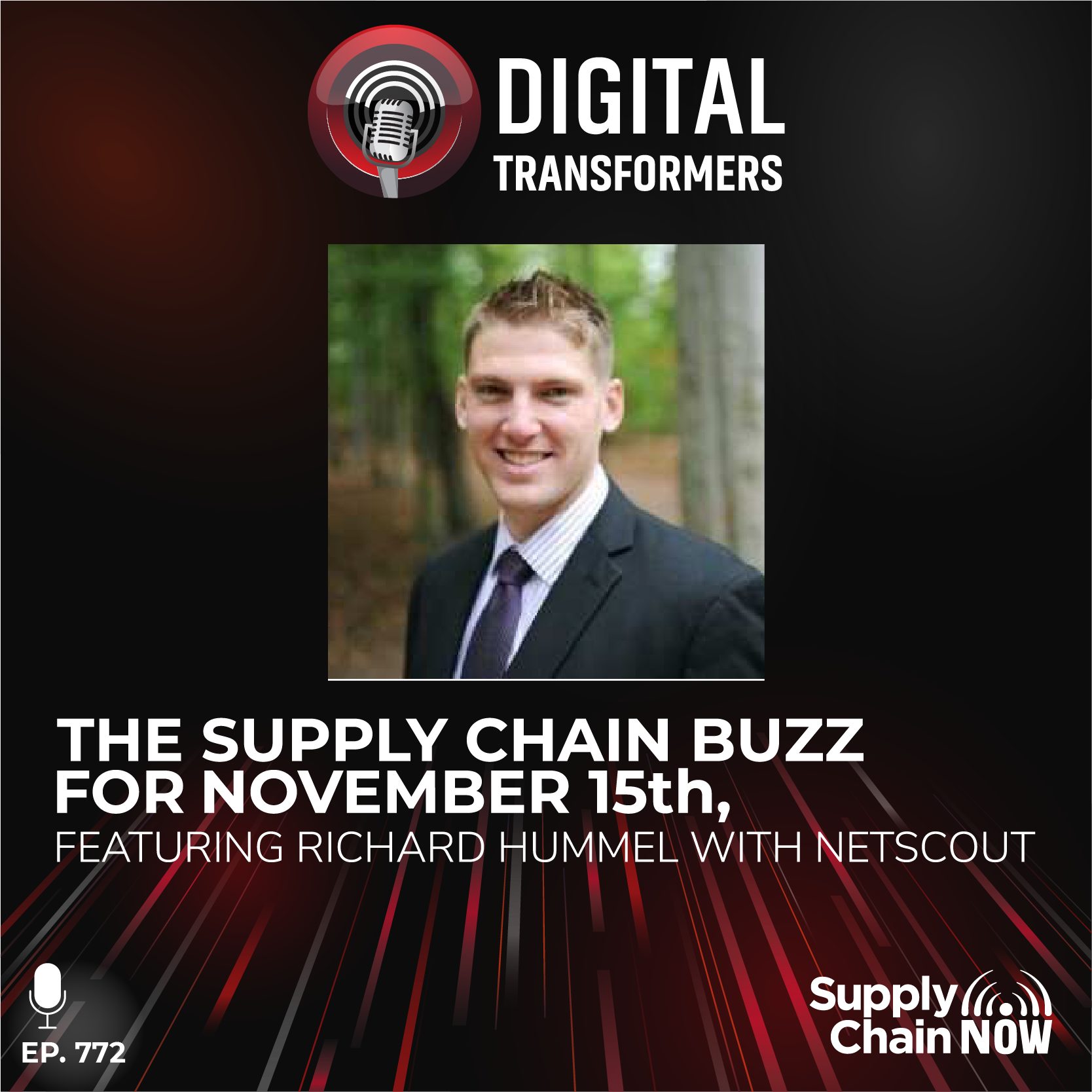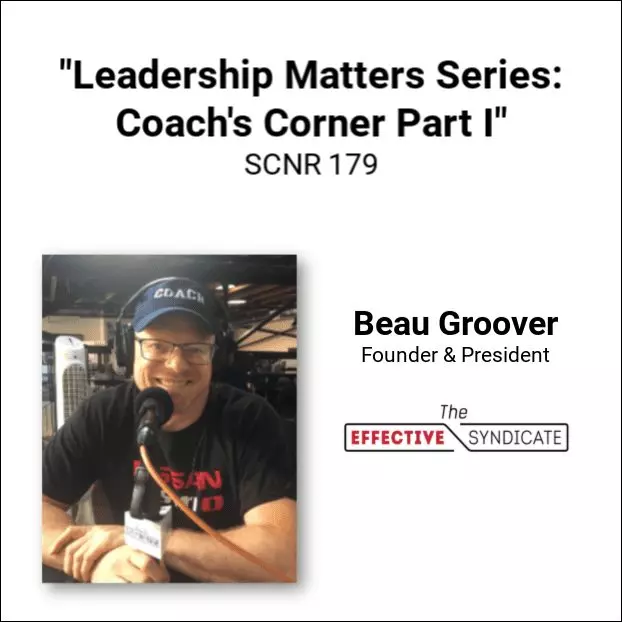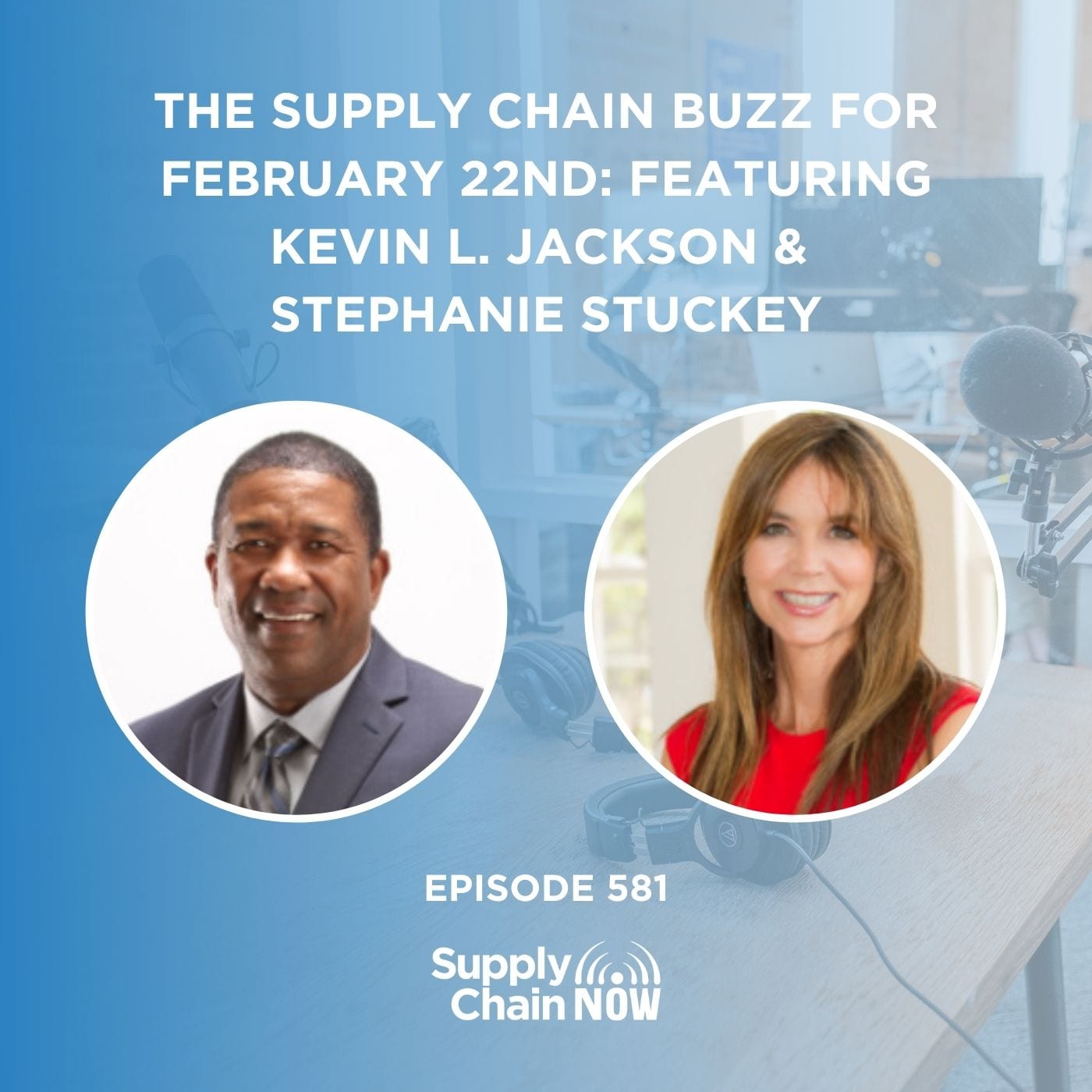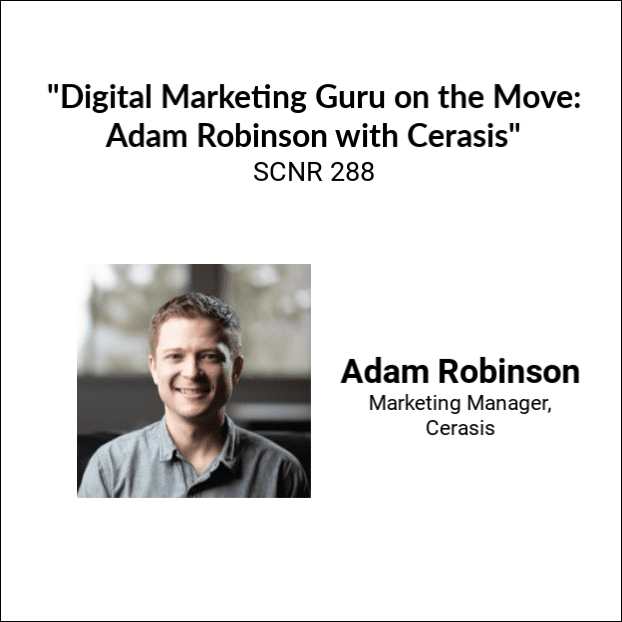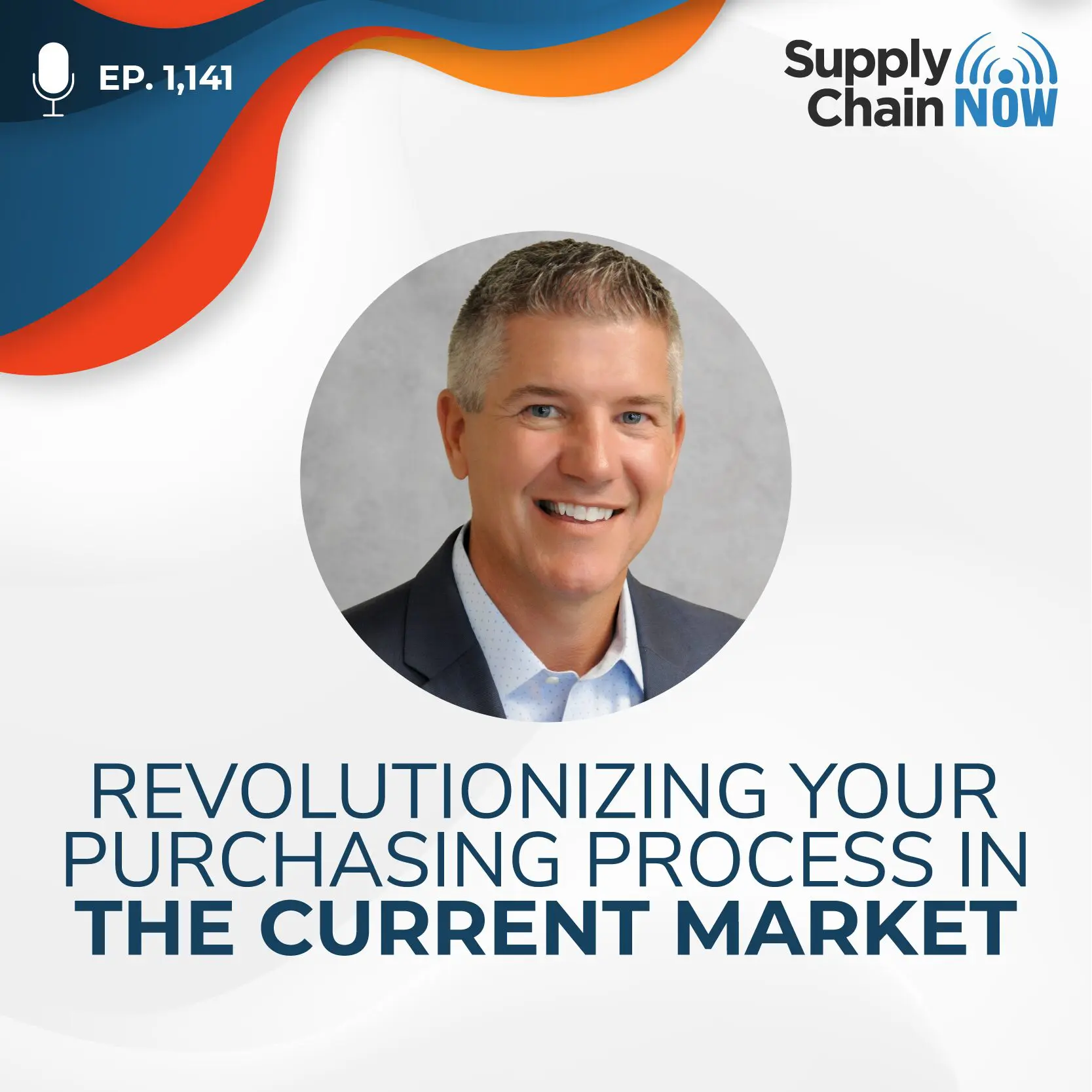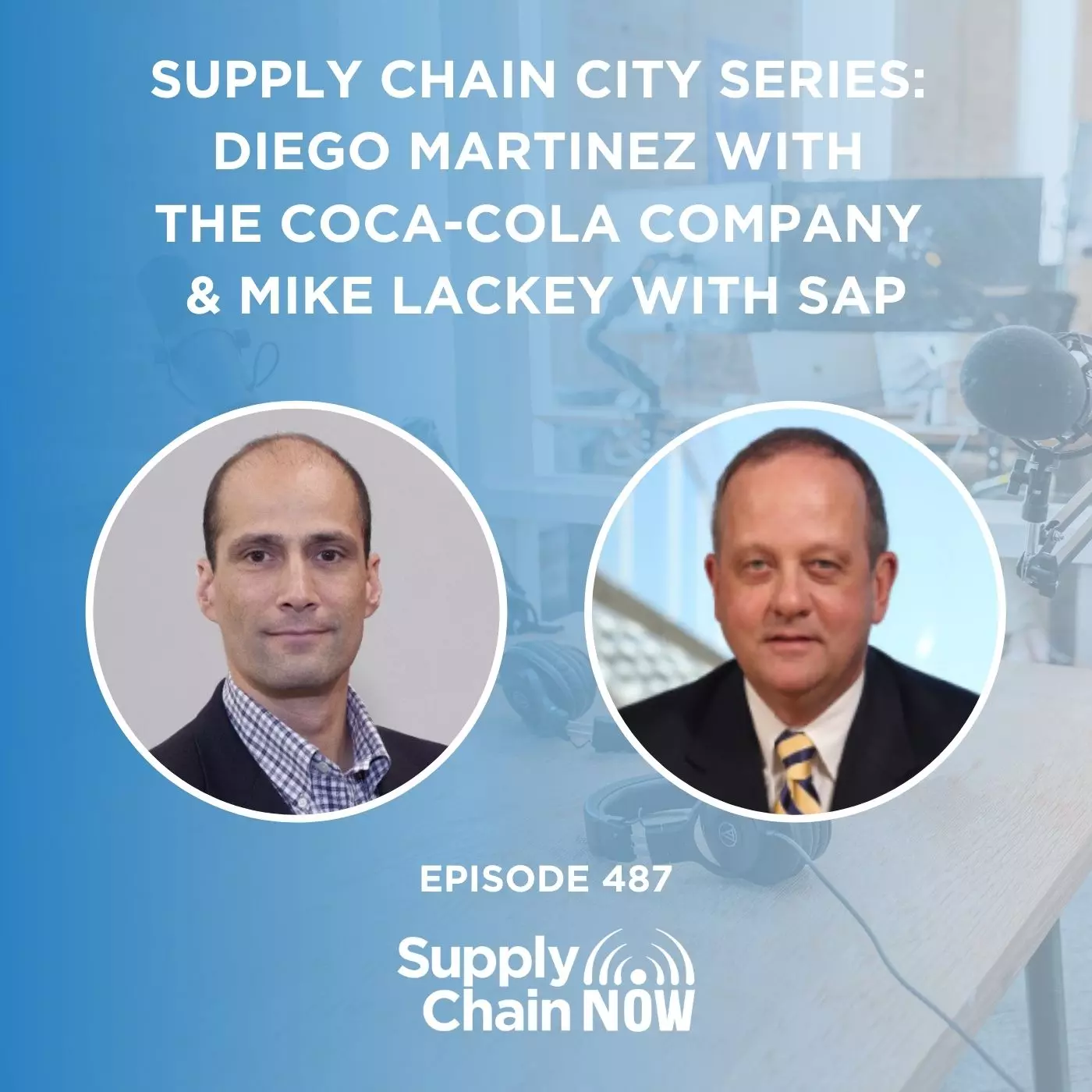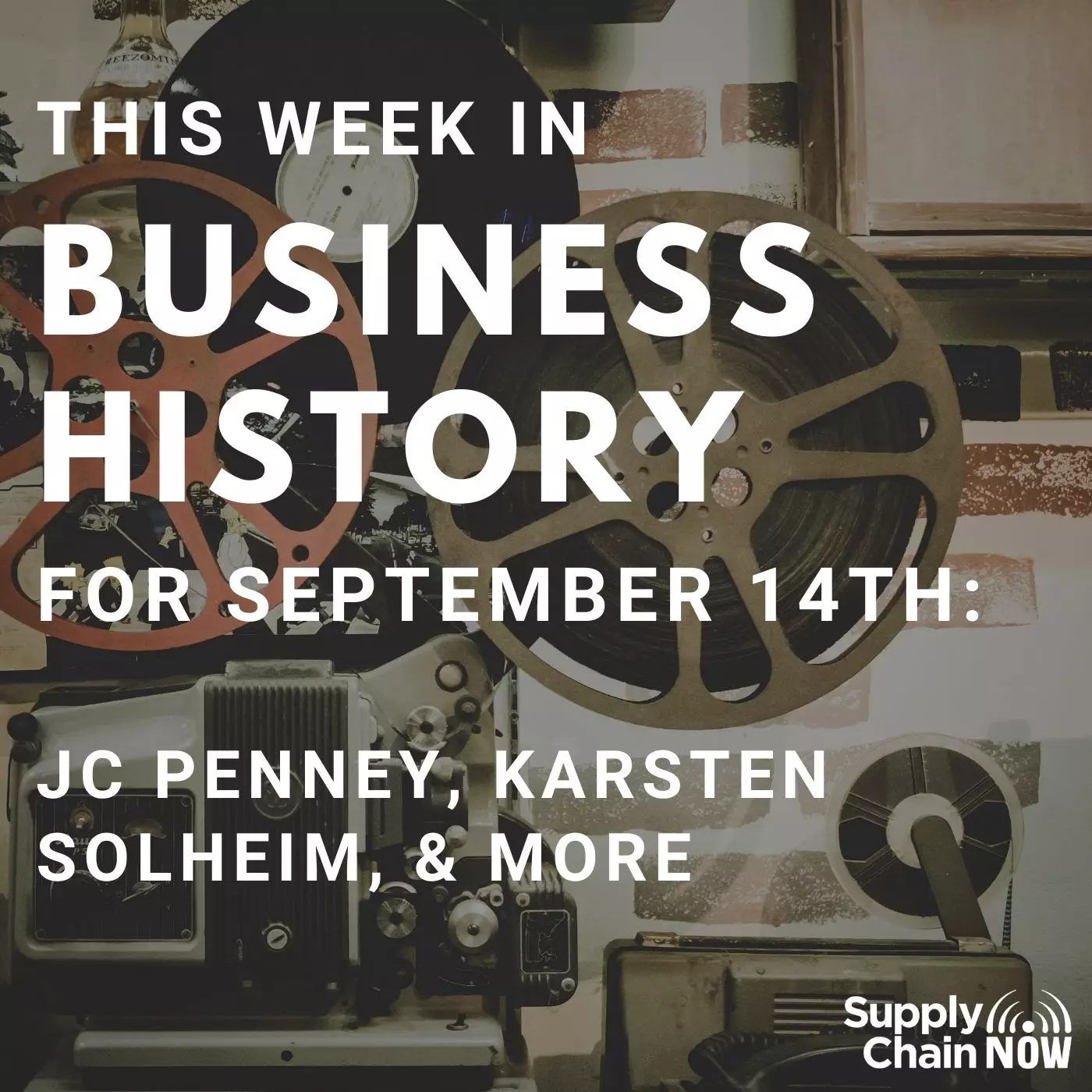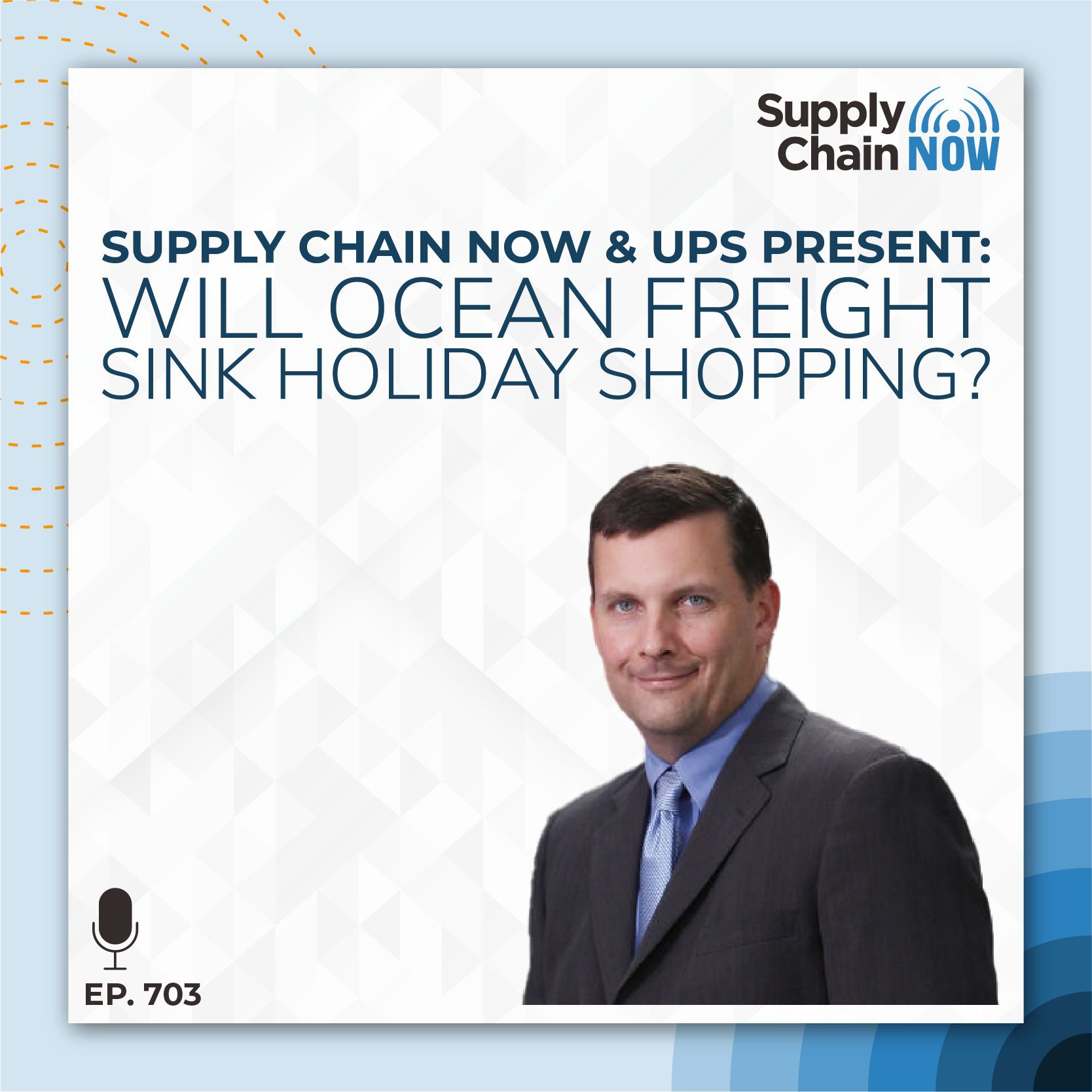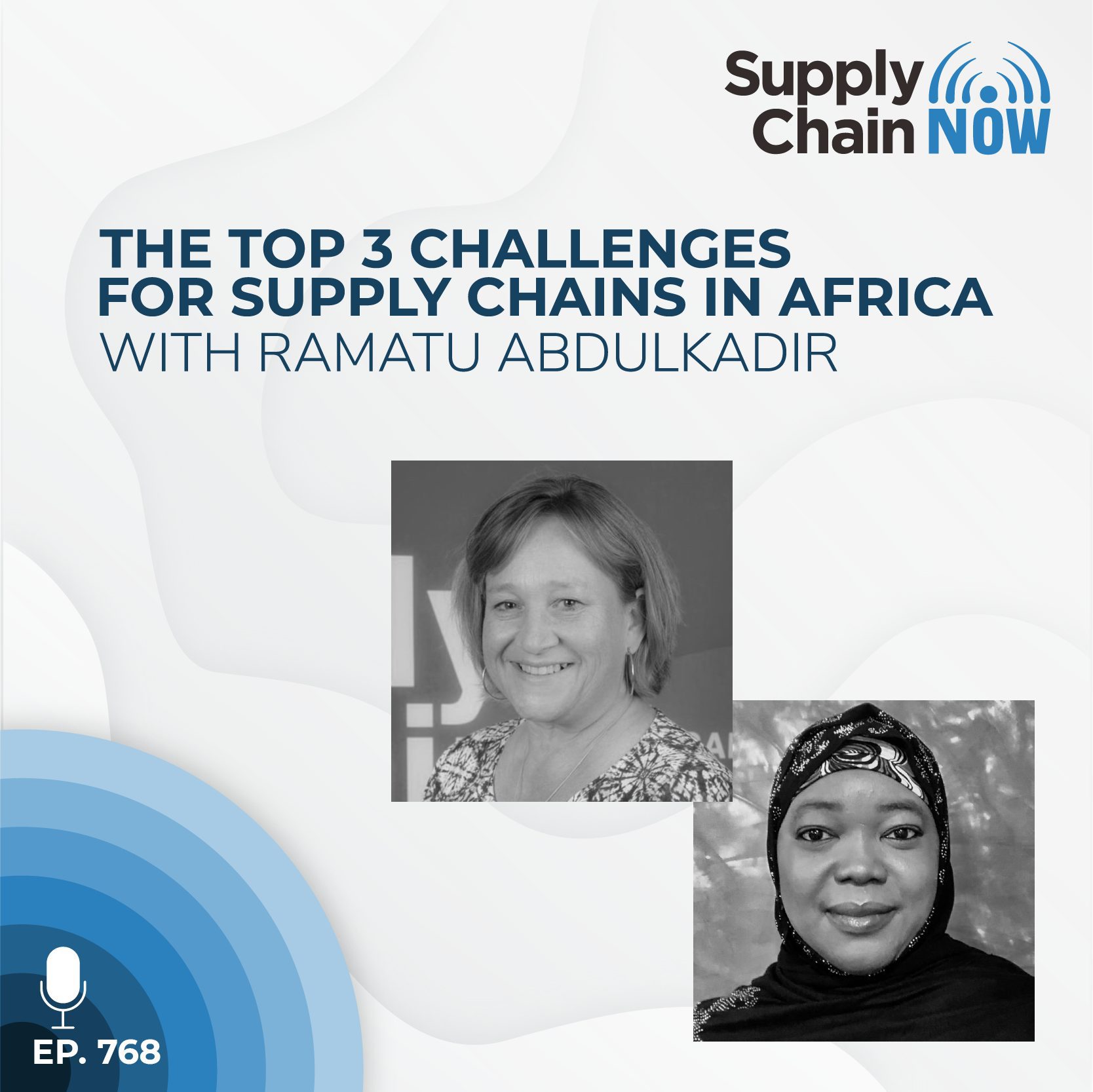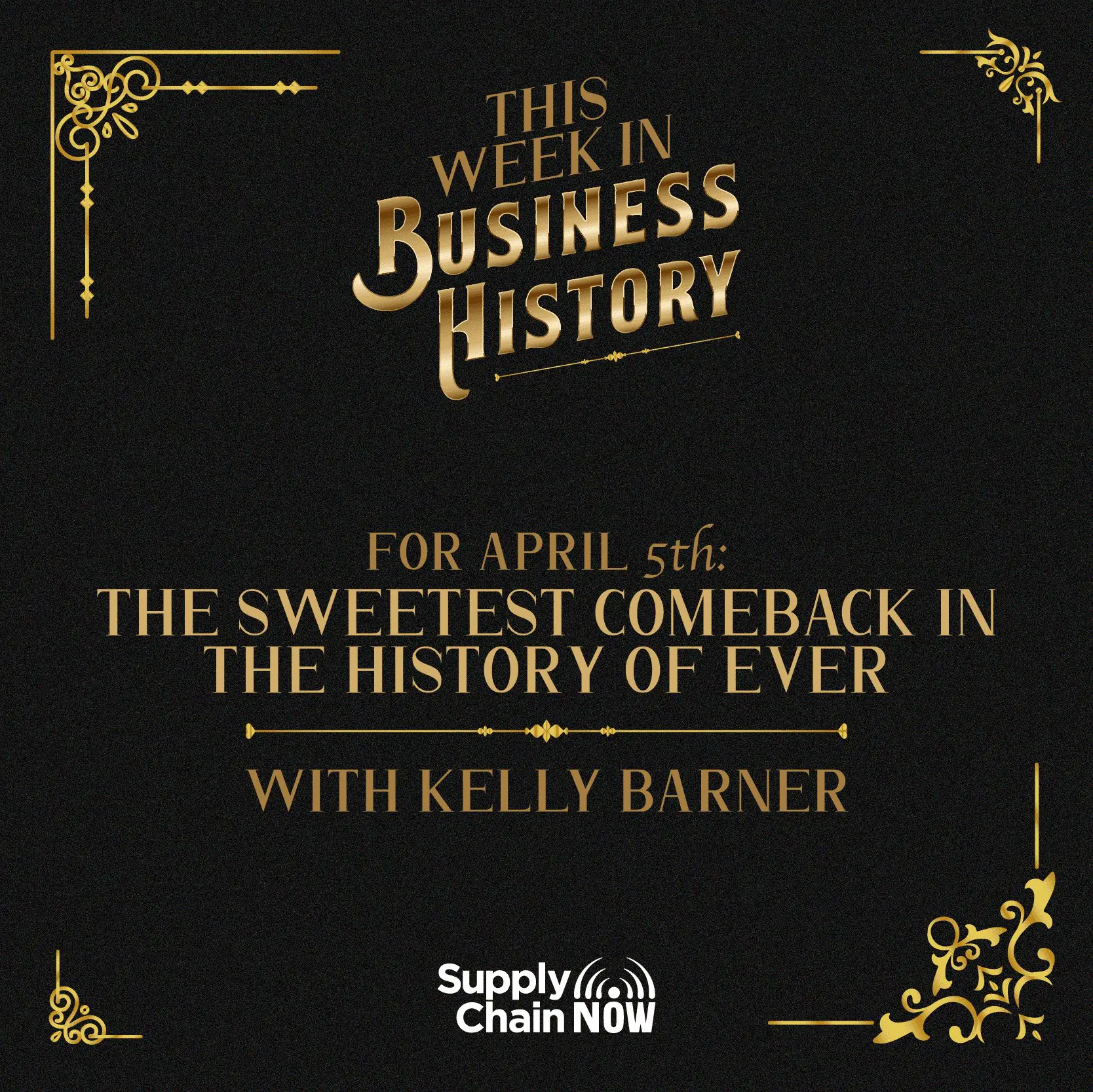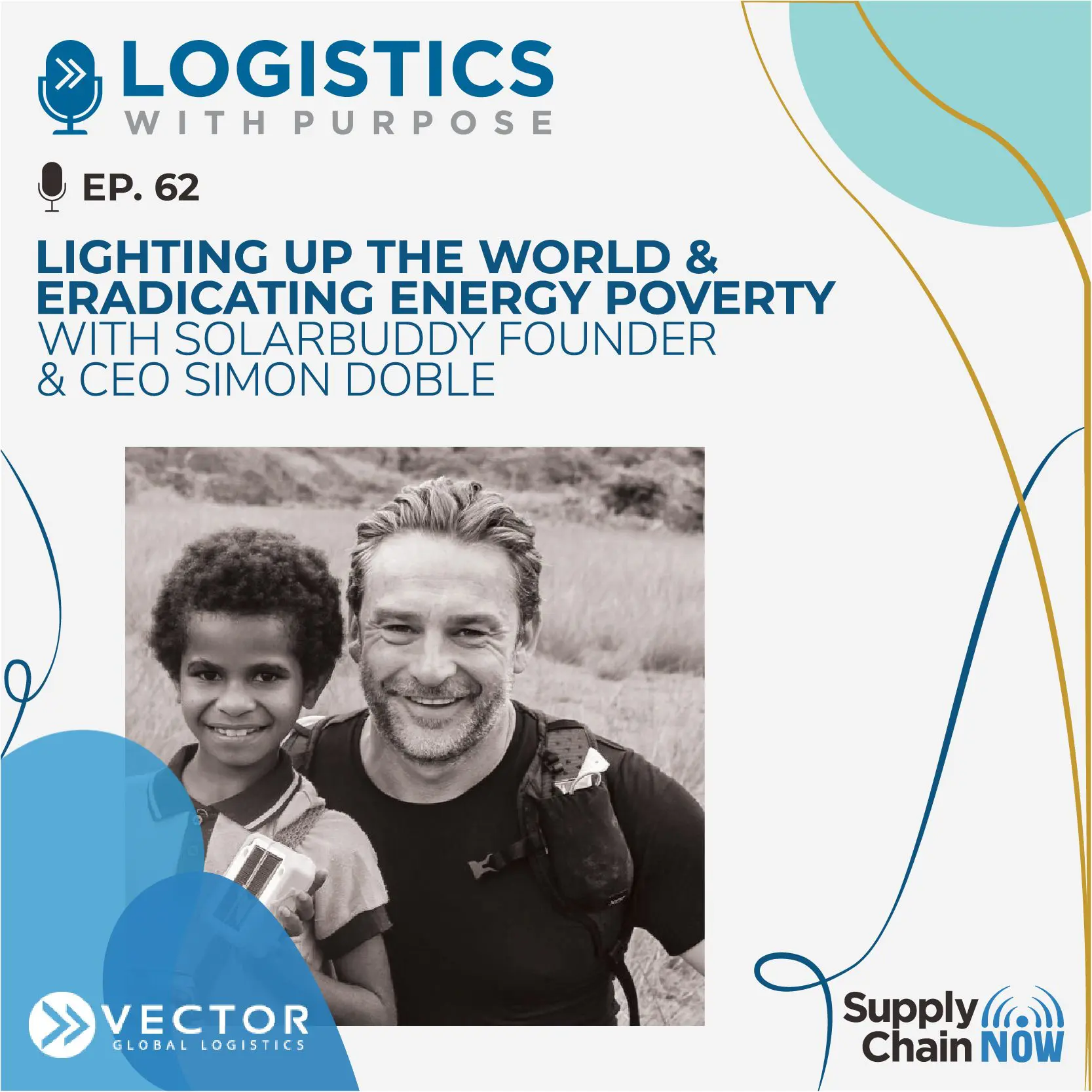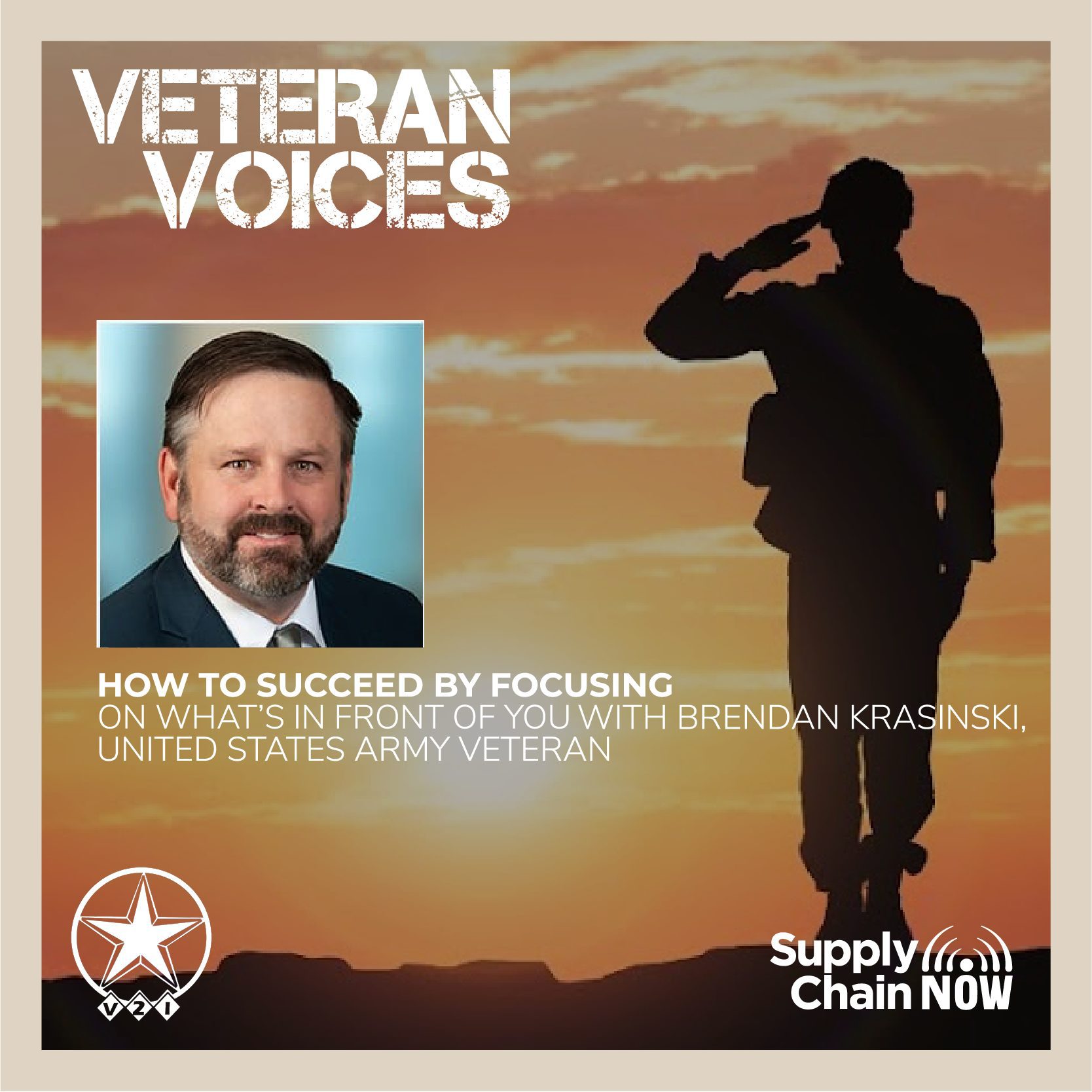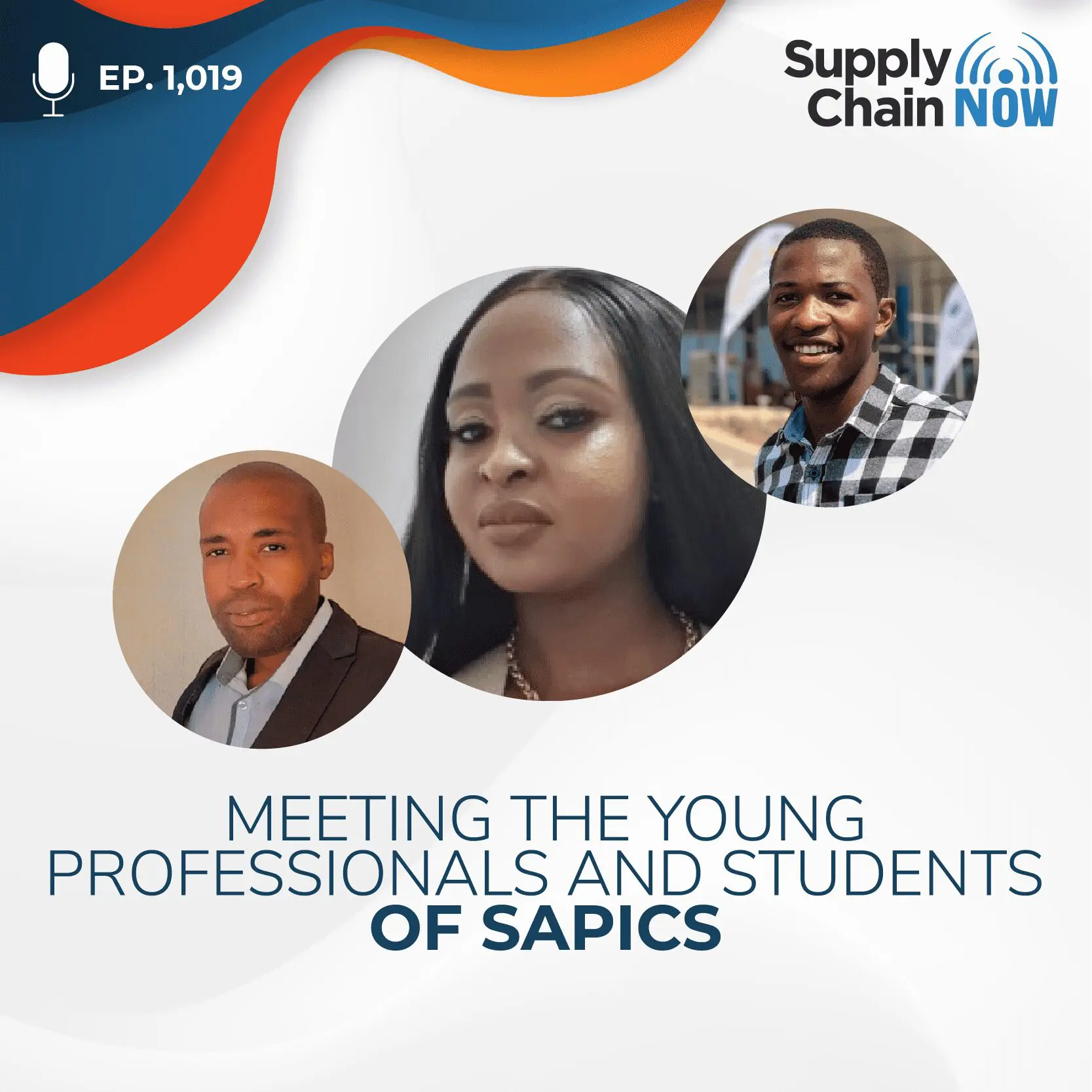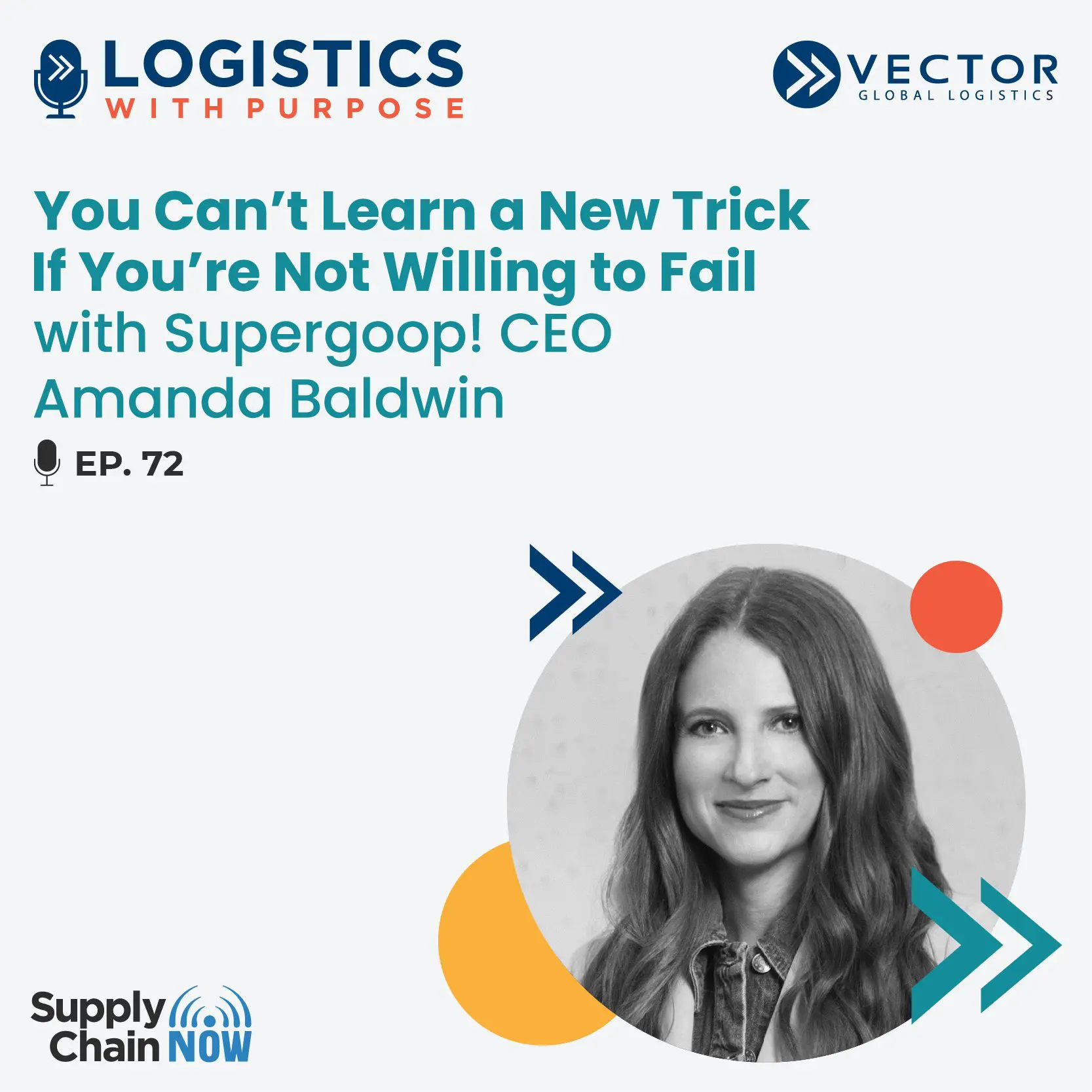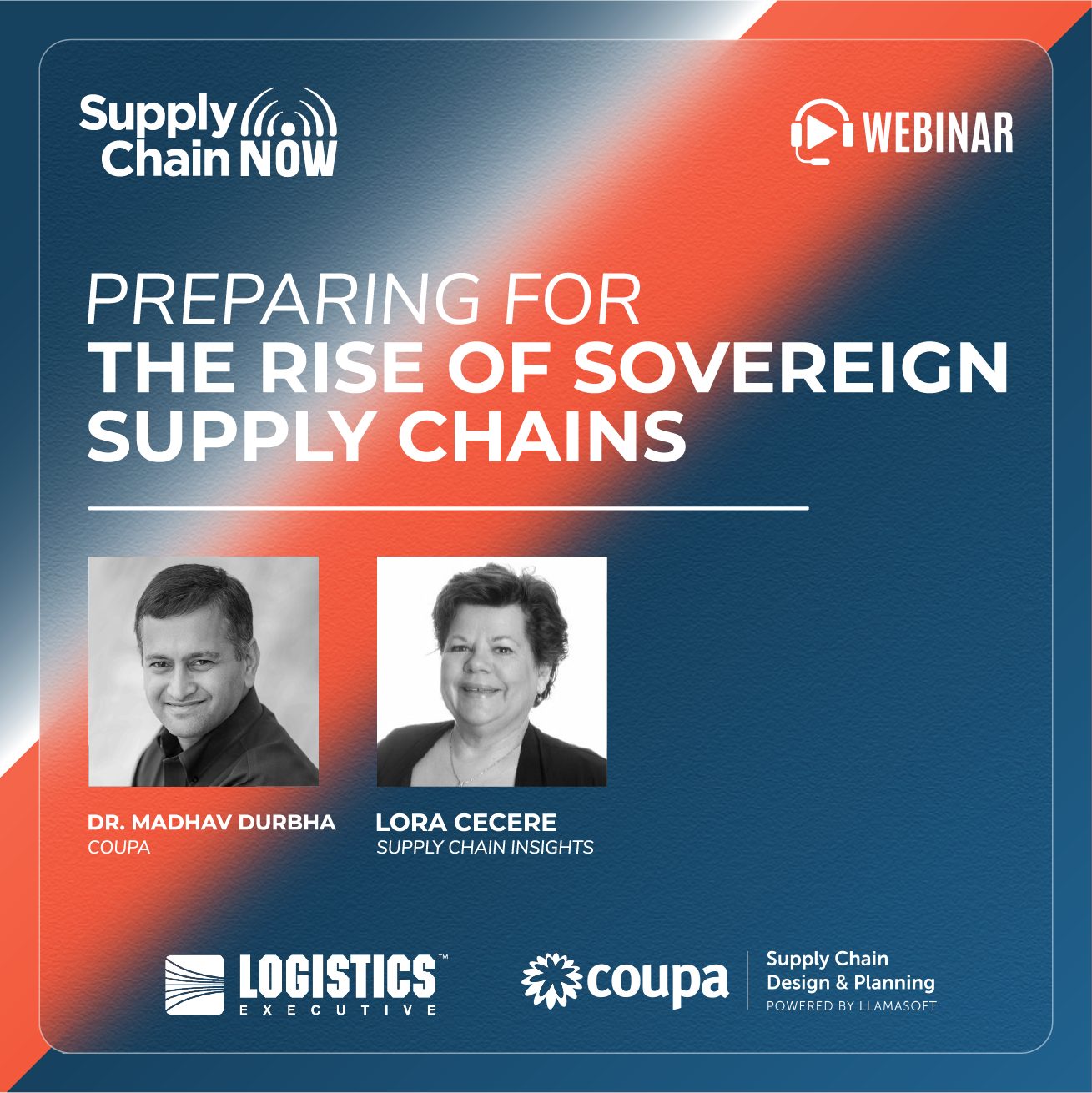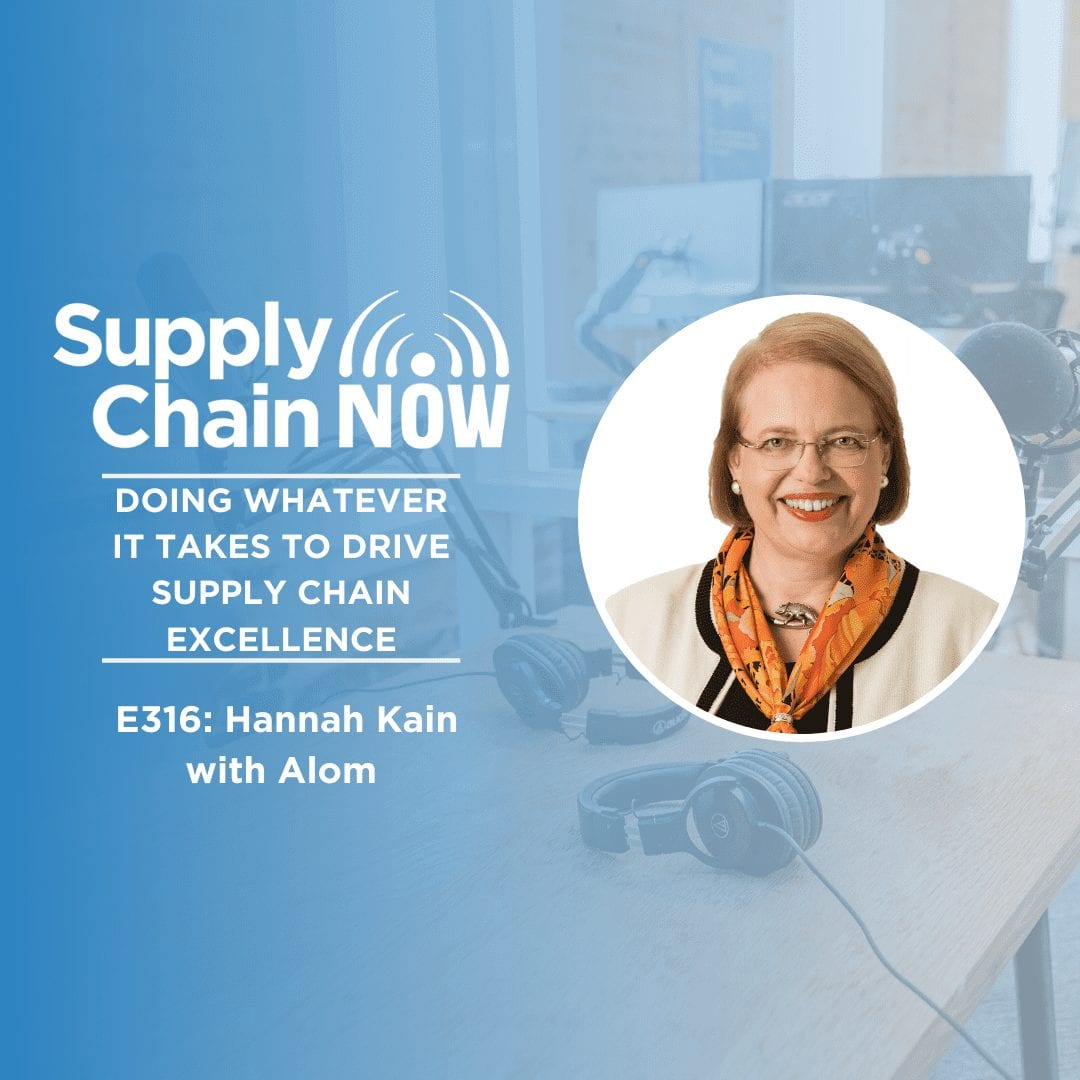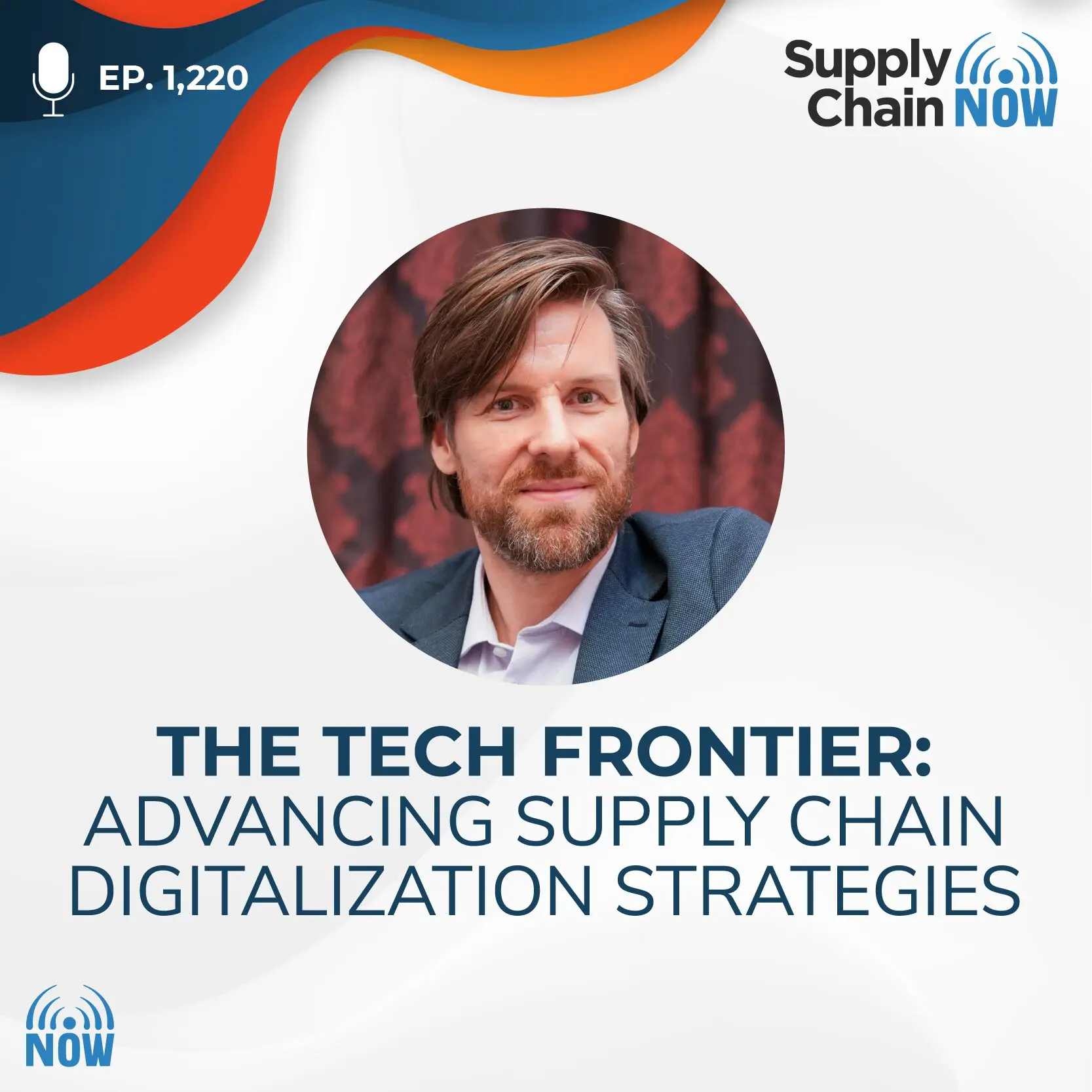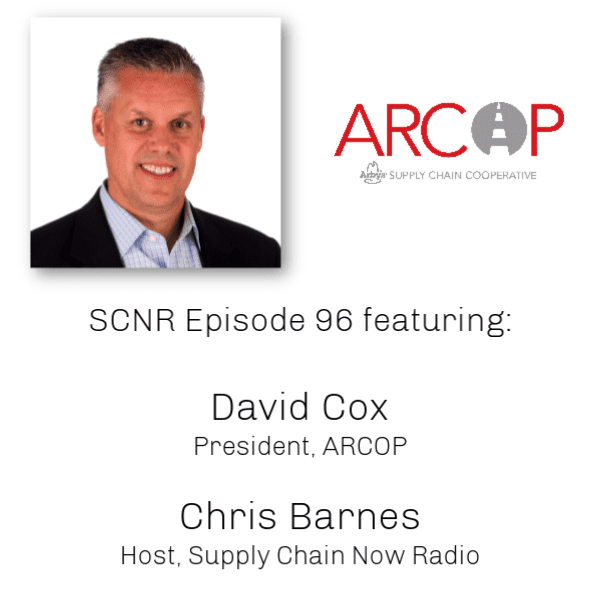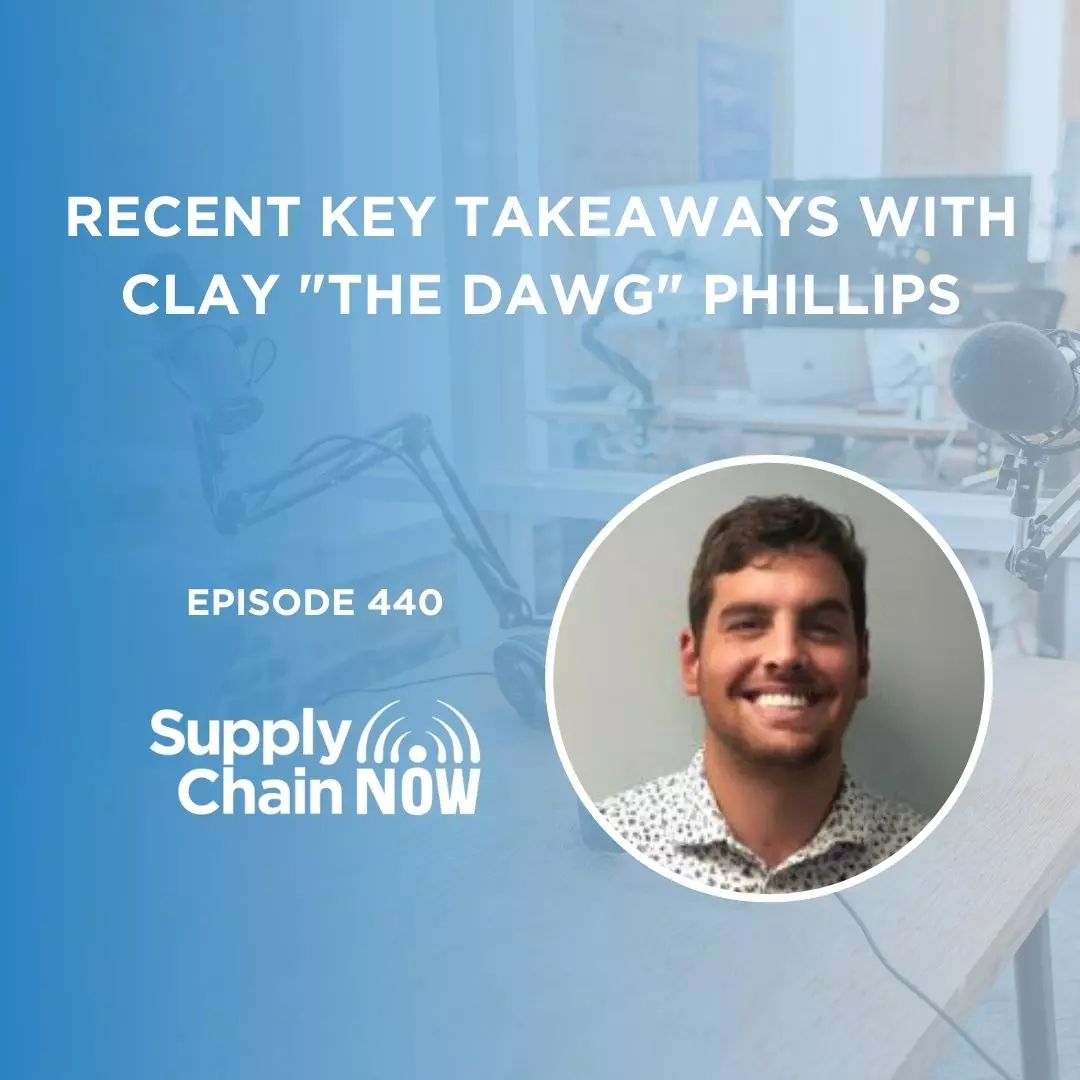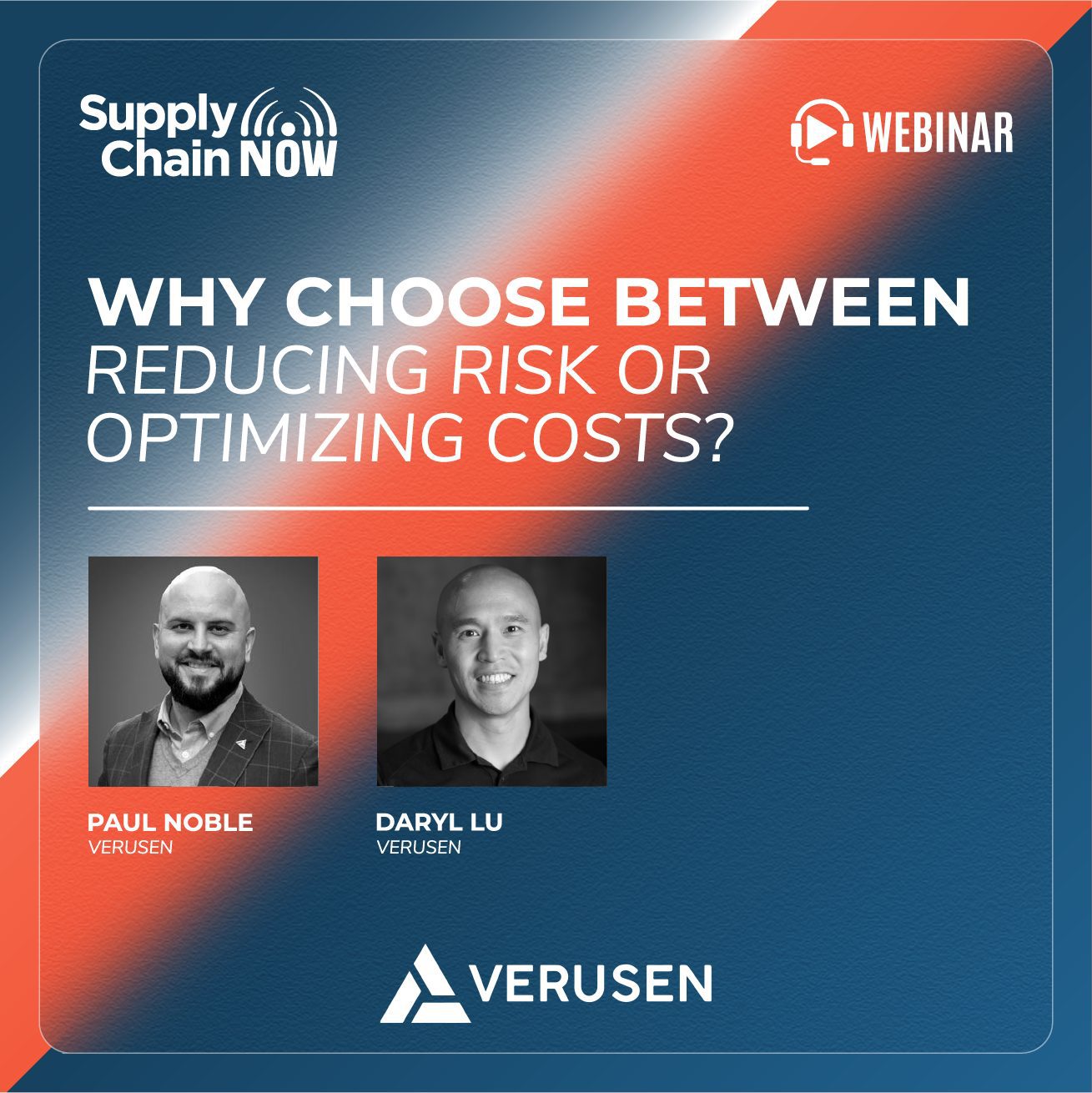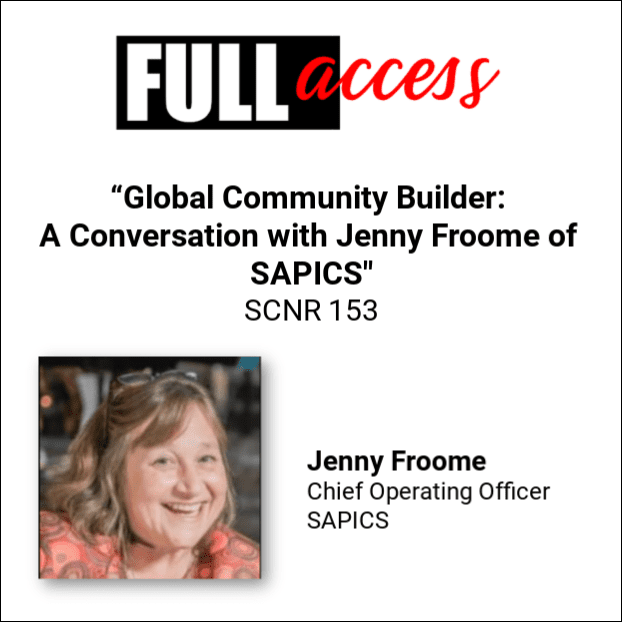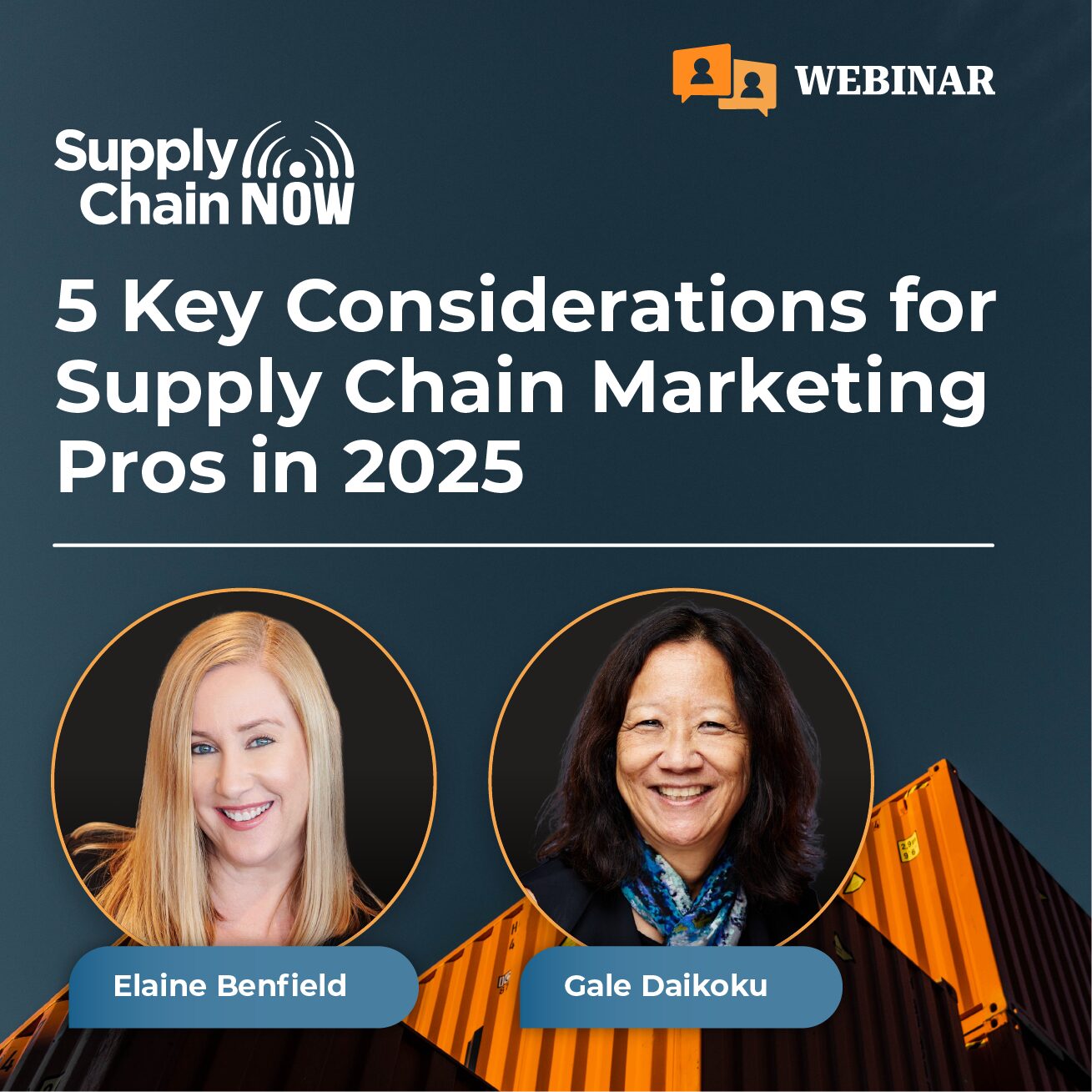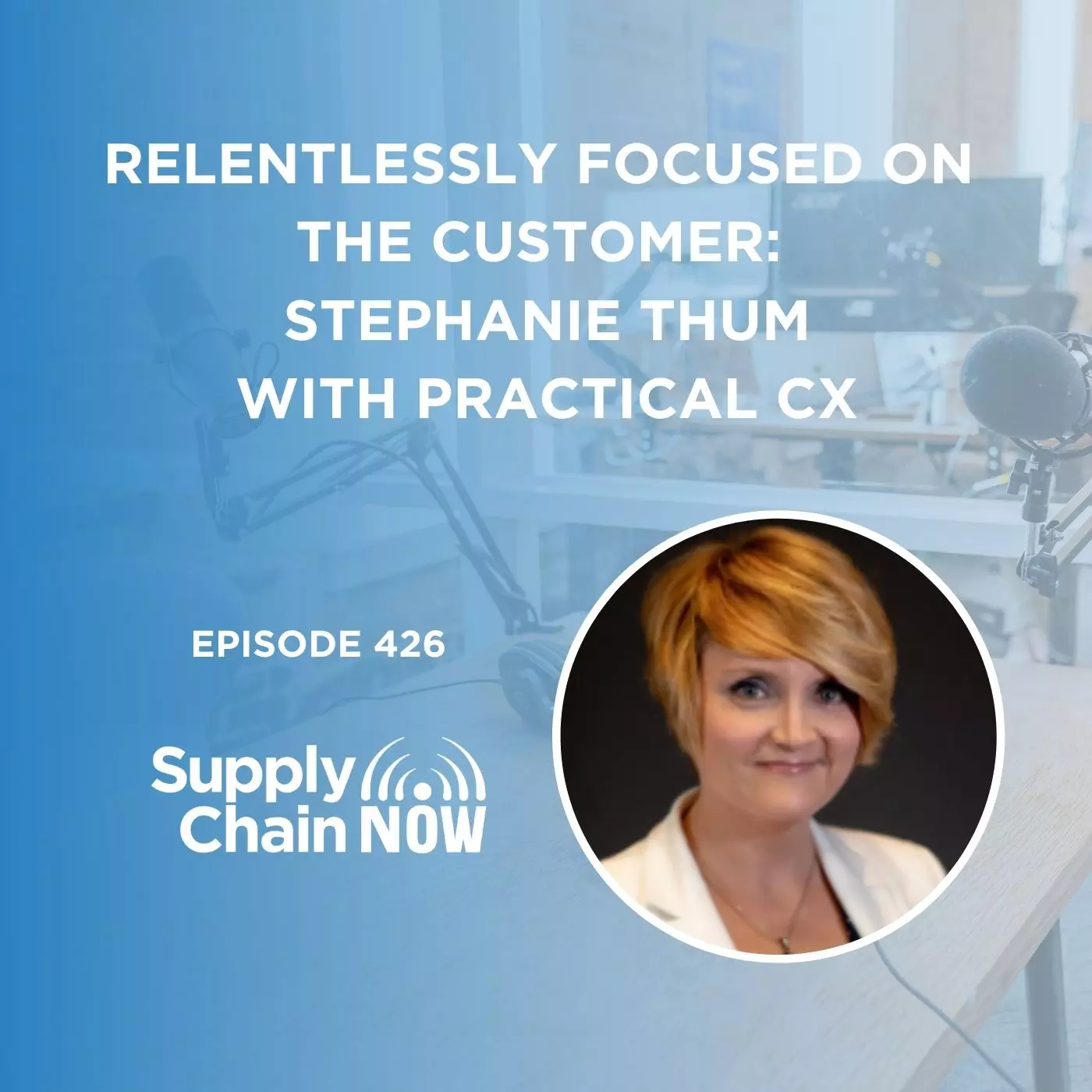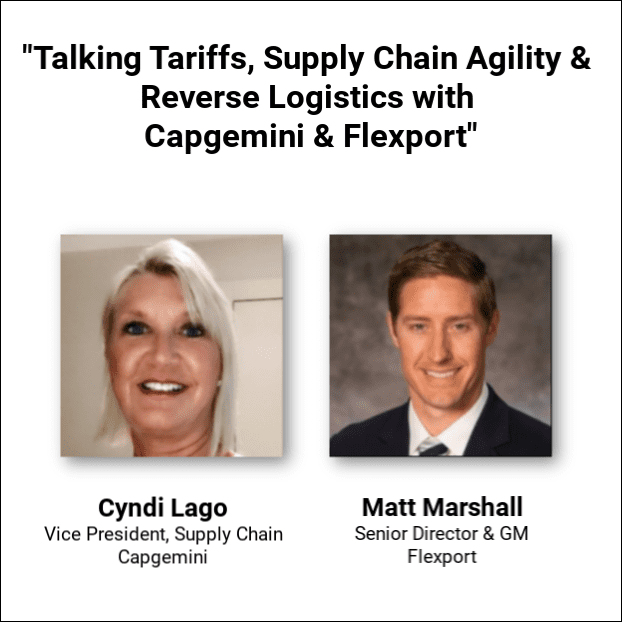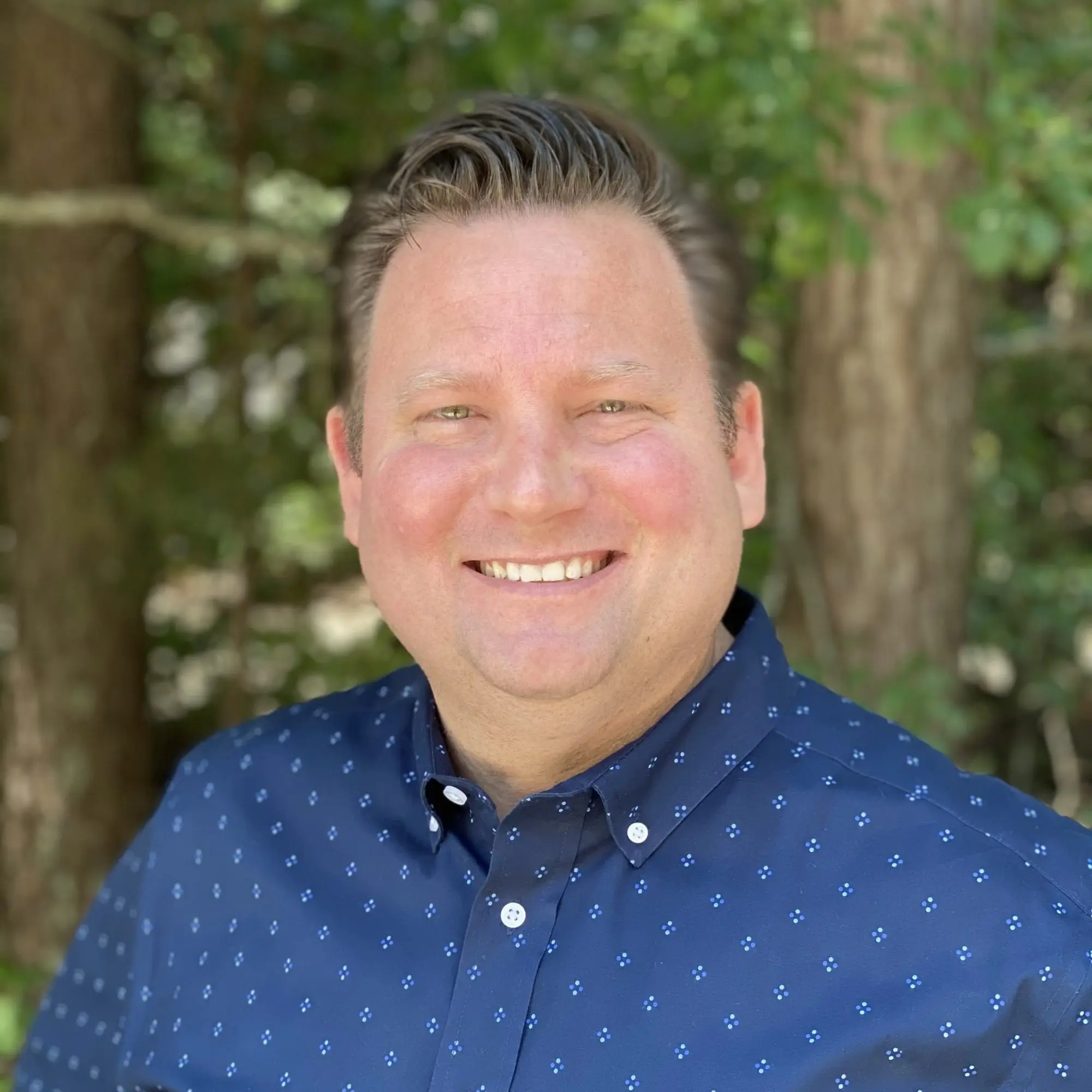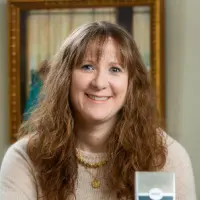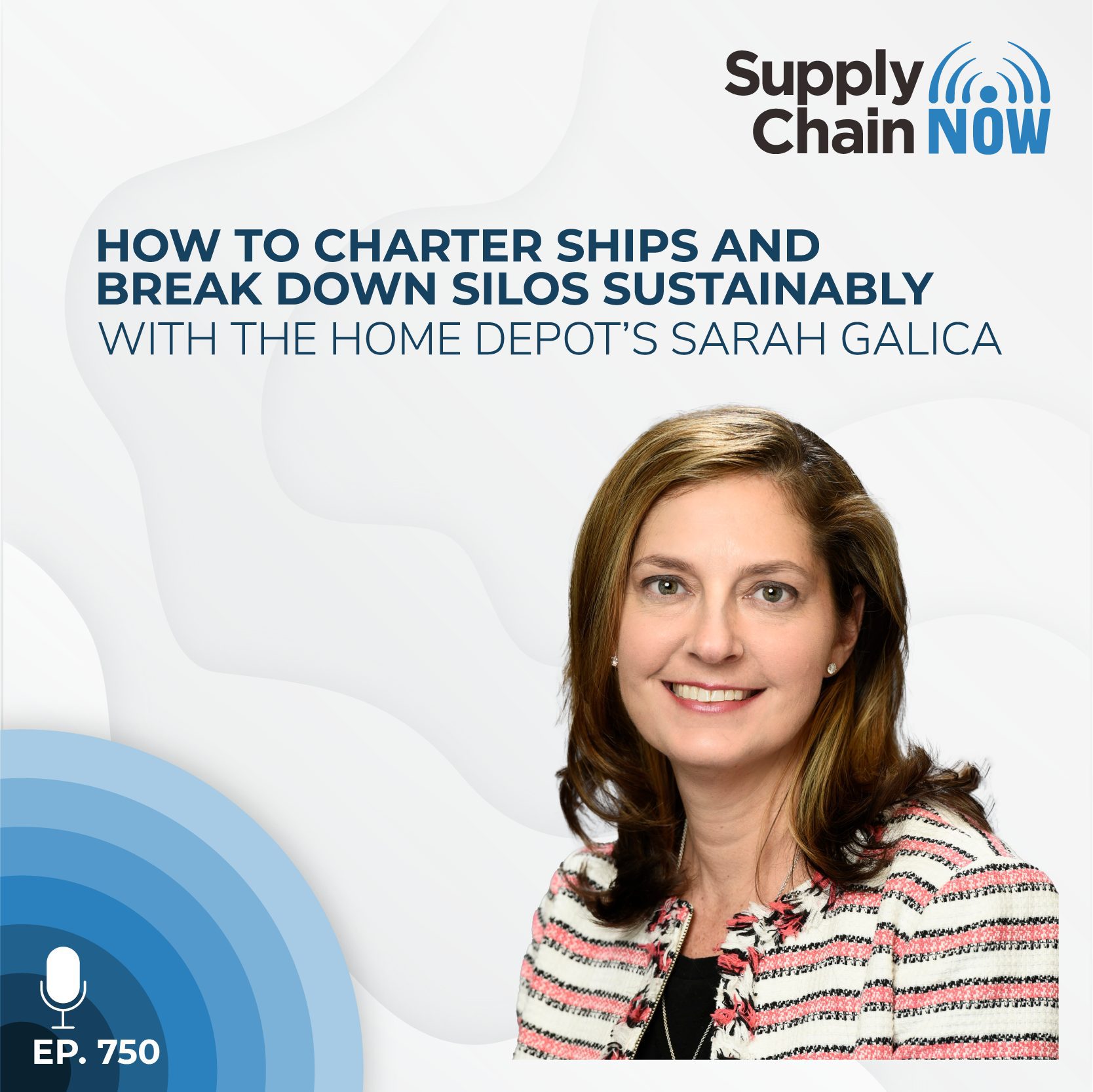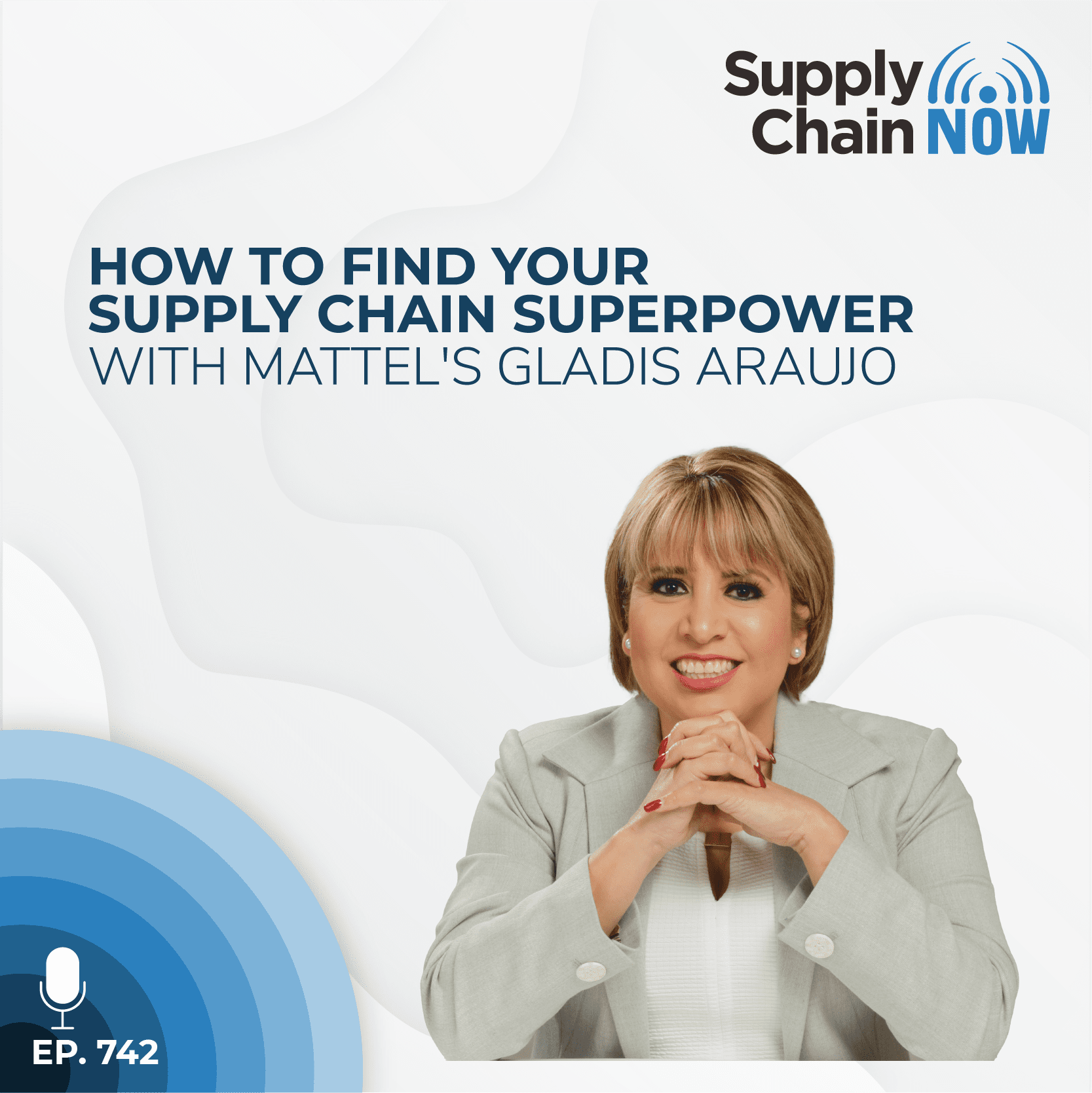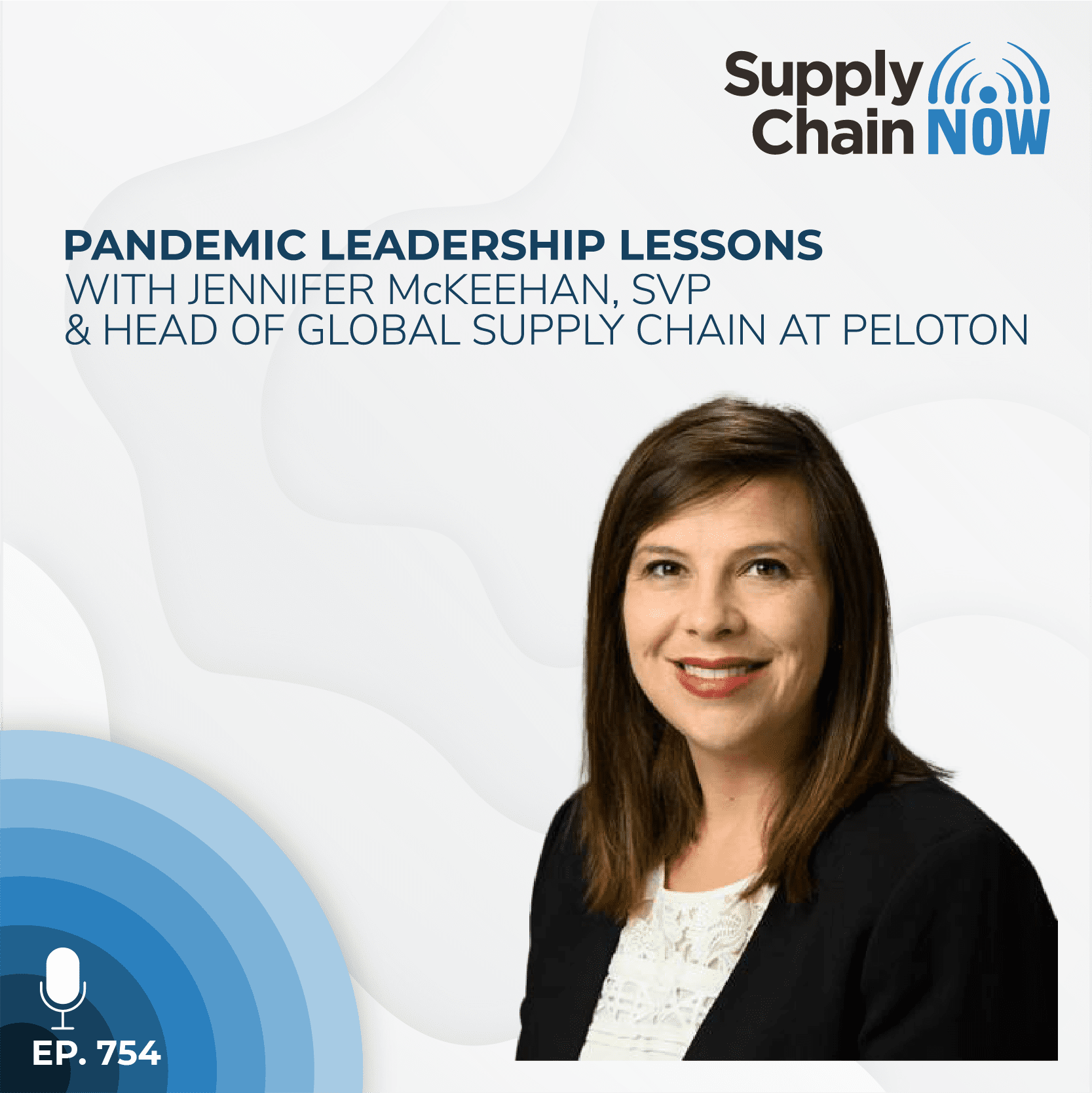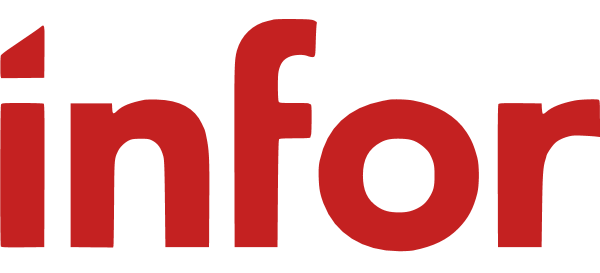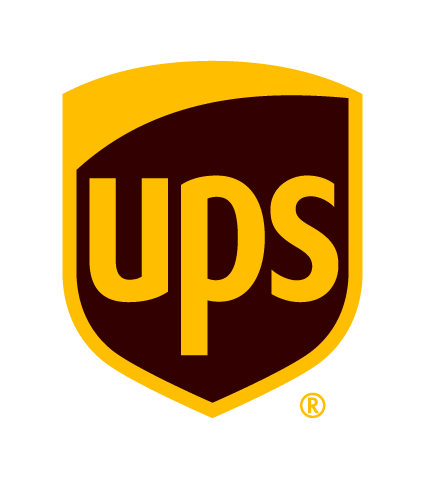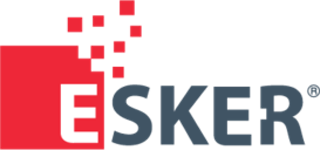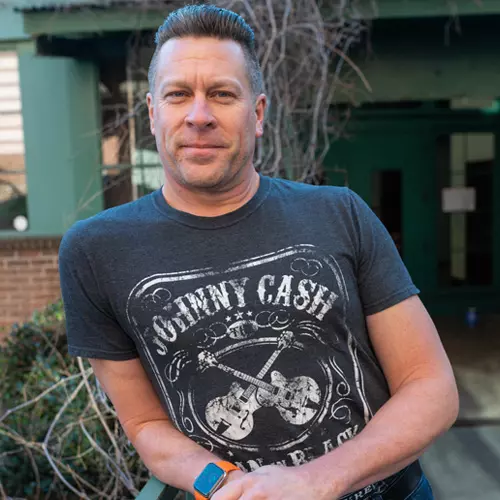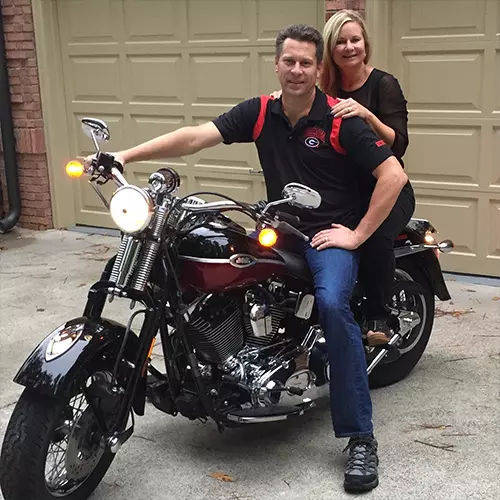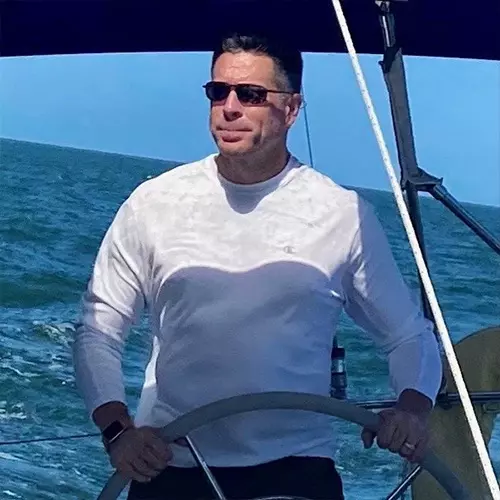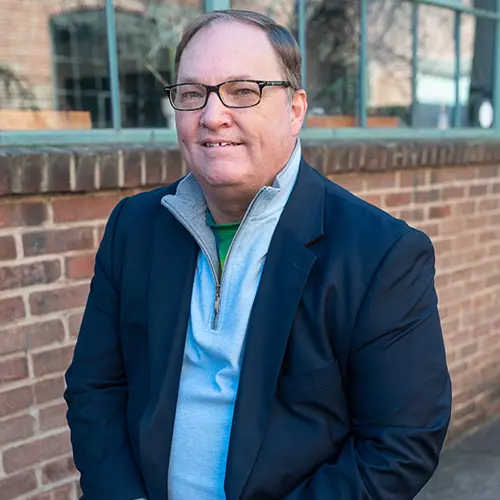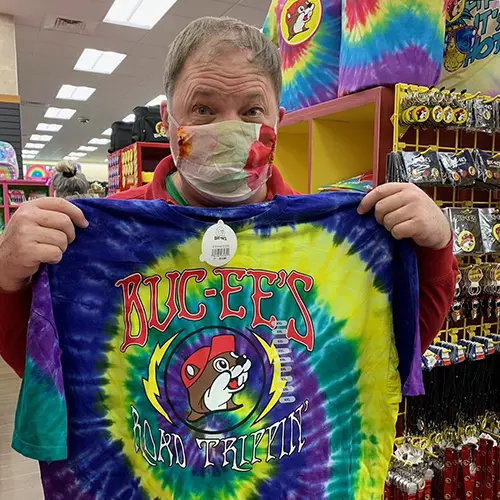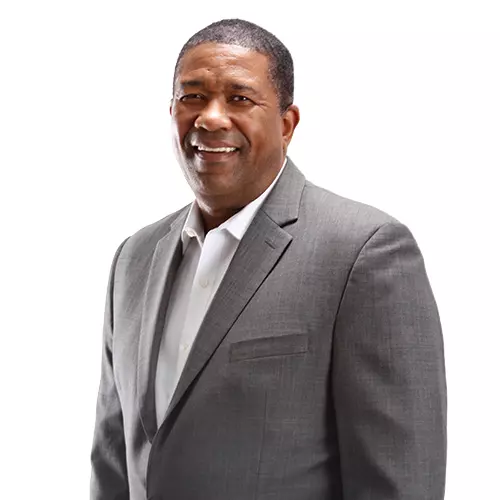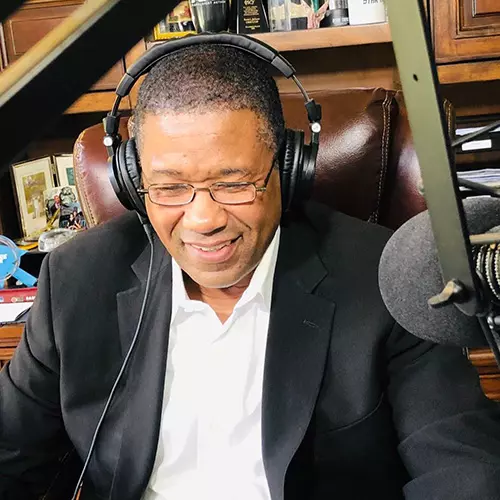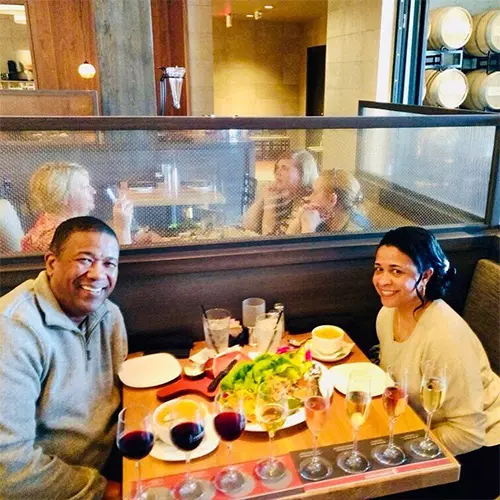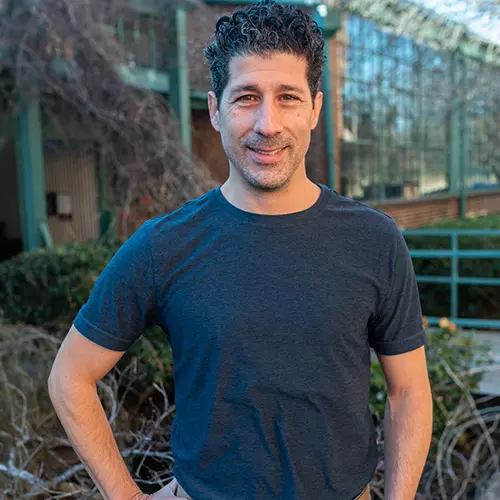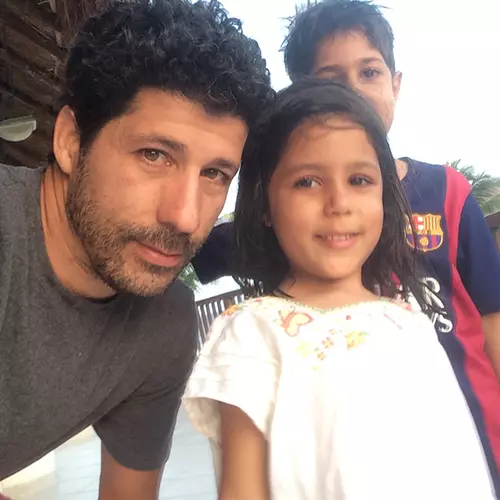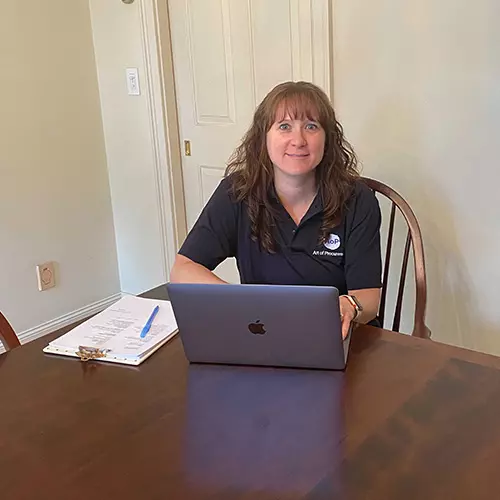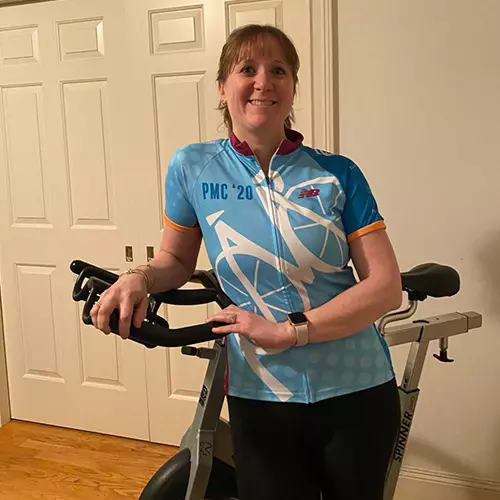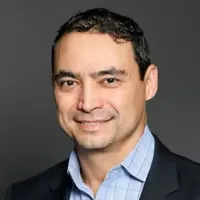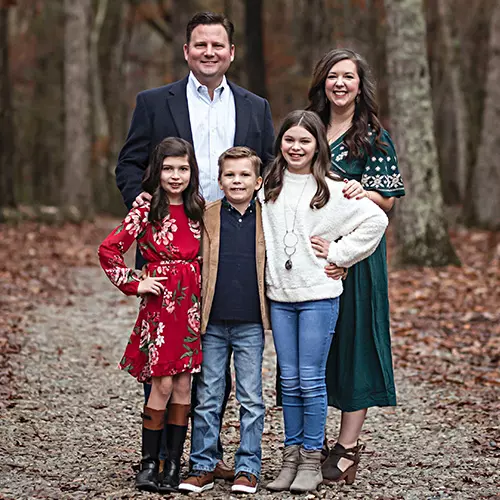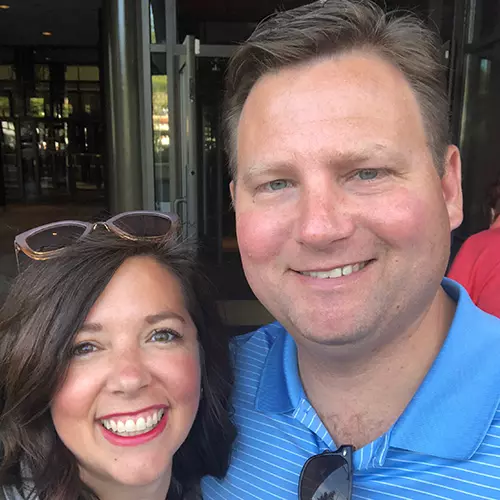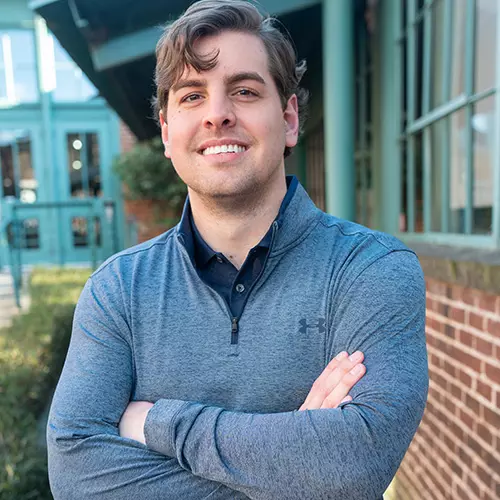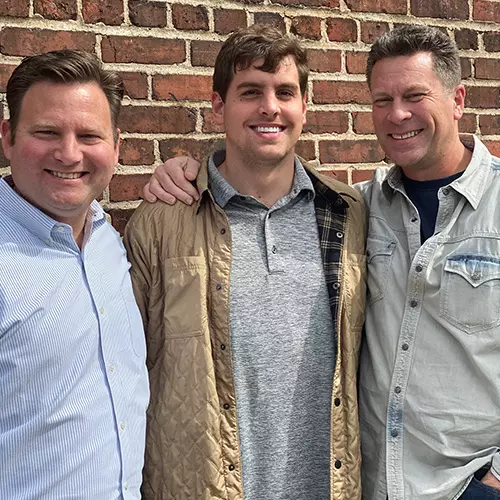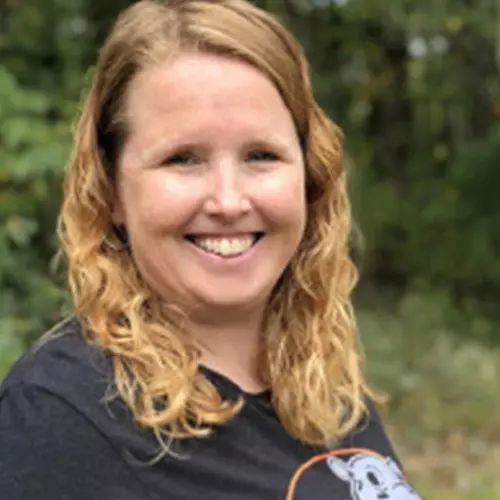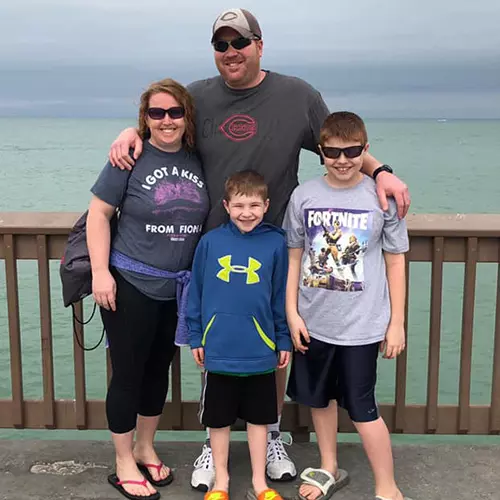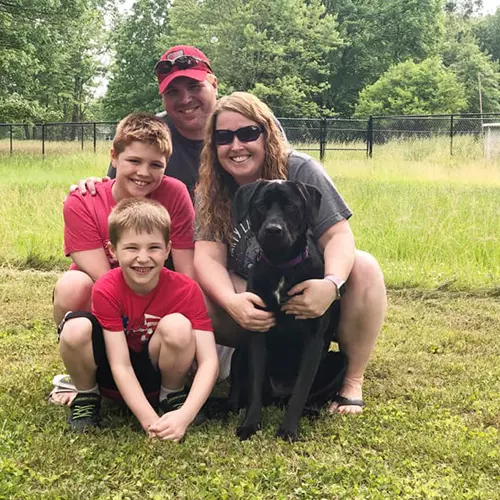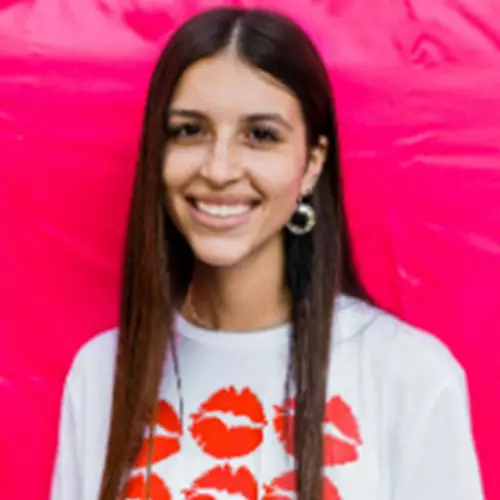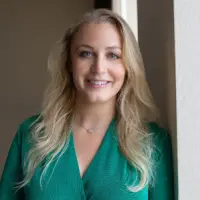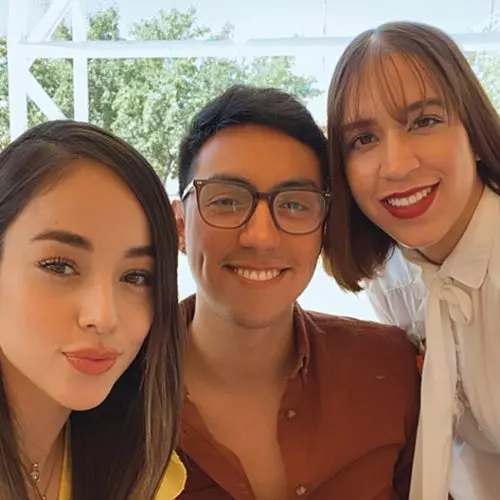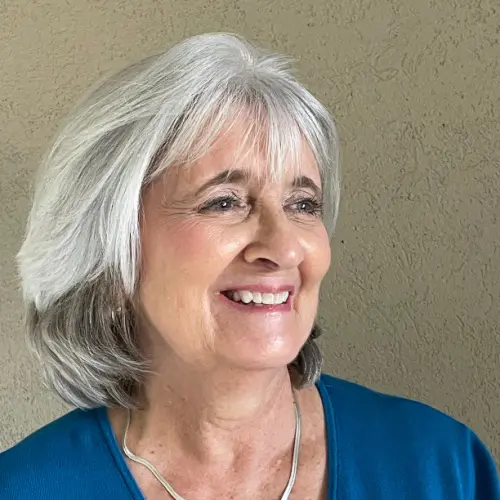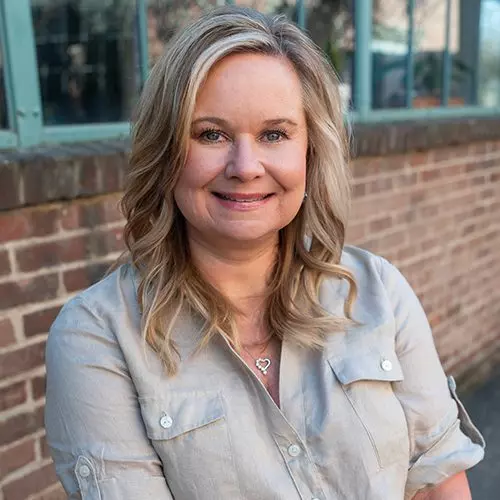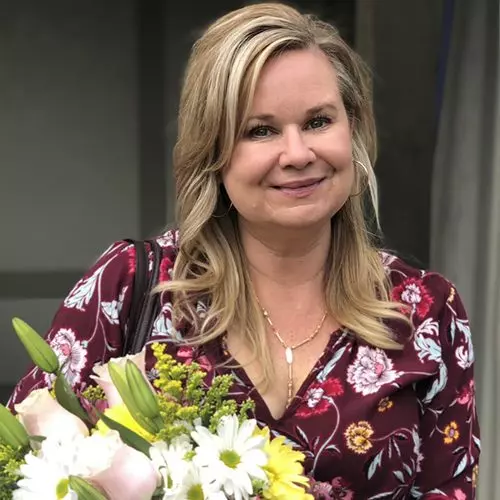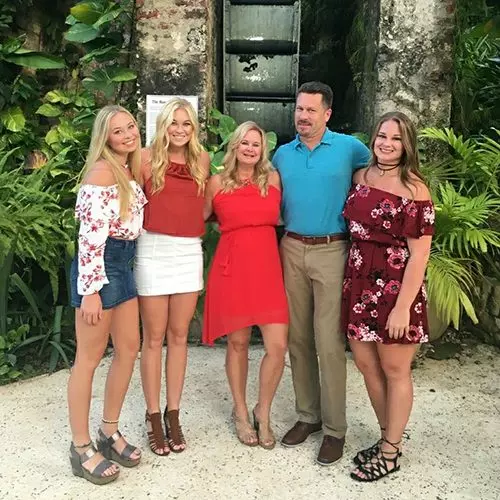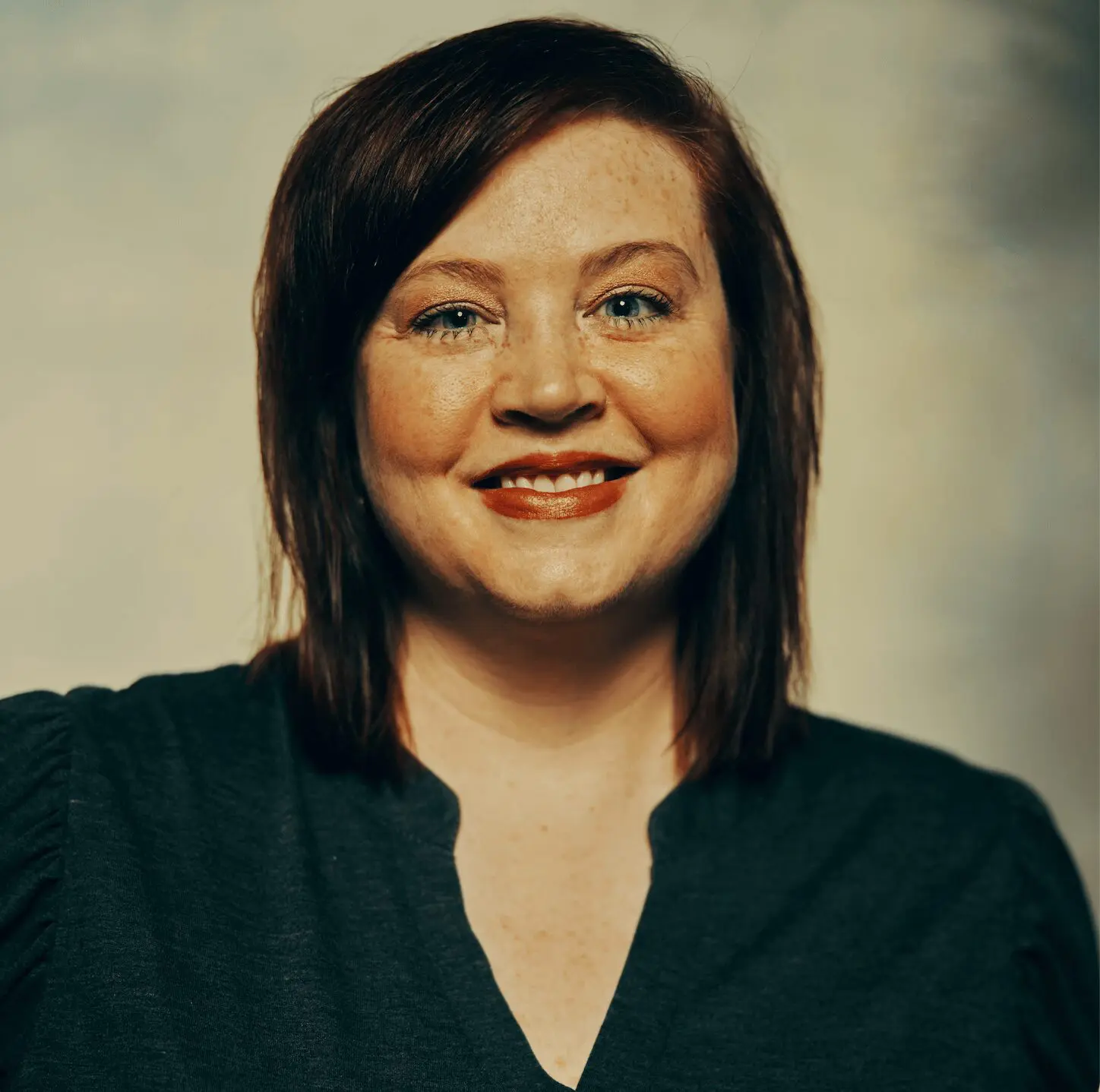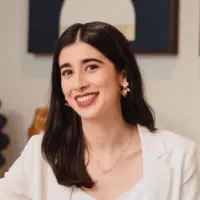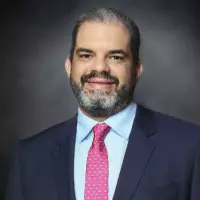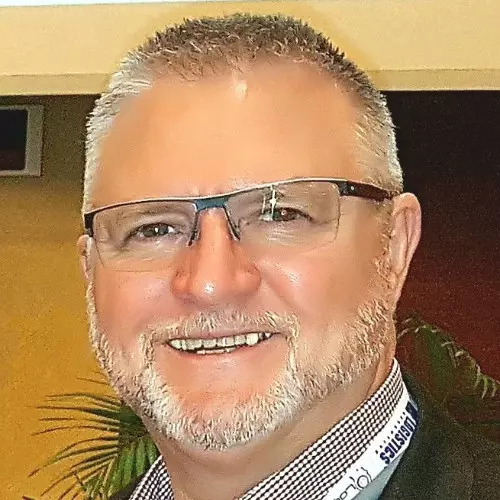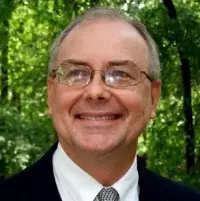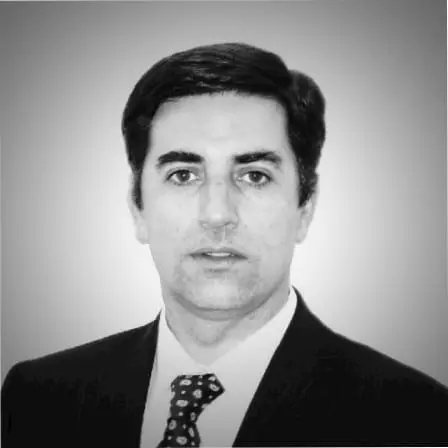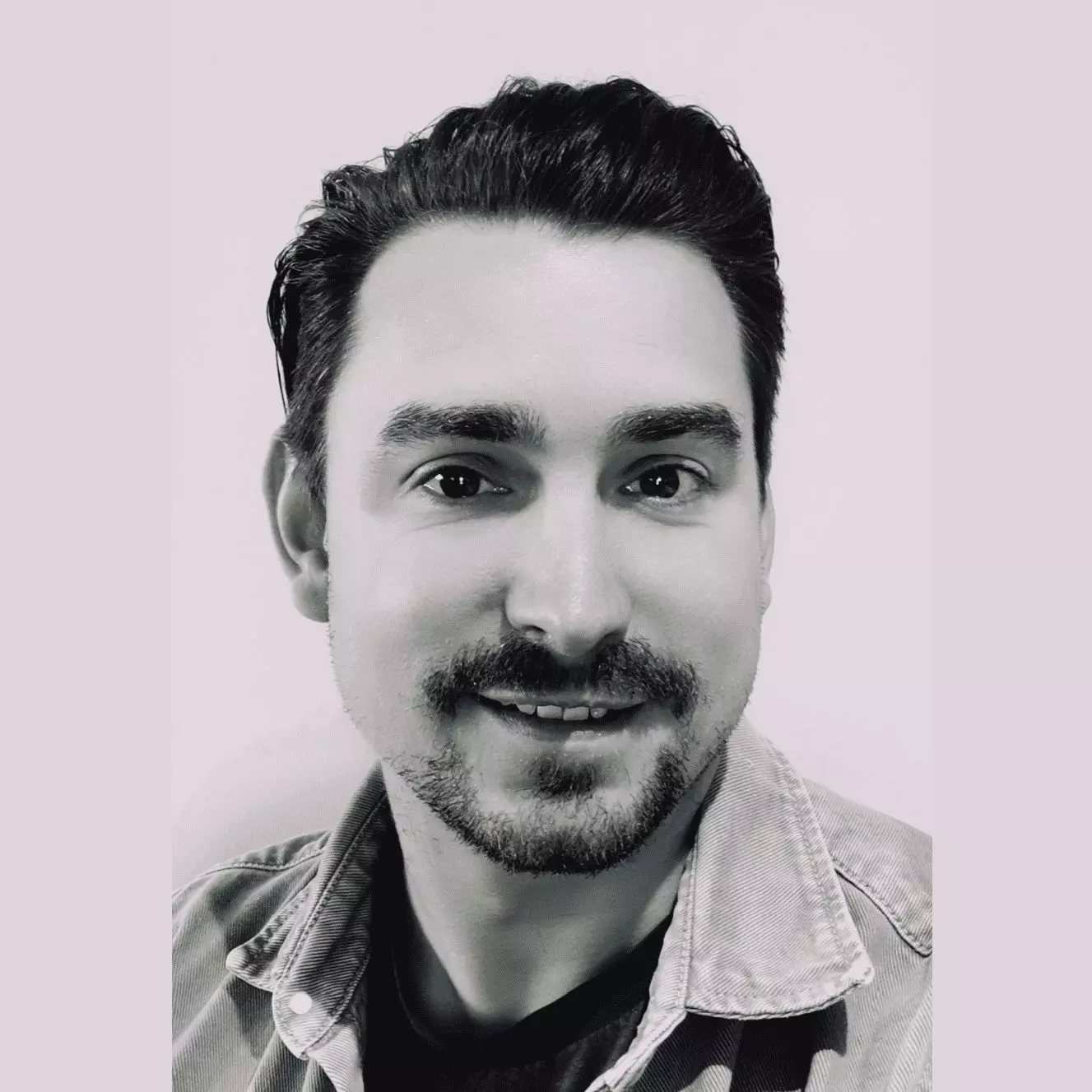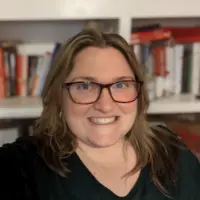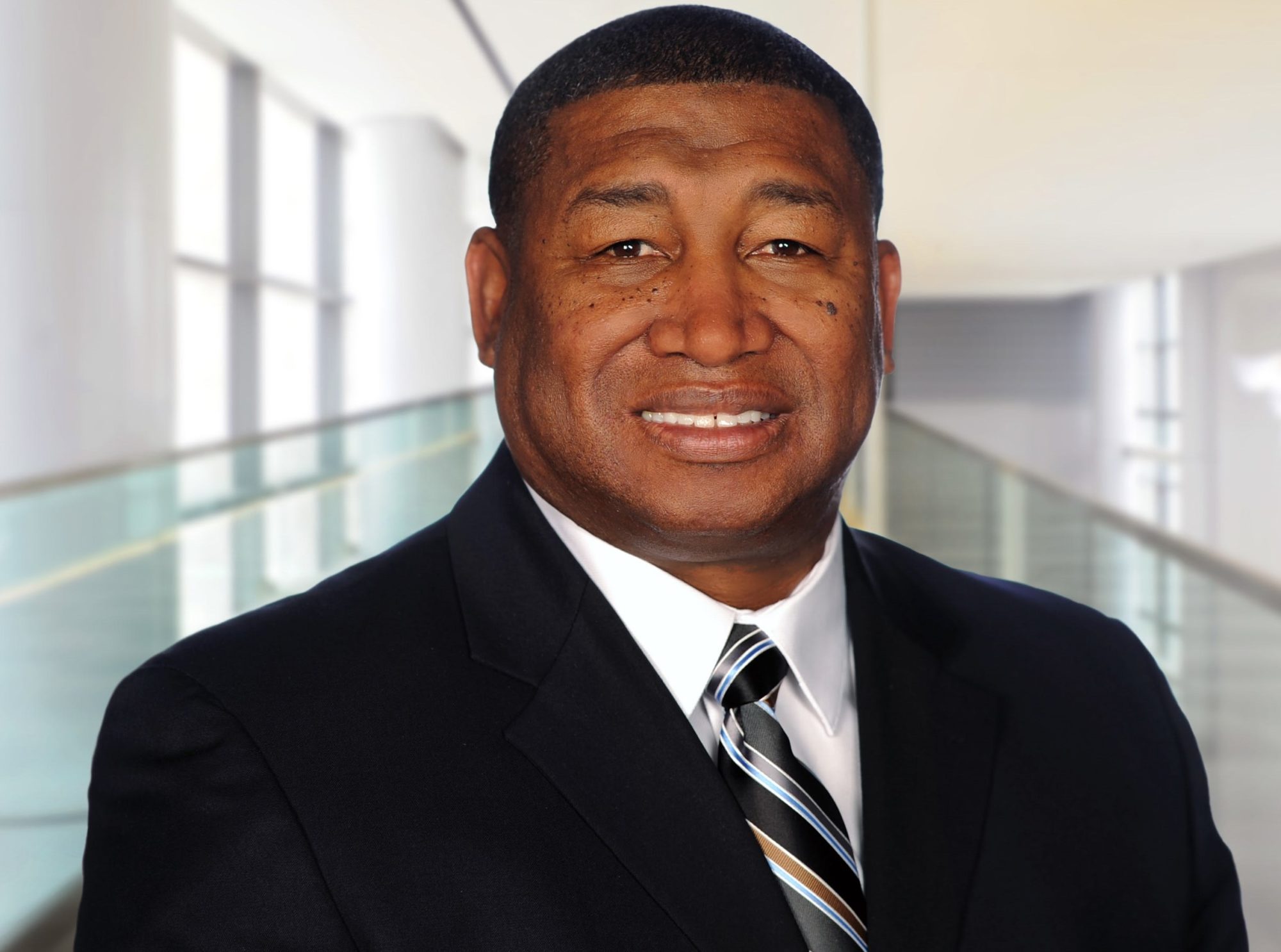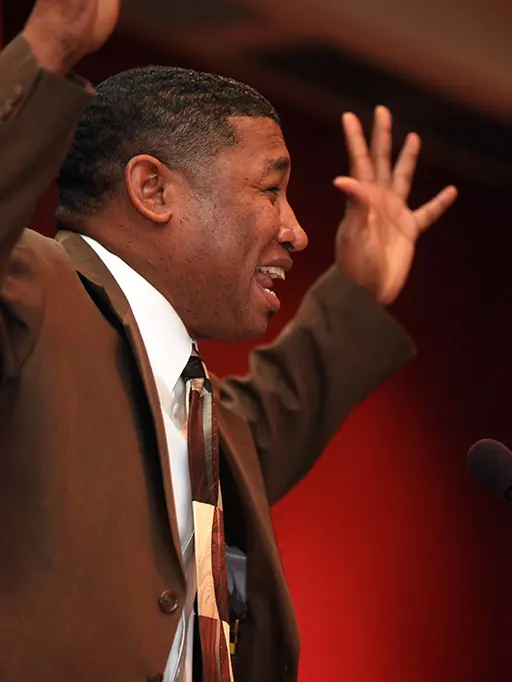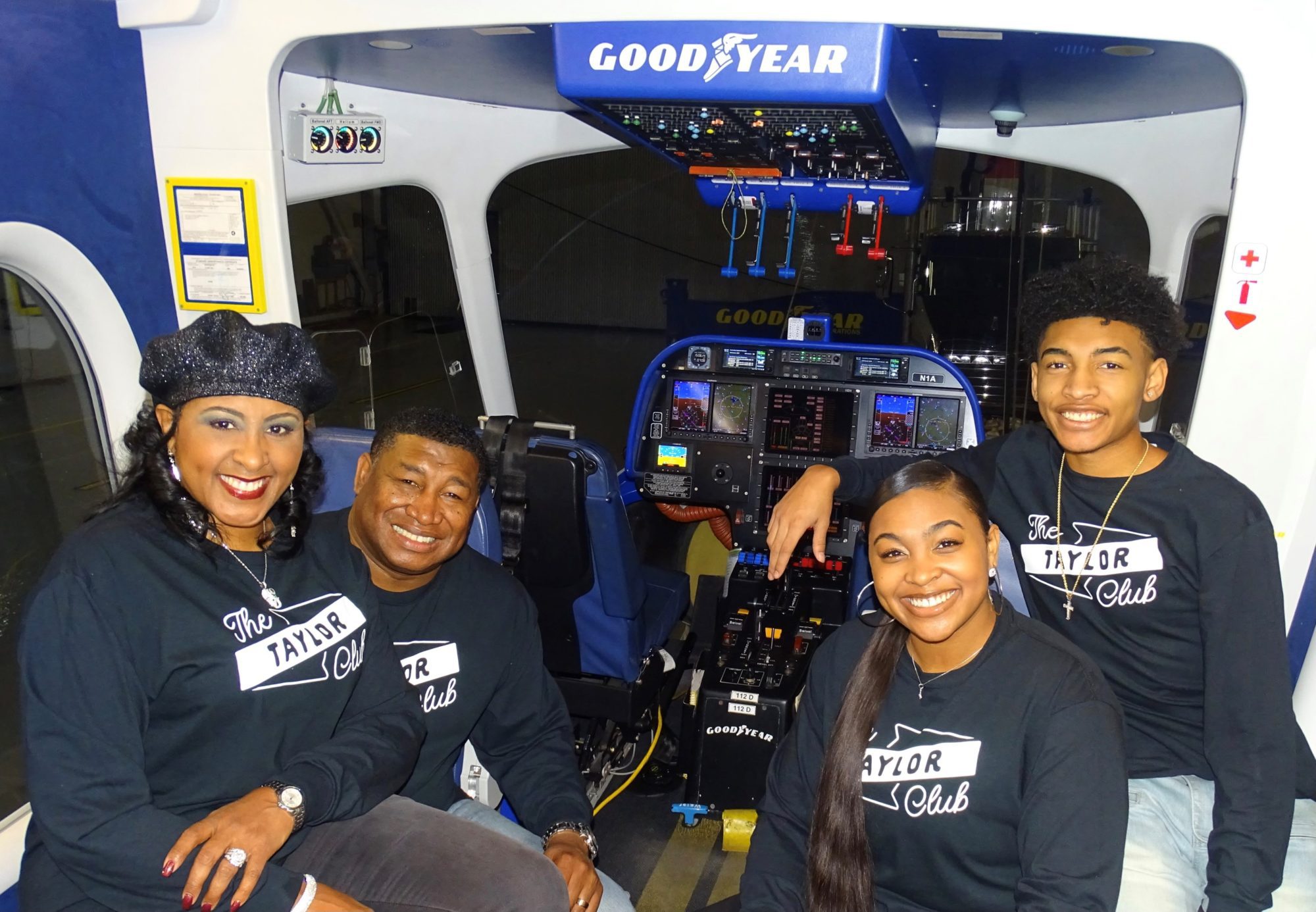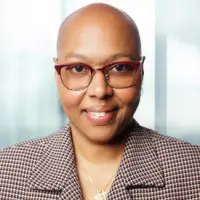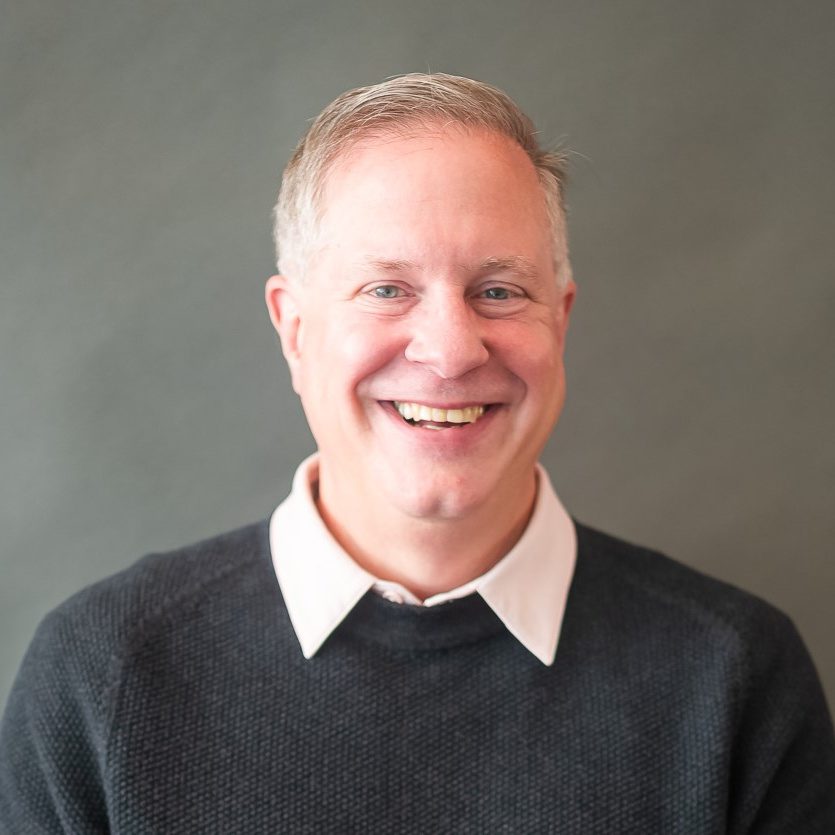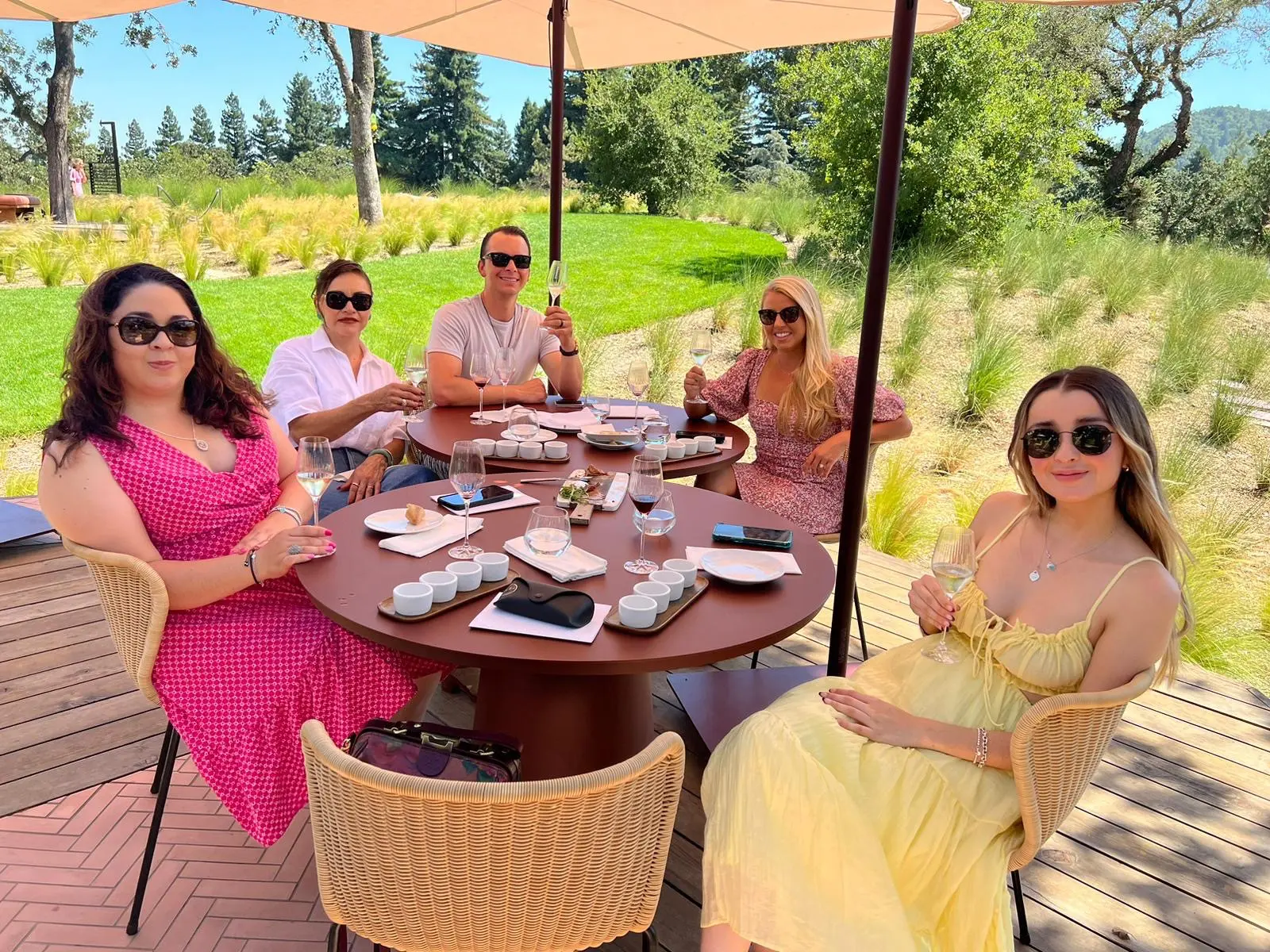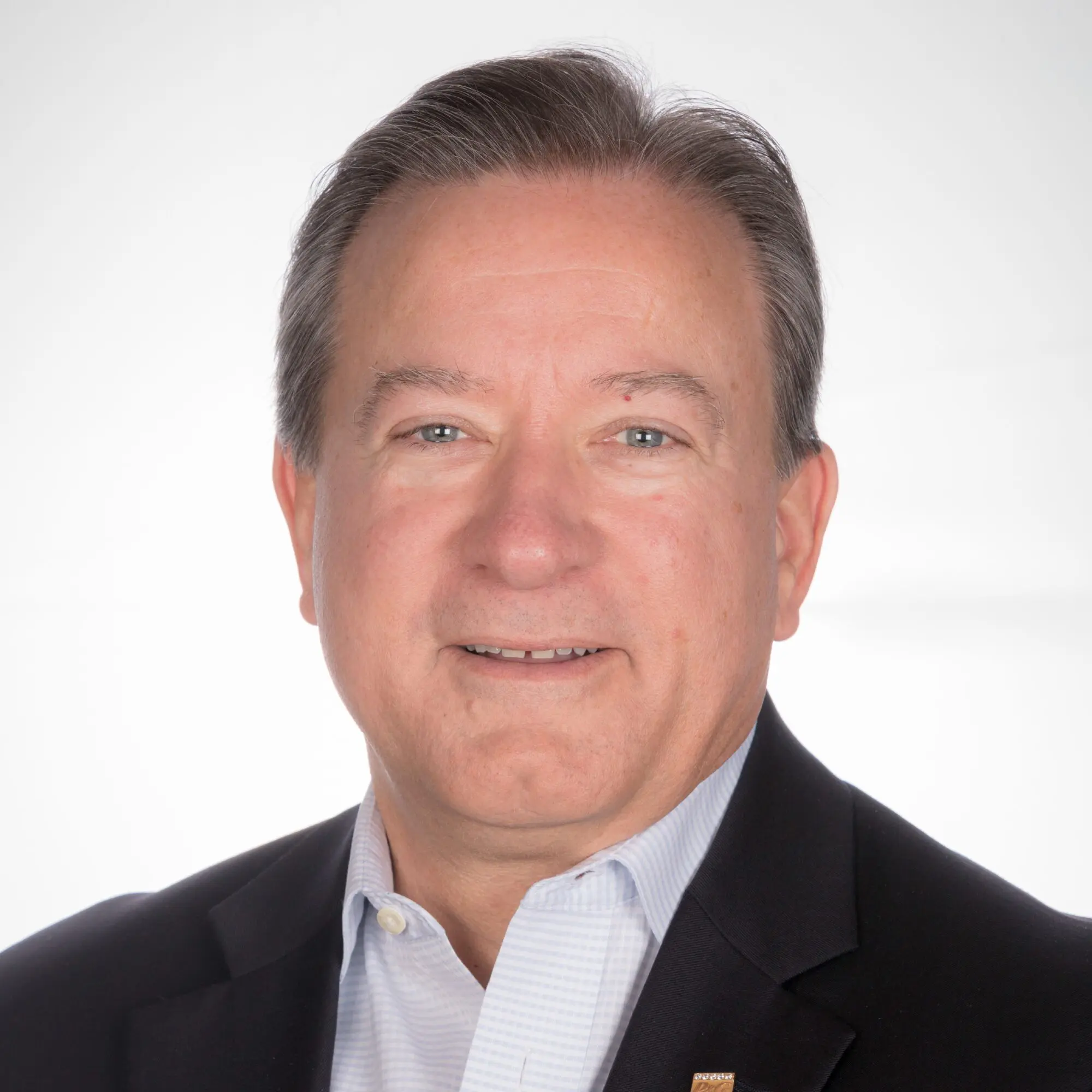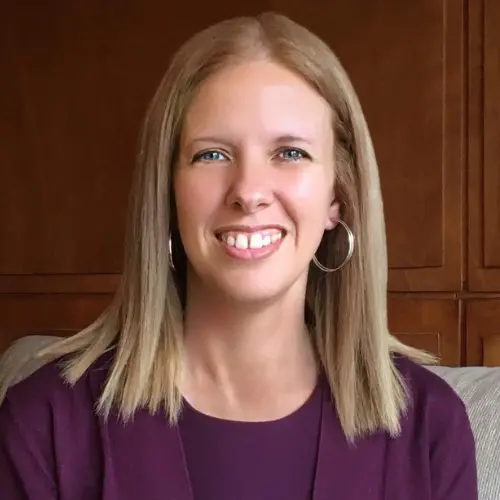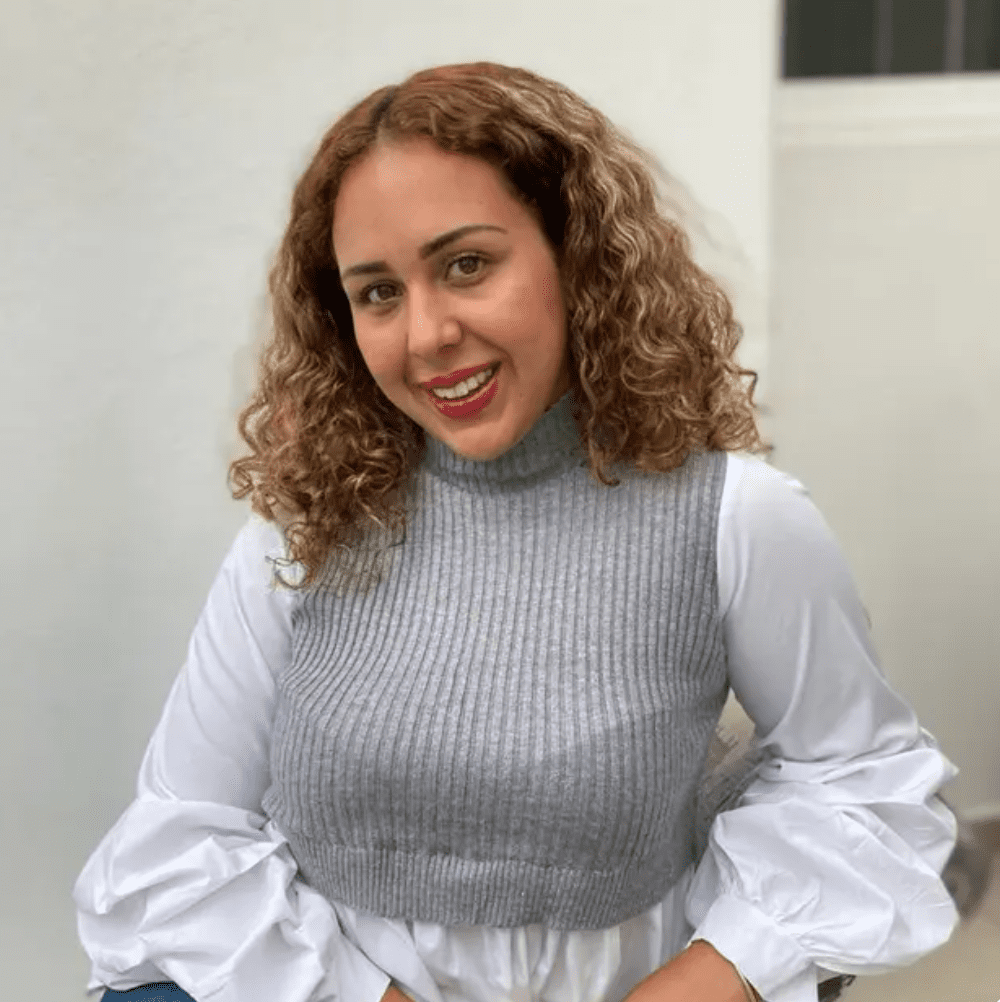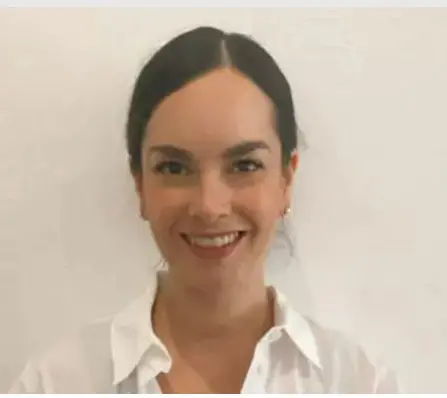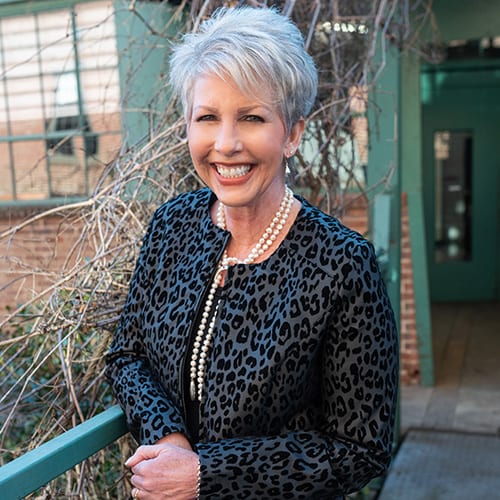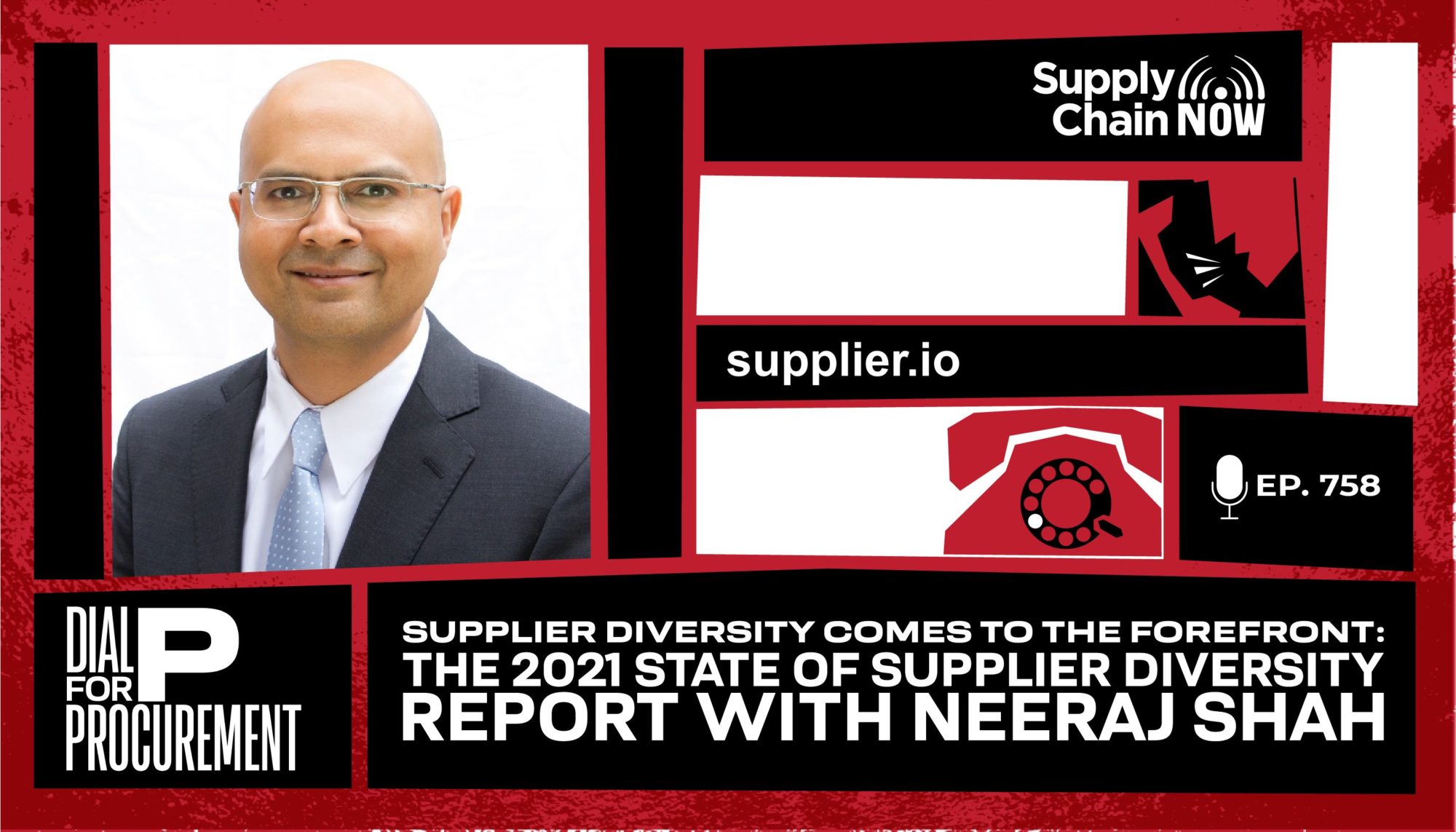
The sooner you mention your supplier diversity targets externally, the more energized your own organization will become - because then you have external people, your shareholders, your board, your customers, holding you accountable.
-Neeraj Shah, CEO, supplier.io
Episode Summary
Of all the initiatives to grab the headlines over the last two years, none has united the global business community like the call for Diversity, Equity, and Inclusion (DEI). For procurement and supply chain teams, supplier diversity presents an opportunity to make an immediate difference in traditionally underrepresented communities and to ensure that their commitment stands the test of time.
supplier.io recently completed their comprehensive annual study of supplier diversity programs across industries and from newly launched programs to those that have been in place for over a decade. Their 2021 State of Supplier Diversity Report not only captures the passion of the moment, but it also reflects trends dating back to 2017.
One of the most compelling findings of the 2021 report is that the number of new supplier diversity programs has skyrocketed. In fact, there was a 60% increase in representation from programs less than three years old. These new programs bring with them fresh enthusiasm and a previously unseen level of executive support.
In this episode of Dial P for Procurement, Neeraj Shah, CEO of supplier.io, answers live questions about the current state of supplier diversity and what will be needed to drive towards a results-oriented future:
– How companies can turn intent into action in a way that promotes competitive advantages and collaborative partnerships with a diverse array of suppliers.
– Why measurement and reporting are so critical to supplier diversity programs’ ability to deliver results and grow meaningfully year over year
– What the most mature programs are doing to continue expanding their impact, including going global, pushing into tier 2 of the supply chain, and investing in supplier development
Episode Transcript
Intro/Outro (00:03):
Welcome to Supply Chain Now, the voice of global supply chain. Supply Chain Now focuses on the best in the business for our worldwide audience, the people, the technologies, the best practices, and today’s critical issues, the challenges, and opportunities. Stay tuned to hear from those making global business happen right here on Supply Chain Now.
Scott Luton (00:32):
Hey. Hey. Good morning, good afternoon, good evening, wherever you are. Scott Luton and Kelly Barner with here own a special Dial P for Procurement edition of Supply Chain Now. Kelly, how are you doing today?
Kelly Barner (00:45):
I am doing great. And I think special is the perfect word, Scott. We really have something important and, I think, fascinating to share with people today. So, I’m thrilled that everybody’s chosen to spend this hour with us.
Scott Luton (00:57):
I’m with you. So, we’re presenting today’s livestream, of course, with our friends over at Buyers Meeting Point. And it’s all about the 2021 State of Supplier Diversity Report where we’re taking on the really important growing topic of the moment, right, Kelly?
Kelly Barner (01:14):
Yeah. It’s enormous. After the last two years, this is one of those things that isn’t new, but it is newly ascendant to the very top of every C-suite agenda. And since it’s an initiative that naturally lives within procurement and to our supply chain in most companies, this is a huge opportunity to not just do the right thing for the business, but do the right thing in a much larger community sense as well. So, this is a great opportunity for procurement to be at the forefront to take a very high visibility role.
Scott Luton (01:47):
Wonderful. Very well put, Kelly, as always.
Kelly Barner (01:51):
I’ve given this a little bit of thought. I’m actually really excited about this today. This is going to be a great conversation.
Scott Luton (01:55):
Awesome. Hey, we can tell we’ve got some heavy hitters already joining us in the comments. Let’s say hello to a few folks. We got to start with Mr. Supply Chain, Daniel Stanton, is in the house.
Kelly Barner(02:06):
Hi, Daniel.
Scott Luton (02:08):
I hope this finds you well. Of course, Daniel has no shortage of projects, but that Supply Chain Management For Dummies has become like a must read for folks in the industry, right?
Kelly Barner (02:19):
Absolutely. There is no shame in being a dummy if you are always learning, Daniel. Great connection.
Scott Luton (02:25):
Thank you, Kelly, for absolving me of all my shame.
Kelly Barner (02:27):
I include me in that too.
Scott Luton (02:30):
Hey, Phil. Phil of Art of Procurement, of course, a big time player in procurement and global business. Phil, great to have you here today. Kelly, Phil is one heck of a guy, huh?
Kelly Barner (02:40):
He is a great guy. It’s a terrific team at Art of Procurement. And we actually have a new member of the team and she may be joining too. So, hi to Helen, if she’s already on the livestream, watching.
Scott Luton (02:51):
Outstanding. And, of course, we’re very appreciative at Supply Chain Now to be partnering with Buyers Meeting Point and Art of Procurement for the 2022, as it were, Supply Chain and Procurement Awards. So, stay tuned for more information on that. May 18th is the new date. We’ve got a really big important educational element that we’re incorporating into that event. So, stay tuned. But, Phil, great to see you here today. Helen Mackenzie –
Kelly Barner (03:14):
[Inaudible].
Scott Luton (03:16):
I got to say, Kelly – and good afternoon, Helen – Outer Hebrides or is that –
Kelly Barner (03:23):
Hebrides.
Scott Luton (03:22):
Hebrides.
Kelly Barner (03:24):
Yes. Off the coast of England. It’s a very beautiful wild place with lots of sheep. Helen, hopefully I represented that okay.
Scott Luton (03:31):
I put the wrong emphasis on the incorrect syllable. Well, Helen, great to see here today from the Outer Hebrides. And, hey, if you’ve got any pictures, we’ll take them. Send them our way. But, regardless, great to have you here with us, Helen. Let’s see who else is tuned in here? We got Chris Minter is back with us. Chris, hope this finds you well via LinkedIn. Let us know where you’re tuned in from. Thomas Larson, it looks like he’s a friend of Phil, Kelly, and Helen. Is that right, Kelly?
Kelly Barner (03:57):
He is. Thomas from Procurement IQ. Bringing out a little market intel spin on today’s conversation.
Scott Luton (04:03):
I love it. I love it. Daniel’s got lots of emojis. I got to find that emoji in the middle, the Groucho Marx emoji. I got to track that one down, Dan. Darraugh Butler – Darraugh Butler, I wonder if the GH is probably silent. If I said that wrong, please let me know. But great to have you here via LinkedIn. And please let us know where you’re tuned in from. Kelly, we’ve got Joseph Yacura.
Kelly Barner (04:25):
Joe.
Scott Luton (04:26):
From Windsor. Is that Canada, you think? Or California?
Kelly Barner (04:29):
California. Yes. Joe is a data quality expert. This is like – what was that old show? – This is Your Life. This is so exciting. I love having all these people. Let’s do another one.
Scott Luton (04:41):
Well, sure. I was about to say, you’ve got the goods on each of these. You got your finger on the pulse of where they’re from and what they do, I love that. Jeannine Heron from Toronto – the beautiful City of Toronto – via LinkedIn, great to see you here.
Kelly Barner (04:53):
Hi, Jeannine.
Scott Luton (04:53):
Muhammed Ismail, great to see you here via LinkedIn. Let us know where you’re tuned into from. Devine from Waco, Texas, great to see you here via LinkedIn. Melissa Gray from beautiful Sedona, Arizona. Gosh, they’re rolling in. We even have Jenny Froome is with us from Johannesburg, South Africa. Kelly, just this morning, Jenny Froome and I were able to sit down and interview or re-interview for the fourth or fifth time Ramatu Abdulkadir, and it was such an inspiring session.
Kelly Barner (05:28):
Aren’t repeat interviews a treat? Isn’t it nice when you’re getting back together with people to have those conversations. Jenny’s excellent on so many of the Supply Chain Now episodes.
Scott Luton (05:37):
It is wonderful. I’m going to shoot through these really quick. We’ve got a big time guest that is going to be joining us here today. We’re going to welcome Neeraj Shah, CEO of supplier.io, momentarily. I’m going to shoot through these really quick to get as many in as we can, Kelly. And then, folks we want to hear from you throughout the hour long conversation. We’ve got a lot of things between Neeraj and Kelly, insights to share, but we want to get your take on them. So, hopefully, you all packed your point of view, your POV, here today. So, Rodney is tuned in via LinkedIn from Atlanta. Alfredo from Dallas also via LinkedIn.
Kelly Barner (06:09):
Great enthusiasm.
Scott Luton (06:11):
Richard, “Howdy from the Wizard of POS.” Point of sale or is that – so, Richard, let us know. We love our acronyms. Update us. That might be a geographic acronym. But great to have you here regardless. Lynette is tuned in from Hershey, PA, the capital of the chocolate world.
Kelly Barner (06:29):
Hello, Lynette.
Scott Luton (06:32):
Saken is tuned in from Massachusetts via LinkedIn. Felecia Przybyla from Sunny Sacramento, of course, with our friends at the Reverse Logistics Association. Man, we’ve got a lot of other folks. Welcome everybody. And, again, we want to hear from you throughout today’s session.
Scott Luton (06:48):
So, Kelly, we’re going to be bringing in a wonderful guest. Let me ask you really quick, what is one thing you’re looking forward to the most out of all of the information, data, and thought leadership that we’re set to hear from Neeraj here momentarily.
Kelly Barner (07:04):
So, what I’m excited to hear. There is so much data in this report. It is the most comprehensive report I’ve certainly seen around supplier diversity. I’m interested to hear what is the one thing of all of that that really stands out for Neeraj.
Scott Luton (07:20):
I agree with you. I think we’re set to learn a lot –
Kelly Barner (07:22):
I do too.
Scott Luton (07:23):
– from the research and his expertise and thought leadership with Neeraj and the team over at supplier.io. So, with no further ado – one more second, Enrique Alvarez, who, of course –
Kelly Barner (07:33):
Hi, Enrique.
Scott Luton (07:35):
– he leads Vector Global Logistics. He also leads Logistics With Purpose and Supply Chain Now in Español. I’m not sure where he finds the time in the day, but great to see you here, Enrique. All right. So, welcome everybody. So, speaking of welcoming everybody, let’s welcome in our featured guest here today, Kelly, Neeraj Shah, again, CEO of supplier.io. Neeraj, good afternoon. How are you doing, sir?
Neeraj Shah (07:58):
Good afternoon everyone. And I’m glad to see there are people from all over the world. So, good afternoon, good evening, good morning wherever you are.
Scott Luton (08:07):
That’s right. Well, you know, Kelly, there’s so many neat stories. I love when I see all these towns and countries pop up, different regions of the world, because we could talk food, and music, and supply chain, and business with them all. But for today’s conversation, again, we want to hear from y’all. But today, we’re going to start with Neeraj and, upfront, we’re going to kind of get to know him a little better, right?
Kelly Barner (08:31):
Yes, we are. Absolutely.
Scott Luton (08:33):
So, Neeraj, we’re talking about this pre-show – three entrepreneurs here – I’m always intrigued with entrepreneur journeys as it were. So, tell us a little about your entrepreneurial journey.
Neeraj Shah (08:45):
Yeah. Absolutely. So, my entrepreneurial journey, like most people, part of it was dumb luck and part of it was planning. And, you know, I’ve always been a small company guy. And at some point, you kind of know you want to start a company. I’m lucky I had a lot of experience before I started my own. I’ve worked with small companies throughout my career. And then, when I finally started mine right after I crossed the 40 mark and realized I wanted to do something, like check some things off my bucket list, I started my company. And one of the things when you’re starting that late, the positive side of it is you have a lot of experience, but the negative side of it is you don’t have too much time.
Neeraj Shah (09:23):
So, I wanted to do something that was meaningful, that brought me joy, brought the people who worked in the company joy, it was meaningful to our customers as well. And on the flip side, also, pay the bills. You got a kid to send to college, you’ve got mortgage to pay, and retirement to fulfill. So, we’ve been lucky enough to kind of have that work out for us.
Scott Luton (09:43):
I love that. And as a quick follow-up question, we’re going to talk about supplier diversity. But before your answer, I want to pull in Darraugh’s comment here as we’re talking about what we’re excited to learn more about today. Darraugh says, “Looking for current data and stats that will continue to support the business case for supplier diversity and equitable inclusion.” Hey, Darraugh, you’re going to be in luck here, so really appreciate it.
Kelly Barner (10:03):
You have come to the right place.
Scott Luton (10:04):
That’s right. Okay. So, Neeraj, it begs a question for you. Why supplier diversity?
Neeraj Shah (10:11):
That’s a great question. Again, I would say part of it is luck, part of it is how life kind of brought up, and part of it is choice. You know, I got into supplier diversity when I started at CBM. They were one of the pioneering firms that is putting systems in place for supplier diversity. And that was my first introduction to it. So, that company grew and we exited out of it.
Neeraj Shah (10:30):
But when I started my own company, when I was looking for something that was meaningful, I found supplier diversity was meaningful. That not only helped me run a business, but also affected many other smaller businesses that were in the similar situation as ours trying to start up, underrepresented in many situations. And it was a great program that had more meaning than just, “Hey, let’s run a business and make some money.” So, while I got introduced to it by a lot, but the fact that I chose it, again, was more because it essentially gave me joy and made something that I was doing much more impactful just for me. And, also, the benefits, hopefully, we bring to other diverse businesses out there.
Scott Luton (11:11):
I love it. Lots of passion and a massive intersection there, Kelly, from what I heard. Hey, really quick, I want to share this from Daniel, he’s interested in different definitions and approaches to supplier diversity around the world. And Jenny says, “You always get what you are looking for and more when tuning in here, that’s for sure.” Hey, maybe from Jenny’s lips to you twos ears, because they’re still looking for what – all right. So, Kelly, where are we going next with Neeraj?
Kelly Barner (11:39):
So, I guess, Neeraj, to connect your story with where we sort of find ourselves today, I think it’s important that you shared that this has been part of your background for awhile working in supplier diversity. So, unlike so many of the people that have maybe joined the movement or awaken to the movement over the last couple of years, you were already working in this space. And so, I’m curious from your perspective, what was it like seeing this space that you’ve been working very hard in for a long time, suddenly rocket to the top of everybody’s priority list, suddenly on the front of every newspaper. What was it like to be in a space and, all of a sudden, find everybody jumping in to join the conversation, practically, overnight?
Neeraj Shah (12:21):
Yeah. It was very interesting to say the least. Because when you see this happen, it did not actually happen during the time of pandemic and the Black Lives Movement. So, some of the events that kind of triggered it were not the most positive events, but the results that came out of it definitely happened very positive. The great thing about it is that, you now see companies that are proactively looking at this as a way of making true impact and true change. Something that’s been said for a long time, but not widely adopted, other than some of the larger corporations. But, now, it’s something that has come to the forefront. The need of it is very apparent. And being in a space that you suddenly see that kind of the light bulb goes on for a huge group of people is joy. I mean, there’s nothing more certain than that.
Neeraj Shah (13:08):
But the number of people that are coming in, the number of people who truly believe that this can make a difference is great to see. I got started in supplier diversity 20 years ago, where you would say the phrase supplier diversity and you have to kind of explain what that meant and why would it be necessary. Today, people don’t question that it’s necessary. The more question when you say supplier diversity, it usually says, “All right. Great. We’re on board. How do we get started and how do we truly make a difference?” And that changes has been very positive. And it’s something, for me, to kind of have been through the whole journey where you’re trying to convince people to now say, “Hey, this is exactly what we want.” It’s been very fulfilling to kind of be able to see that.
Kelly Barner (13:46):
And even from the perspective of the research, this is not by any means supplier.io’s first State of Supplier Diversity Report. It’s actually the fourth, and you have five years worth of data that you’ve pulled into the report. So, again, kind of going back to this from your perspective, watching things change, knowing what you had studied in the past and the kind of data that you had collected and the trends and things that had been revealed, as you started to watch the results come in this year, was there anything in particular that you were either looking for in the numbers or anticipating that you would see as a new trend? Were there any guesses or projections that you and the supplier.io team had? And were you right? You know, was it easy to kind of guess some of the changes that would come through this year?
Neeraj Shah (14:35):
Yes and no. There was one big surprise – which I’ll share – that came through. So, one of the things that we obviously we’re seeing just in our business and kind of reflected in the report was, the number of programs that were coming up. So, we’ve been doing this for four years and this has been the largest response we’ve gotten ever to this report, so that itself kind of shows how many people are interested in it.
Neeraj Shah (14:58):
The second thing we saw was just the different variety of companies. My speculation was, yes, we would see more people coming in, but this would be usually some of the larger companies, companies that have traditionally had supplier diversity programs, or time, or had monies and resources coming into that. But that was not the case. So, almost 47 percent of the people who responded to this survey had less than $500 million in or half-a-billion dollars in U.S. procurement, generally much smaller than what we saw traditionally as companies that actually limit supplier diversity program. So, that was a surprise for me because, you know, in our mindset, we were like, “All right. This is the realm of larger companies, companies that have a lot of money where they can allocate in different places.” But what the trend then was great to see. And something that was surprising as well was this is not just restricted to, “Hey, these are big companies that are implementing supplier diversity programs. It is across the board.”
Neeraj Shah (15:53):
So, that was not something we had guessed. We had guessed that the volume would be higher. But the fact that it was not just larger companies, but everybody across the board, essentially, accepting that this is something that they should be doing to whatever extent that they have. If you’re a larger company or spending obviously many more dollars, but even as a smaller firm, I am looking at saying, “How can we allocate spending to supplier diversity?” That was a surprising insight. And that was great to see that that’s happening across the spectrum there.
Scott Luton (16:22):
Hey, Kelly, if I can chime in. We’ve got a great question from Kevin L. Jackson. Kevin, of course, leads our Digital Transformers series here at Supply Chain Now. And he’s got a great question, “How do you deal with the different interpretations of supplier diversity in different societies around the world?” Neeraj?
Neeraj Shah (16:40):
That’s an awesome question. Supplier diversity in the U.S. is now well-accepted. People say supplier diversity, especially if you’re talking to somebody in the procurement space, they understand it. The other flip side is, sometimes people don’t appreciate as much as the suppliers understand it. So, when you go to somebody and say, “Hey, this is an advantage for you to use this as a channel for you to market your business, to get it for the whole, to use additional resources that companies are providing to you to reach out,” that’s a big thing that makes the network work because you need not just the corporations, you need the diverse businesses as well. And when we go outside the U.S., yes, the definitions are different.
Neeraj Shah (17:20):
But I think as Kevin mentioned, he didn’t say the definitions, he said the interpretations are different. Which is, many more companies now accept supplier diversity. And, you know, based on the reason that they’re in, the types of categories might be different. In a women-owned business, it’s generally universal. A minority of businesses, the definition might change based on where you are, veteran-owned businesses, small business, and so on. So, some of the definitions change.
Neeraj Shah (17:43):
But the bigger challenge we see outside the U.S. in terms of the interpretation of supplier diversity is the second half of the network justifiers. Many suppliers today, either are not aware of supplier diversity, or even when they are made aware of the fact that these resources are there, sometimes don’t engage or don’t appreciate why they should engage.
Neeraj Shah (18:03):
We had one customer that was trying to do this globally, and they brought in suppliers that they knew were diverse, who failed to identify themselves as such because they said, “Well, why should I? Why can’t I be treated just as another business?”
Neeraj Shah (18:15):
So, as you go outside the U.S., the definitions changed, and I think that’s a solvable problem. Like, we try to get finishes across over a hundred different countries. But when you go into actually making that intention into reality, some of the roadblocks you run against are less about whether your company is accepted, whether your suppliers are aware of it, and if they can participate in as well. So, that’s kind of where we look at global interpretation changing a little bit for supplier diversity.
Scott Luton (18:46):
All right. I appreciate that question, Kevin. And thanks for taking and offering up your response, Neeraj. Kelly, where are we headed next?
Kelly Barner (18:55):
So, we’re going to start with the current state. So, today, we’re going to use this time with you, Neeraj, to talk a little bit about the current state and a little bit about the future, because that’s where some of the really interesting results that we can interpret come from in the report. And to that point, for everybody that’s joining us, we’re going to be putting the link so that you can download that report into the chat. Thank you in advance to the production team for doing that. You just have to promise not to go start reading it until we’re done talking about it.
Scott Luton (19:25):
Kelly, it’s like – is it Prego, “It’s in there”? Was that their tagline back in the ’80s? They’ve already dropped it in the comments twice, and I’m sure a couple more times coming. So, Kelly, it’s in there.
Kelly Barner (19:38):
Perfect. So, Neeraj, you talked about the fact that there’s been this huge influx of new companies. So, where in the past, I believe it was 42 percent of the companies were sort of in the ten years plus the very mature range. That number of companies has stayed the same. But, now, there’s this huge juggernaut of companies entering. So, 40 percent of the companies, I think it’s two years and under, are now sort of that same portion of the community. How have you seen evidence that their energy, their intent, their enthusiasm, and, frankly, their new approach is starting to maybe drive some changes in the movement as a whole?
Neeraj Shah (20:19):
Yeah. So, you know, the influx of new companies has definitely changed, at least, on what we see a lot of how supplier diversity has been traditionally perceived. And even some of the approaches that are there, because, as I mentioned earlier, many of the new companies coming in are also smaller companies. So, some of the tools, some of the resource, some of the access to budget and other people that larger companies traditionally had, those are not available to many of these younger companies.
Neeraj Shah (20:50):
So, as new companies come in, I see two things. One is, they are coming in with a lot of executive support already there. This was something, traditionally, that companies have to kind of fight for and bill to say, “No. This is something that’s important. Please, let’s kind of focus on this.” But the new entrance have that built in, it’s the CEOs, the CPOs, and the boards that are asking for this program to come in. So, that’s a huge advantage that they have.
Neeraj Shah (21:19):
But then, the next step comes in, is, when you have the will to do it, now you need the tools and the structure and the processes to be able to do it. And that’s where we’re seeing this big gap where a lot of companies have adopted supplier diversity metrics and supplier diversity goals. But putting that infrastructure in place, doing the hard work of saying, “Well, all right. Now, we have these goals, how do we implement them?” There’s this big knowledge gap that exists between companies that have been veterans that have been doing it for a long time and the companies that are new that are starting to kind of build out their programs. And so, that’s one thing that, I think, the two types of companies can actually work well together and share resources and kind of learn from each other as well.
Neeraj Shah (22:02):
But the other thing we’re seeing is, a lot of new and different ways of looking at supplier diversity as well. Because when you’re a smaller firm and you’re coming in, just the dollar amount can’t be something that you measure because they may not be very large. So, if you’re a $100 million company and you say we spend $10 million with different businesses, in most cases, that looks like a small number, because there are companies that claim to spend billions of dollars. So, we see a lot more trend towards saying, “Well, let’s not look at the absolute number and let’s start looking at percentages. And can we hit 5, 10, 15 percent of our spending with diverse businesses.” And that just is great accomplishment, as if it might be that you’re hitting a billion dollars with diverse businesses.
Neeraj Shah (22:47):
And the second thing is the types of things companies are starting to look with supplier diversity is also shifting. Previously, it was, as I mentioned, dollar value. Then, I think we’re seeing a lot more adoption of percentages. But then, the third thing we’re seeing is kind of broadening the definition of supplier diversity, which is, you’re not just asking how much money are we spending with diverse-owned businesses, but now you’re going into your other businesses that are not diverse, and saying, “Well, tell us about your workforce. Is your workforce diverse? Do you have equal representation or equitable representation in your board, in your leadership, in the overall teams? So, a real definition of what people are looking at supplier diversity is also starting to change.
Neeraj Shah (23:28):
So, a lot of new movement coming in. I think, at least on the products we’ve released, we’ve probably released more new products in the past year than ever before just because the types of needs and the types of definitions of people are coming up with is shifting the trend quite a bit.
Scott Luton (23:44):
Wonderful. Hey, Kelly, before we continue on, I’ll get a couple of comments here from our sky boxes. Helen talks about how there’s more emphasis on veterans in the U.S. when it comes to supplier diversity. That’s a great call out there. Larry – great to have you back – from Albany, Georgia – I think I said that right, I always get it wrong. Albany, I think I got put more emphasis on the second half there. But great to see you. Darraugh talks about, “More work on closing that gap and how to do it in a sustainable way is a huge need.” And that’s a great call out because you don’t want to have a big win in 2021 and not be able to continue it forward in how the company operates embedded in its culture. And, finally, the important stuff – I’m not sure who this LinkedIn user is, but he or she is particularly thinking about spaghetti sauce – “It was Ragu and those commercials were contemporaneous with the Prego brand commercials.” I think I was combining Ragu and Prego, but thank you for that. Okay. We got to maintain our sense of humor in today’s supply chain, for sure. All right. So, Kelly, where are we going next?
Neeraj Shah (24:43):
Kelly, if you don’t mind, I’d like to kind of point on what Darraugh said – and I hope I’m pronouncing the name right. And that’s common that you made up how to do it in a sustainable way is, essentially, the theme of our state of supplier diversity. Many programs started out with great intentions. But for them to become sustainable, to become adopted as something that goes beyond just 2020 or 2021, they have to kind of transition from an intention into something that’s practice day in, day out. So, I think that is the theme of when we see supplier diversity kind of maturing – not maturing – in the next few years, if that stage happens where companies transition, you know, we’ve started these programs now actually making it as a normal activity as part of their normal sourcing exercises. I think that’s the big transition we want to kind of hope to see and drive [inaudible].
Kelly Barner (25:37):
Absolutely. And to that point, and, again, exactly, Darraugh, with the sustainability idea, you can’t have sustainability without ownership. And Neeraj, according to the report, 85 percent of the respondents see supplier diversity as a procurement-owned initiative. So, even if there happens to be a cheap supplier diversity officer, or a vice-president, or a director of supplier diversity, when it comes to execution, we’re really looking at procurement. And it sounds like from what you’re saying, it needs to become just more part of the way we work, that the more procurement can do to sort of integrate that into existing processes and objectives. Are you starting to see evidence, either because procurement’s technology has come so far or our processes have matured, that procurement finally is in a position where we can say this isn’t a special side initiative that we’re going to do when we think the conditions are right. This is something that we’re going to do all of the time, back to your point, about percentages versus maybe dollar amounts. What are you maybe seeing stand out within the procurement community there?
Neeraj Shah (26:46):
Yeah. I see procurement being a lot more intentional about supplier diversity. Traditionally, you have a supplier diversity team or a supplier diversity function, in most cases, they own supplier diversity. And anything that came through was driven by them, finding suppliers, tracking metrics, working with business owners. The responsibility fell onto more supplier diversity managers. But, now, I wouldn’t say we’re fully there yet, but I see a lot more procurement teams kind of trying to take that and make it more of a shared responsibility. Because to the earlier point of it being a sustainable practice, like, I saw Jamie on this, and she used to work at United Rentals. And you’re looking at large companies here. And large companies, one person can not manage procurement of billions of dollars from diverse businesses. It has to be something that is part of your standard process.
Neeraj Shah (27:43):
Maybe one of the interesting data points we found that, even today, even with all the right intentions, in 76 percent of the cases, most procurement teams do not have sufficient time to go and look for diverse businesses to include them. So, that says that there’s work to be done. But I think, what we see in all the conversations we’re having, it’s not just one person coming to the table and saying, “Hey, I want to have a supplier diversity program.” It’s more sourcing team that’s coming in. We’re seeing a lot more sourcing practices. We’re seeing, in several cases, the CPOs come in, vice-president of procurements come in, that are saying, “Hey, this is something we want to do.” And so, the trend towards it being something that is included as part of standard processes has started. The momentum is there. I hope it kind of continues to go that way.
Scott Luton (28:27):
Kelly, really quick, we’re getting a ton of comments and I want to represent the folks in the sky boxes as I know it’s important to all of us here. Terrell Smith says, “Love the trend of expanding supplier diversity to also consider workforce diversity. It’s an awesome thing to expand the impact of diversity in our supply chains.” I’m with you there. Janet says, “It’s so important to measure the percentage of total spend,” which is what Neeraj was talking about earlier. “It helps to raise awareness when leaders learn that upwards of 97 percent of their spend is with white male-owned businesses.” Great point there, Janet. I want to target this one here. Donovan says, “Targets are a strong focus to drive intentionality. Are there any suggestions to also help articulate the value of expanding target/goals in supplier diversity? i.e. cost savings innovation, you name it.” Neeraj, any comments on that?
Neeraj Shah (29:19):
Yeah. So, you know, this all points to, I think, an earlier point somebody had mentioned was around business case. What are the reasons why companies are implementing supplier diversity? And we this time ask the question in two ways, which is, what are the benefits that you feel are coming to your company? And second one is, what benefits do you see externally? And I think both of them kind of go into why target should be increased. And when you look at the internal aspects of it, the biggest reasons we got was, it aligns with our corporate culture. And, also, that it drives innovation and cost savings. So, those are the top three that were there. So, many companies are kind of measuring along those lines in saying that we exceed benefit out of it.
Neeraj Shah (30:03):
From an external point of view, sometimes this is a corporate social responsibility that we should be kind of tracking as well, and then brand awareness comes in. But one aspect that everybody mentioned was that it impacts the community. That sounds like a corporate social responsibility type of initiative. There’s an article or a link that we can share which was by the Kellogg Foundation which said that, if you’re able to close the equity gap that is just in the minority-owned business segment, then in the next 30 years, we create an additional $8 trillion in the U.S. economy. And those are not small numbers. That’s like bringing five more force. That’s bringing, you know, another six more Googles in there. I mean, there’s the number of the scope of what you can do in that kind of growth in just the GDP portion is gigantic. So, yes, the goal of it is we’re impacting communities, but really you’re creating new customers regardless of the business you’re in. The analysis kind of show that you could have the size of three more McDonald’s come in if you just, you know, close the gap in those areas.
Neeraj Shah (31:16):
So, the impact, while it may look at corporate social responsibility, essentially, you’re kind of enabling future customers to buy more of your products. And I think that’s sometimes kind of missed out on this. But if you look at targets that are there, either if you look at it from an equity portion of it, the numbers that somebody had shared, you know, only less than 2 percent of spend goes to diverse businesses on an average. Our data shows slightly higher, but the numbers are in that range. And so, from there, you can say that that’s not equitable either. But, secondly, from the fact that what you’re doing is making a difference in the community that’s not going to buy your products, and there’s an update that show that regardless of the industry you’re in, if we’re able to close that gap, you will create a lot more customers for your products.
Scott Luton (32:00):
Wonderful. All right. Kelly, sorry I’m interjecting with a lot of comments. I can’t even get to all of them.
Kelly Barner (32:05):
There’s so much to say on this topic. It’s hard not to.
Scott Luton (32:07):
Lots of passion and lots of purpose. Where are we going next with Neeraj, Kelly?
Kelly Barner (32:12):
So, actually, I think we’re going to continue on this trend of looking forward, Neeraj. You talked about the Kellogg’s findings of what we can do over the next 30 years if we’re able to readjust some of our priorities. And maybe even pulling Donovan back into this, you know, when we look at different ways to track and measure, part of it comes down to company performance. But some of it is making sure that people have an individual stake in the difference that’s made around supplier diversity. And one of the findings that I thought was interesting from the report is this idea that more and more companies are moving to not only get executive level buy-in, but to actually put performance metrics into executive level performance reviews. Is that something that has really picked up pace this year? Is it something that’s been building steadily over the last few years? Because I’m interested in this idea of connecting it on the individual level around targets.
Neeraj Shah (33:09):
Yeah. So, it has been picking up. This was one of the areas where I thought, you know, we didn’t see that as much progress as I was hoping, which is companies have a lot of attention in doing the right thing. But I think we’re still in the early stages for putting in all the – again, I’ll just keep saying the phrase – infrastructure or framework underneath it. And that kind of encompasses a lot of things, it’s tools, processes, practices. And as part of that, when you come to the people aspect of it, it is incentives. And, often, to drive an initiative to its full potential, you have to align management incentives along those lines.
Neeraj Shah (33:47):
So, the numbers for the number of companies that have added management incentives, it’s definitely gone up. Now, it’s about a third of the companies, actually, respondents had performance objectives that included supplier diversity, and that’s a great trend. But for many of the new companies that are starting this out and many of the establishments as well, for it to truly take root, I think that number needs to go higher.
Kelly Barner (34:09):
And that’s one of those learnings that companies that are a little bit newer, I would have to think that the sooner you could get a practice like that in place, the more it’s going to do to accelerate, not only the traction, but also then, of course, the sustainability of your program, the longevity of it. And to your point from earlier about other ways that this practice is growing, you talked about the fact that companies are starting to realize they can’t just do this through their own spend. They need to be working with their supply partners and out into the supply chain. You know, we look at multi-tier supplier risk. Certainly, that’s a very common practice we’ve all now discussed over the last 18 months. But the same type of thing can work with diversity. So, if you would, talk for a minute about this idea of either tier two or workforce diversity. What are some of the leading best practices that you’re seeing in that area?
Neeraj Shah (35:04):
So, tier two is, I think, an excellent way of driving supplier diversity, you know, more broadly than just some of the leading corporations that implement it. And depending on the industry you’re in – in some cases, it’s easier to do. In other cases, it’s not – across the board, you know, when we see that supplier diversity professionals are going to include a tier two program, it doesn’t lead to more adoption of supplier diversity practice within their supply chain. And many are doing it just because they have their own corporate initiatives. Many do it because of corporate or customer requirements. I mean, we are a small firm, but even a firm our size gets now contractual requirements to say, “To the extent possible, we will use diverse firms.” Then, we sign those because we want to, obviously, support supplier diversity ourselves.
Neeraj Shah (35:53):
But that chain of encouraging tier two through contractual requirements is very powerful. You know, today, we have over 6,000 companies that report into our tier two platform, which means that 6,000 companies, at least in some form or fashion, are practicing supplier diversity in the U.S., which is tremendous. And using data kind of leverage to expansify diversity impact throughout your supply chain is, in many ways, how the initial supplier diversity program started. But with the number of programs that are out there today, I think it can multiply the effort significantly.
Neeraj Shah (36:27):
And as companies are trying to redefine supplier diversity, I think you could redefine supplier diversity to include workforce as well. You could expand that scope quite a bit. Today, companies tend to ask tier two information from companies that are, you know, much larger spend. If you’re spending $10 million with them, then, yes, you can be tier two. But if you’re spending half-a-million dollars with them, they may not ask it because the effort is too much or you may not get sufficient tier two spending. But with the workforce diversity concept, regardless of the size of the team that you are, if you could be half-a million-dollar in spending or $10 billion in spending, you can ask the question of is your workforce diverse from pretty much anybody. So, we see that kind of concept expanding as well. And with the power to drive a lot of impact through that.
Kelly Barner (37:15):
Well, I think it all plays to this larger conversation that procurement has had for a long time around partnering and collaborating with suppliers. It’s something that we’ve said we’ve wanted to do for a long time. I think we’ve intended to do it for a long time. But you do need to have a use case for that energy to go into. And if we can get to the point where we are either partnering with our diverse suppliers – and I’ll ask you more about that in a minute – or partnering with our suppliers to help them advance their own supply chain and workforce diversity, it almost creates a natural channel for some of that collaborative procurement energy to go into, because supplier diversity work does not end when you have awarded a contract to a diverse supplier. There is an expectation, especially in the more mature programs that you will continue to invest in and develop these companies. What types of activities do you see around the most mature supplier diversity programs that are really working consistently with their diverse suppliers to help them continue to develop a successful business?
Neeraj Shah (38:27):
Yeah. I mean, there are a lot of great stories here. In fact, Muhammed – you mentioned him earlier on – I think he’s from CDW. If that’s right, Muhammed – but they have an amazing case where, as you mentioned, it’s not just get a supplier on board and you’re done with it. So, the great programs that are out there, they expand spending significantly. And there are certain companies that do it very well.
Neeraj Shah
I try to equate it to sales. It’s always hard to get the first customer, but once you get the customer, it’s easier to keep them happy and then grow spending with them or growing sales with them. The same thing happens with diversifiers. If you have a great supplier, an easier way is to expand your spending with existing suppliers. And some of the companies that we’ve seen, you know, I’ll just take a few names, we have 500 customers. If I don’t take your name, it doesn’t mean you’re not doing it, so I apologize. It’s just the cases I’m aware of.
Neeraj Shah (39:24):
But we’ve seen CDW has done that. You know, they had a woman on business that started out with $10 million and it took them to $170 million, which was amazing. We had Eaton that started off with another company that was a few million when they started, it went to $17 million with them.
Neeraj Shah (39:39):
Many companies I’ve kind of invested in kind of trying to leverage the supplier once it’s in to help them grow the business within the company. And when you do that, you realize not all your suppliers are fully capable to expand to that level. And so, great companies that kind of do these programs will also then provide a lot of support, both in terms of mentoring and saying, “Well, how do you expand?” Very critically access to capital because that’s the biggest challenge in expanding and why some companies cannot grow so they can have better payment [inaudible], maybe some loans. In some cases, they have venture capital funds, they might also invest in those.
Neeraj Shah (40:15)
And third is kind of, essentially, introducing the company across the organizations and expanding that. As a small business, I’ll say this outright, which is, the most thing you need, the biggest form of supply development we need, is more contracts. The more we can get there, the better it is. But as we get those contracts, everybody’s going to have development challenges. And that goes from leadership, that goes from tools and processes, that goes into just infrastructure. And, you know, many companies that have supplier diversity program, definitely many of them will help out on the leadership and the mentoring portion of it. Several are now implementing programs to help with the finance side of it. And the ones that make deep investment in certain companies, they will also do with the infrastructure and say, “Hey, let us go build something out,” and expand that out.
Scott Luton (41:01):
So, really quick, I’m going to bring in a couple of comments here. We’ve got a ton of them, and we got a ton of questions that are wonderful questions that we’re not going to be able get to in the last 18 minutes or so. We would encourage all the folks in the comments, the sky box section, connect with each other and keep the conversations going. I want to bring in Donovan’s point here, we were touching on tier two earlier, “I think it’s important to have a tier two focus, but that can’t replace the direct targets, which I’ve seen some companies do either/or scenario versus an AND.” That’s excellent comment there. And then, Stacy, “In my country, I think there is still a gap with supplier diversity, but glad to know that we are making steps towards integrating this in our supply chains. Having uncomfortable conversations is necessary to create a channel for supplier diversity. There is hope there.” I love that.
Scott Luton (41:47):
Okay. So, Kelly, we’re kind of coming around the homestretch here with Neeraj Shah, and it’s just the tip of the iceberg in the hour we have here. And we want to make sure we encourage folks to download the full report, right?
Kelly Barner (42:03):
Absolutely. No, there is so much in there. And I think one of the things that I appreciated in looking at the report is the sense of context that you get when you actually go and look back through four reports worth of data. Because if you were just to look at data from 2020 and early 2021 as sort of a snapshot, you might think one thing about the supplier diversity movement, when in fact it’s been a very long journey. As you said, Neeraj, you’ve been in the space for 20 years. I can think all the way, way back to my earliest days as a practitioner, I remember celebrations every time we managed to either sign a contract with a certified diversity supplier or help a new supplier get that certification, that was considered a success factor as well.
Kelly Barner (42:54):
And so, as you think about the general tone of the report from a forward-looking standpoint, we have touched on so many things. We’ve talked about metrics and individual performance. We’ve talked about globalization. We’ve talked about moving into tier two. But none of that is possible without information, right? I think of Joe Yacura, that has joined us, whose sole career focus is around data quality. It’s so incredibly important that we understand where are we today from a benchmarking standpoint. And then, based on our why, where is it that we need to go. Is benchmarking current state the place to start? I mean, if somebody is among these newer companies and they’re just coming into this movement, is the right place to start for that procurement team benchmarking their current status, their current percentage, or number of diversity suppliers?
Neeraj Shah (43:52):
Yeah. I think it is. I think when you say the word benchmarking, it kind of applies to two things in my mind. One is, where are we today? And then, second thing that many companies want that is, where is our industry? If I’m saying I’m at 3 percent of spending, if everybody in my industry is at 7 percent, then I have ways to catch up. The first type of metric I think is key. Regardless of where you want to get to, you have to know where you are today. And finding that out today is quick, easy, fairly cost-effective compared to what you used to be in the past. And I think that’s necessarily just because you have to know a few things, how much am I spending today? Where do I want to get to given the nature of my business areas of opportunity? There’s certain companies that just can’t spend it for certain areas. At least in the short term they can’t. And so, having that understanding is critical.
Neeraj Shah (44:46):
Then, the next thing that, I would say, I probably get asked this at least five times every week is to say, do we have a benchmark that we can compare ourselves to? And the reality is there isn’t. We’ve tried to build some of it as part of this state of supply diversity that we did. But, you know, given the restrictions about data sharing and given the restrictions around how much companies are willing to kind of be able to put their information out there, the benchmark that we’ve created is somewhat weak. But what it does still tell you is that many of the top companies have done extremely well. In our survey we did, the top companies have over 15 percent in spending. Many of the customers we have today that spend over 30 percent of their spending with diverse businesses, this is not including small businesses.
Neeraj Shah (45:34):
So, the limit of what you can achieve is significantly high. But what we say is, come in, get an assessment of where you are today, and set realistic benchmarks or realistic goals to kind of progress your spending. So, it’s impossible for most companies to come in and say, “I’m at 3 percent today, and I’m going to go to 15 in the next two years.” But it’s just a very large change and you have to establish supply chain, you just can’t switch it that easily. And, secondly, you have to deal with organizational change as well. But setting realistic goals and after you set up an initial benchmark is key. It’s to say, “Today, I’m at 3 percent, how do I get to five?” And then, what other steps we can take to do there.
Neeraj Shah (46:15):
So, to your point, data is key. And figuring out if you’re starting a new program of how much are you spending today. And more importantly, where are you spending today and where are the opportunities that we can expand into. And then, using that data to now set up the years where we can go in the next year, given what we’re even going to buy, what new opportunities has come up for us to kind of even switch suppliers, if we are switching it. So, setting that path up is very important. And as you mentioned, data is key for that to be able to kind of visualize that and build that plan out.
Kelly Barner (46:48):
And all of the communications around that too, right? I mean, you have numbers in the report about how many or what percentage of the companies that have these formal diversity programs communicate or report internally. And then, it’s a different percentage that report and communicate externally, depending on the size and the scale of your program and then, of course, the size and impact of your company. Different teams are going to take different approaches to when do you decide that you’re at the point to communicate externally versus tracking things for an internal purpose. I imagine the goal is to have as many people as possible communicating externally. To what extent is it necessary to draw that line in the sand with an external communication? At what point would you say in a program’s maturity is it appropriate to start speaking externally about the work that’s being done?
Neeraj Shah (47:43):
Personally, I feel companies that make that commitment openly and boldly as early in the program as possible, see the best results. Because, now, you have an external audience holding you accountable rather than just having term targets. So, again, this is my personal view on things, so take it, maybe, not even a grain, but a whole fist full of salt. But the sooner you mention these targets externally, the more energized your own organization will be because now you have external people, your shareholders, your board kind of holding you accountable to it.
Neeraj Shah (48:17):
The last year many companies that did this, I’ll take one example. For example, Facebook came in and said, “We’re going to take our spending from $300 million to a billion dollars [inaudible] business.” That is a huge jump for any organization, three times your diversity spending today. And it’s not the supplier diversity organization that said this. Sheryl Sandberg came in and said this, the chief operating officer. And that energized the organization significantly in driving changes, looking at new ways, looking at supplier diversity in a completely different angle to say, “Given the type of company that we are, how do we make that change?” And I don’t know if that would have happened if it wasn’t as visible of a declaration.
Neeraj Shah (49:02):
So, my view is, say that as early as you are comfortable doing. But the sooner you do it, the more traction you get both internally and externally. Just because of the fact that, like with any goal setting, once you see it and write and tell other people about it, you’re more likely to try and hit it.
Scott Luton (49:18):
So, before we wrap here, I want to share just a couple of quick comments. And, of course, we’re also going to make sure folks will know how to connect with Neeraj and the supplier.io team. Daniel Stanton – and, again, we could have a series of endless conversations around this really important business party – he loves to see the link between supplier diversity and supplier development that’s often overlooked. I really agree with that. Clay has dropped in the link again, three or four times. Folks, go check it out. Check it out and let us know what you think. We welcome your feedback. Let’s see here.
Kelly Barner (49:48):
Right just when I’m going to ask him to do it again. I’m just busy. I was thinking about the report.
Scott Luton (49:53):
Kit Carey says, “Agreed. When looking for new suppliers, diverse suppliers are my primary focus.” I love hearing that. Darraugh – and I really appreciate, Darraugh, your contributions here today. You really brought it – “Daniel Stanton, agreed, “Supplier development is a hard case to make, especially when diverse sourcing in and of itself is often perceived as an administrative burden to procurement.”
Scott Luton (50:14)
On that note, one final question for you I’ve got, and, Neeraj and Kelly, feel free to weigh in to make sure we dot our I’s and cross our T’s. When it comes to supplier development and supplier diversity and really successful approaches, intentional approaches where leadership teams at the highest levels want to invest and make that happen, I would argue Neeraj based on what I’m hearing and my own personal experience having been in the manufacturing arena, old-fashioned beat down, hammer down your supplier type of approaches and not relationships – but I’m going to use that word – that really sounds like, to me, would hinder true efforts at, not just developing, but also diversifying your supply base. Can you speak to that for a second?
Neeraj Shah (51:02):
Yeah. And I don’t think that approach ever worked. So, at some point it was used, but I don’t know if it was the most effective one. And working with suppliers, whether they’re diverse or not in a more collaborative relationship, everybody says that it’s hard to do. But even when we work with our customers, we see, you know, some of our customers have extraordinary results based on the fact that they’re guiding us to improve our products and improve our services. And, conversely, they’re benefiting from it as well. So, it’s definitely a mutual relationship.
Neeraj Shah (51:32):
And even when you’re trying to do tier two – we talked about that a little bit – somebody put the comment there. I’m sorry, I forgot the name – that we do as we say, not as we do. It’s a much more collaboratively relationship with your prime suppliers asking them to do supplier diversity initiatives if you can point to yourself and say,” Hey, look at me. I’m doing 5 percent, 10 percent on my stuff. And so, I’m asking you to do the same thing that I’m doing. So, having those types of collaborative relationships, I think makes a big difference.
Neeraj Shah (52:03):
Even companies that get a lot out of their tier two programs tend to be much more engaging and much more collaborative with their teams where they bring in the supplier, relationships managers kind of coach the buyer where they need help, help them do matchmakers when they can, sometimes even provide guidance on how to do supplier diversity themselves. All of that kind of fairly feeds into, you know, having much more bi-directional relationship rather than saying, “It would because I told you. And if you don’t do it, [inaudible].” I don’t know if that approach ever works, but certainly not in today’s day and age.
Scott Luton (52:35):
Excellent point. And two final ones from our sky boxes. Helen says, “Going public will also pull diverse suppliers toward you.” That’s a great point. And Peter Bolle, all night and all day, is with us here, “Seems to me more strategic procurement is required in businesses.” Excellent point there, Peter. I hope this finds you well.
Kelly Barner (52:50):
Good point there, Peter.
Scott Luton (52:52):
Okay. Kelly, I knew it was going to be tough to get in everything we want to get into in an hour. Neeraj, if you’ve got a couple clones, you know, they can stick around for the rest of the day and we’ll absorb it all. But, Kelly, we want to make sure folks can connect with Neeraj, but before we do that, any final question or comment that we want to get in with Neeraj while he’s here with us?
Kelly Barner (53:14):
Sure. So, you know, I think from my perspective as someone that’s not only in procurement, but who tries to be an advocate for careers, for the difference that we can make in companies, I actually was having a conversation this morning and I said, you know, when the rest of the business thinks of procurement, they think like Dwight Schrute from The Office. We don’t traditionally have the most big picture relational type of reputation. I personally see supplier diversity as an opportunity to, not only reposition the kinds of value that procurement can deliver, but also to give us a reason to invest in communications and understand during the higher level objectives of the business as a whole.
Kelly Barner (53:57):
To tie ourselves to your point, Neeraj, to external statements that have been made, there’s a dual opportunity for doing good. And maybe even more than two, the community does well, the company does well, and there’s no reason why procurement can’t benefit from these programs going well at the same time. But it is work, and we do have to understand what we’re working towards and set those benchmarks, as you had talked about.
Kelly Barner (54:24):
So, Daniel, to your point, as long as we continue learning and adding to our own understanding of what other programs are doing, having those uncomfortable conversations, if they have to be, but having the conversations all the same, I think this really is a big moment for procurement on this front.
Neeraj Shah (54:43):
Another thought I’d like to add to what Kelly said, talking about community, one of the things for people who are in supplier diversity or work in supplier diversity find out very well is, it is such a collaborative and supportive group. So, if you are a new supplier diversity manager starting out your program, I mean, practically you could reach out to anybody else you see on LinkedIn who has supplier diversity in their title and they’d be more than happy to help you out. So, in that way, I found this group to be more so than ordinary, not to say procurement people are not collaborative. But even more so than normal, you know, this group, essentially, their mantra is, you lift one, you lift all. So, I definitely plug into that community group.
Scott Luton (55:28):
Well said, Neeraj. Now, Kelly, I am not about to let that Dwight Schrute reference get past.
Kelly Barner (55:34):
You love The Office.
Scott Luton (55:35):
So, you know, there’s so much I want to share, but I want to share one little quote from Dwight Schrute, “All you need is love? False. The four basic human necessities are air, water, food, and shelter.” So, The Beatles lied us all, I guess.
Scott Luton (55:49):
Well, Neeraj and Kelly, I really appreciate the conversation and what y’all brought. I love – gosh -the sky boxes and comments were full of stuff. We couldn’t even get to a lot of jewels of knowledge dropped in there. Again, folks, we want to keep the conversation going. One way you can do that, beyond getting connected with each other and having frank conversations like we’ve had here, is making those connections. So, Neeraj, we encourage folks to reach out to you and your team, a wealth of knowledge. You said you got a small team but, man, they are robust and powerful. So, how can folks connect with you and your team, Neeraj?
Neeraj Shah (56:23):
So, the easiest way, if you want to connect directly with me, I’d love to chat with anybody on this call for about anything, our report or anything that’s around supplier diversity, you can reach me at neeraj@supplier.io. But the easiest way if you’re looking for the reports, talking to the great members in our broader team, you know, shoot us an email at info@supplier.io or visit our website and we definitely love to chat with you.
Scott Luton (56:47):
Wonderful. And that was info@supplier.io, right?
Neeraj Shah (56:50):
That is correct. Yes.
Scott Luton (56:51):
Okay. Great. All right. Well, Kelly, I’ll give you the last word before we swoosh Niraj out.
Kelly Barner (56:57):
I will just say thank you so much for sharing your point of view and your time, Neeraj. I’m thrilled you were able to be here.
Neeraj Shah (57:03):
I’m thrilled to be here. Thank you for inviting me.
Scott Luton (57:05):
We are too. Neeraj, wonderful to see and meet you today and learn from you. Neeraj Shah, CEO – Neeraj Shah, I have cousins who are Shaws. Neeraj Shah, CEO of supplier.io.
Neeraj Shah (57:16):
Different continents.
Scott Luton (57:19):
IT’s so great to meet you. Thanks so much.
Neeraj Shah (57:20):
Good. Thanks, Scott.
Scott Luton (57:21):
All of a sudden, we blink and Neeraj and I are cousins. How about that? So, Kelly, man, shock full. And I appreciate some of the comments coming in. We really enjoyed that conversation as well. Neeraj keeps it. Gosh, we love a good, frank, and practical conversation. And that’s what he brought today, right?
Kelly Barner (57:42):
He did. I mean, truthfully, it’s the benefit of focusing on something. You can’t do multiple things as well if you’re trying to do them at the same time, really focusing on something. But I would also be remiss if I didn’t acknowledge one particular comment that he made, and that is that I met many new members of the supplier diversity community in the weeks leading up to today. They are without a doubt the loveliest group of people. And so, for everybody that is new to my network that I met as part of this process, I am so glad to be connected with you. I would encourage you to connect with each other. And if you’re brand new and it’s not even in your title, as Neeraj said, find someone that has it in their title because 99.9 percent of the time they’re going to be amazing, generous people that just want to help.
Scott Luton (58:29):
Well said, Kelly. I couldn’t say any better. And, folks, connections and relationships and frank conversations is what moves industry forward, whether we’re talking supplier diversity and all the opportunities there or anything else, we’re all trying to fight through and move global business forward. So, I really appreciate all the great comments. As much as I enjoyed Kelly and Neeraj’s thought leadership in the conversation, man, the comments were full from so many folks. So, thank y’all for that. And make sure you download the report.
Scott Luton (58:58):
For folks listening to the podcast replay, let us know what you think, we’d welcome your POV. Reach out via social at Kelly, the Dial P gang, Buyers Meeting Point, or Supply Chain Now. Now, as much as I’d love to bolt another hour, we’re going to have to call that a show at this point, Kelly. So, big thanks to Kelly Barner and our friends, again, at Buyers Meeting Point. Big thanks to all the folks that tuned in. Huge thanks to Neeraj Shah, CEO of supplier.io. On behalf of our entire team, Scott Luton signing off for now. Do good, give forward, be the change that’s needed. And on that note, we’ll see next time right back here on Dial P on Supply Chain Now. Thanks everybody.
Intro/Outro (59:41):
Thanks for being a part of our Supply Chain Now community. Check out all of our programming at supplychainnow.com, and make sure you subscribe to Supply Chain Now anywhere you listen to podcasts. And follow us on Facebook, LinkedIn, Twitter, and Instagram. See you next time on Supply Chain Now.
Featured Guests

Neeraj Shah is the founder and CEO of supplier.io. He has helped companies establish and grow their supplier diversity programs for over 19 years. supplier.io helps companies increase their use of small and diverse suppliers through innovative solutions that support the execution of highly effective supplier diversity strategies. Over 550 companies trust supplier.io for their supplier diversity needs. Connect with Neeraj on LinkedIn.
